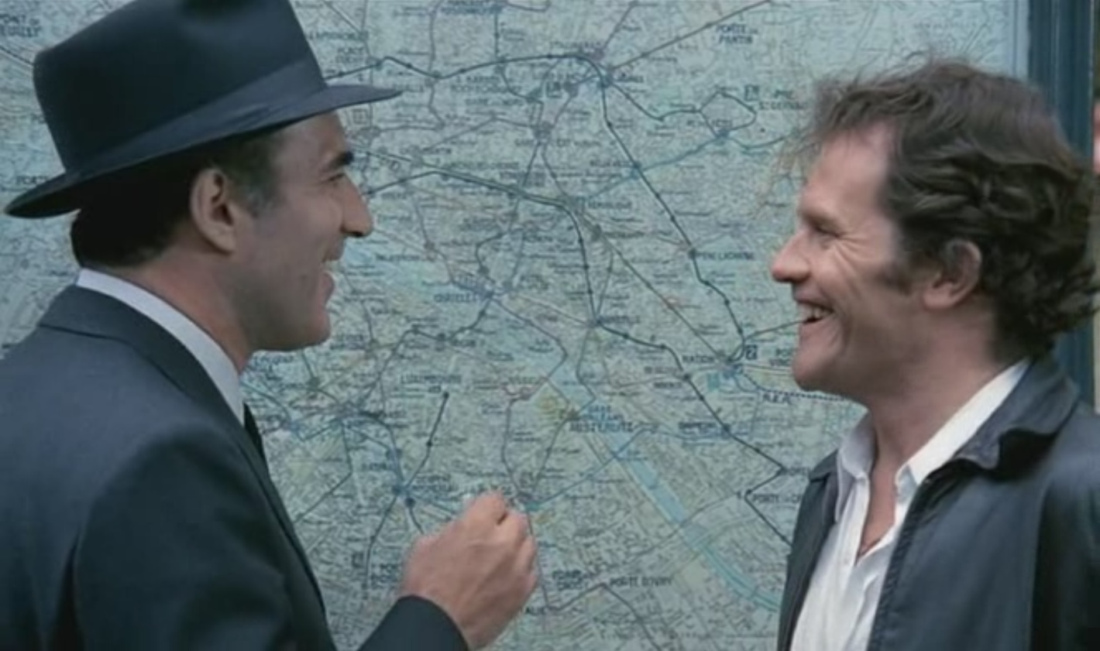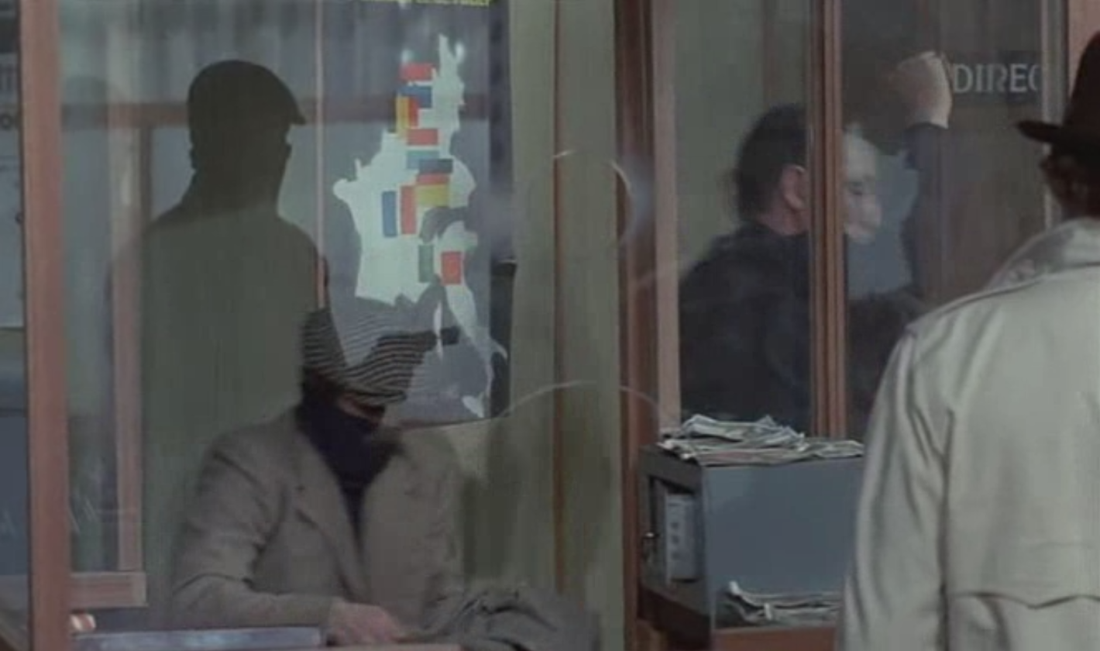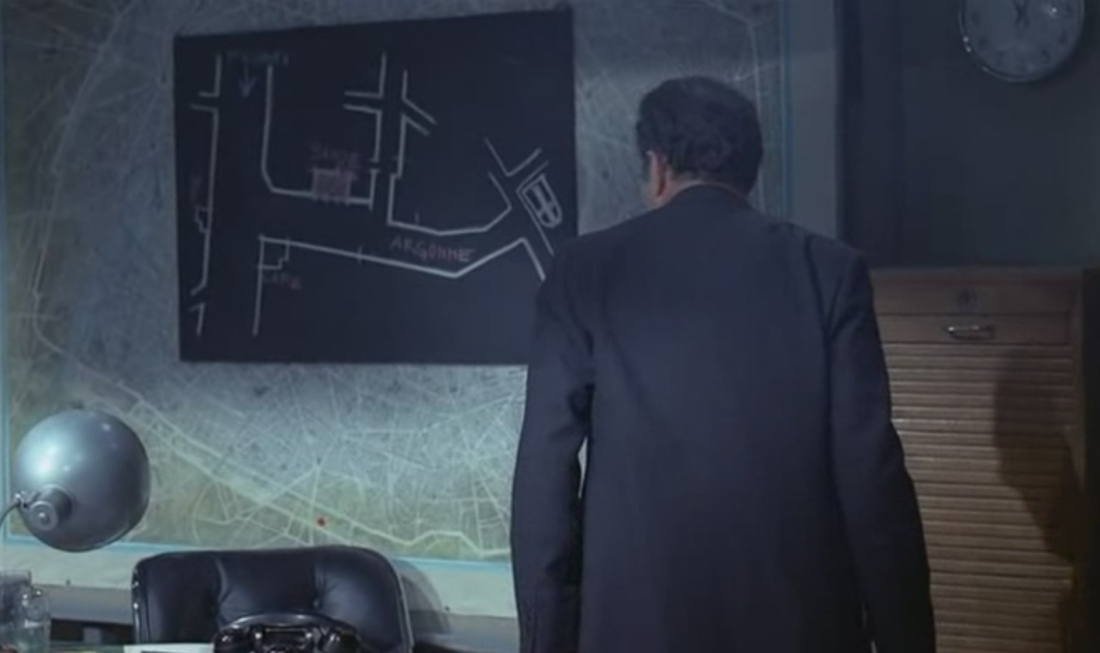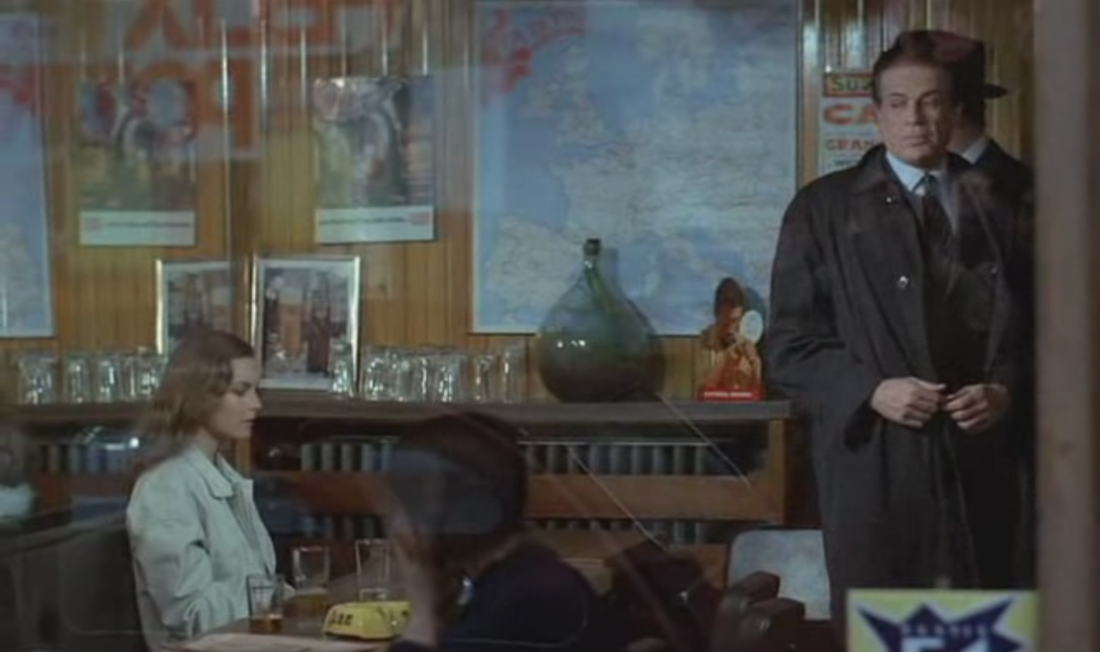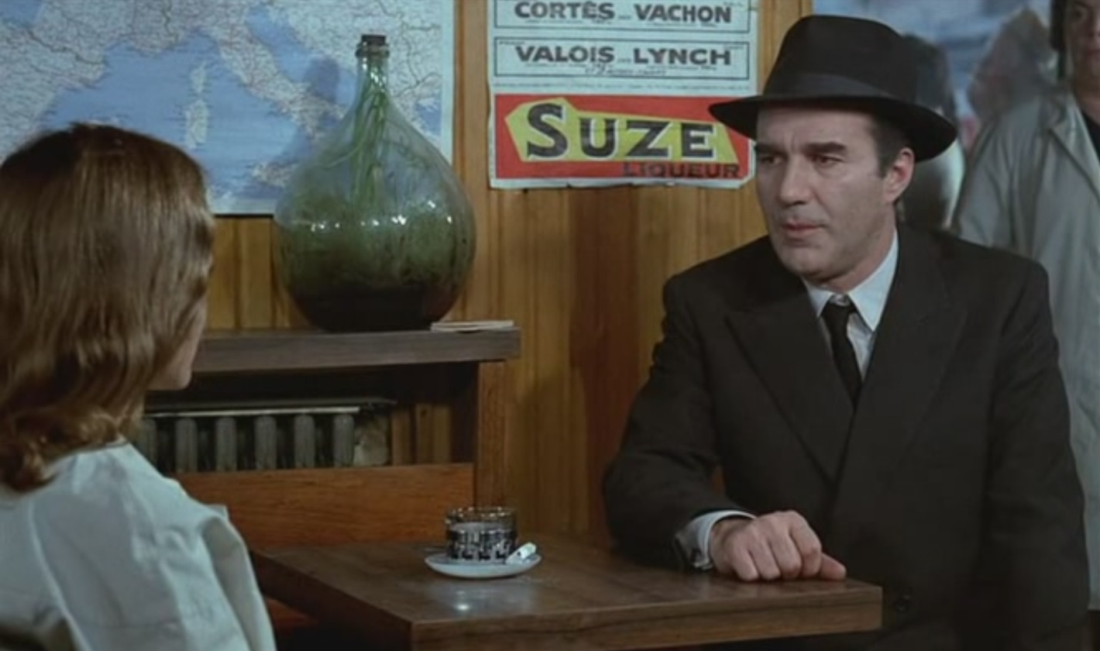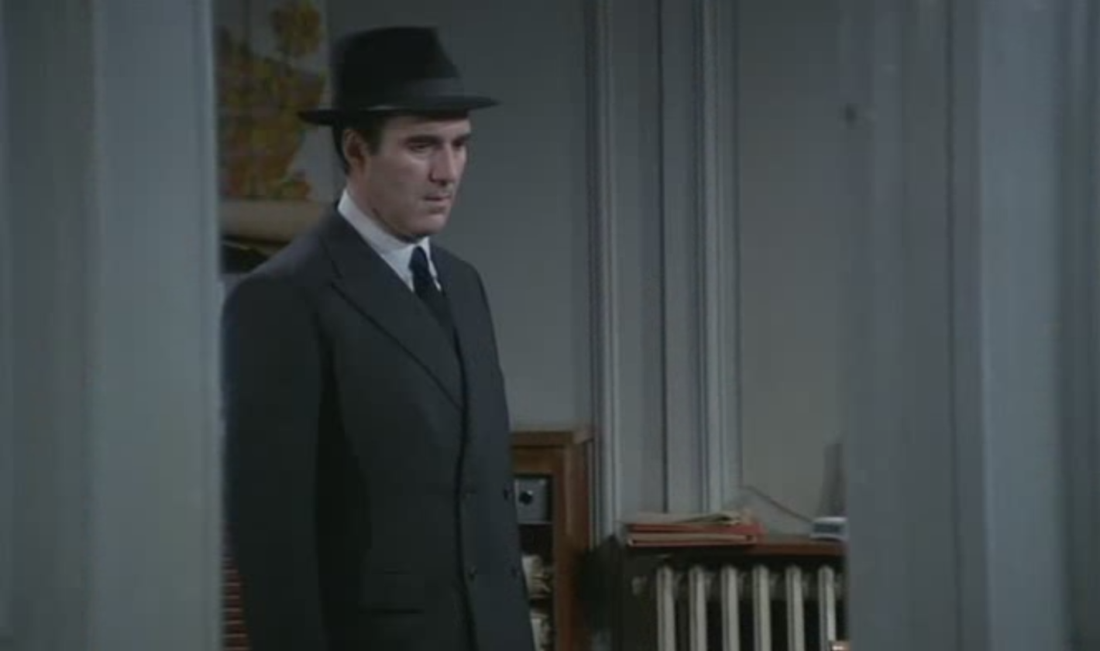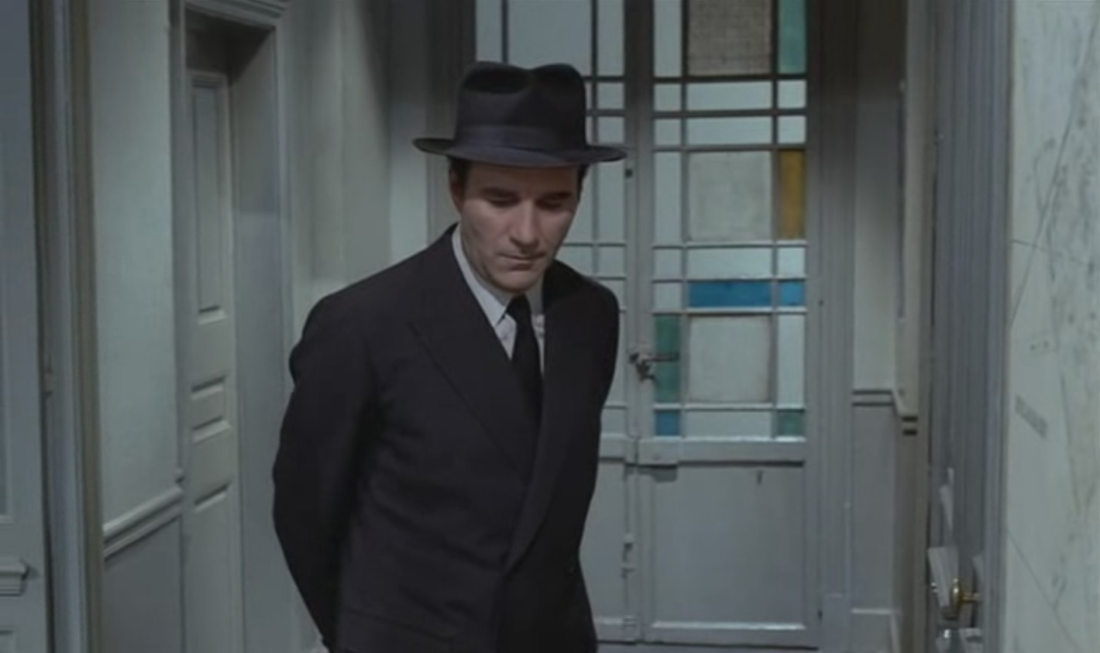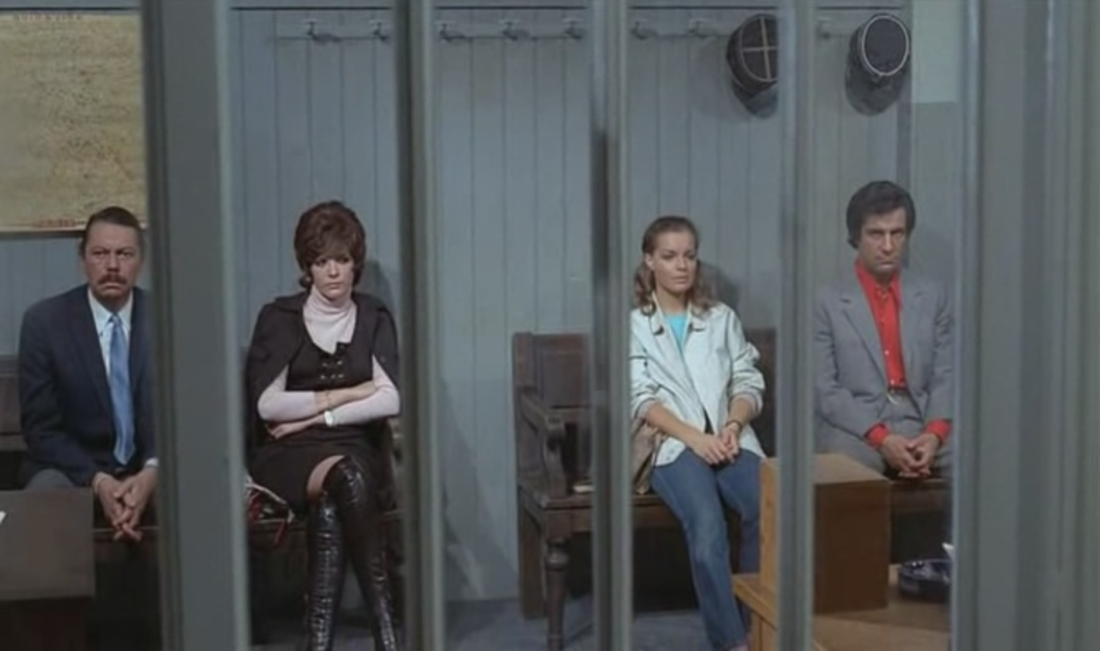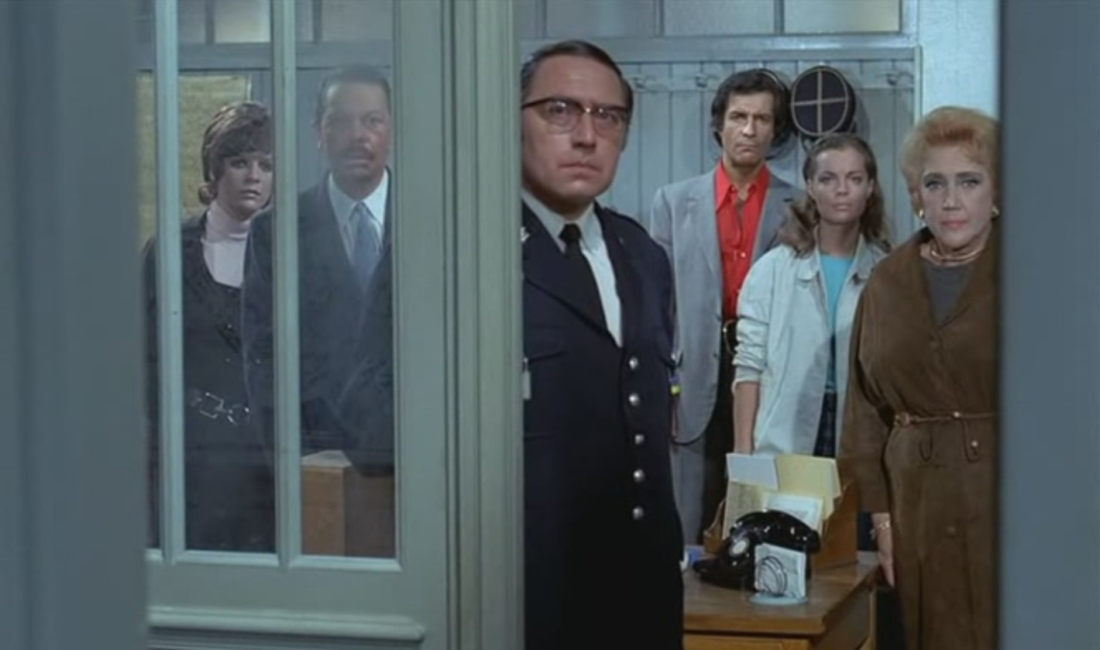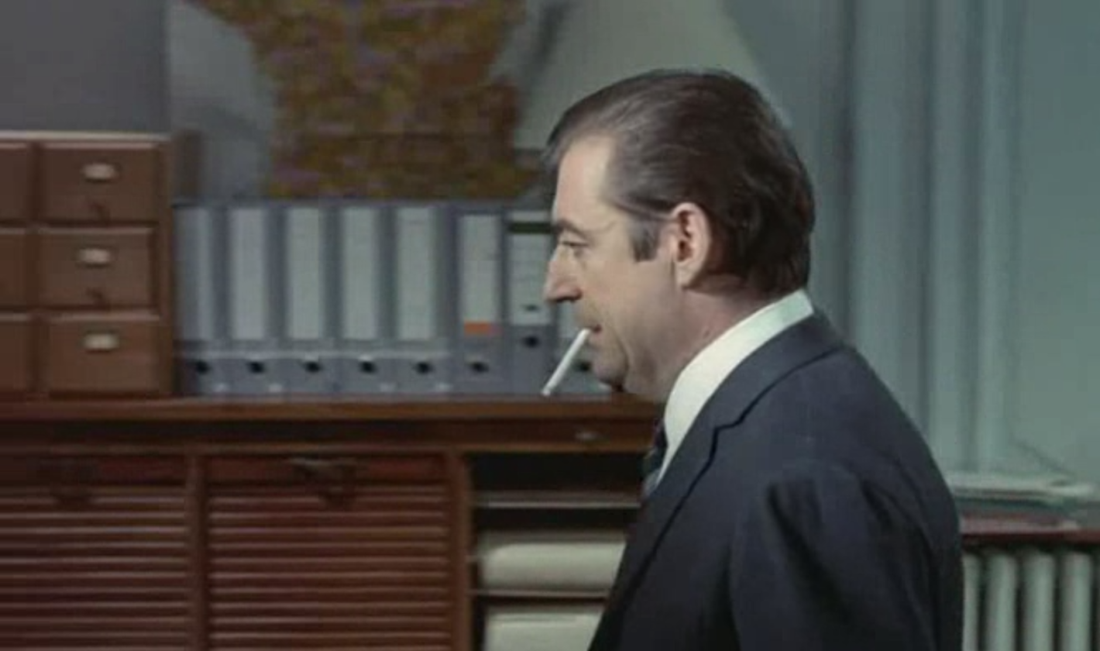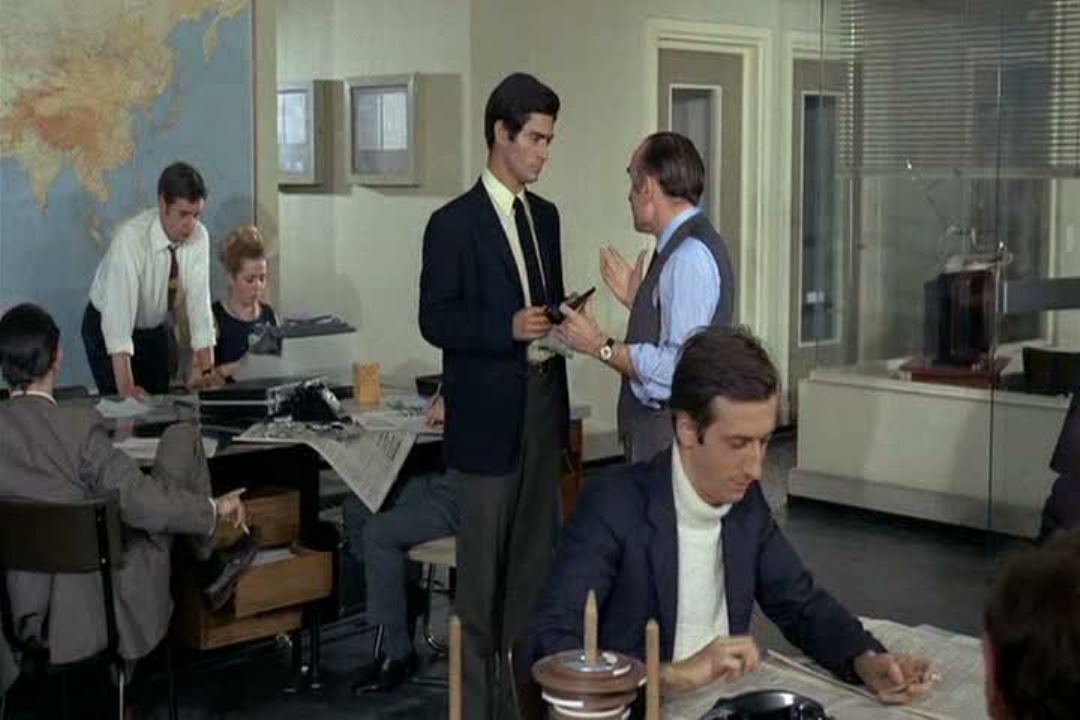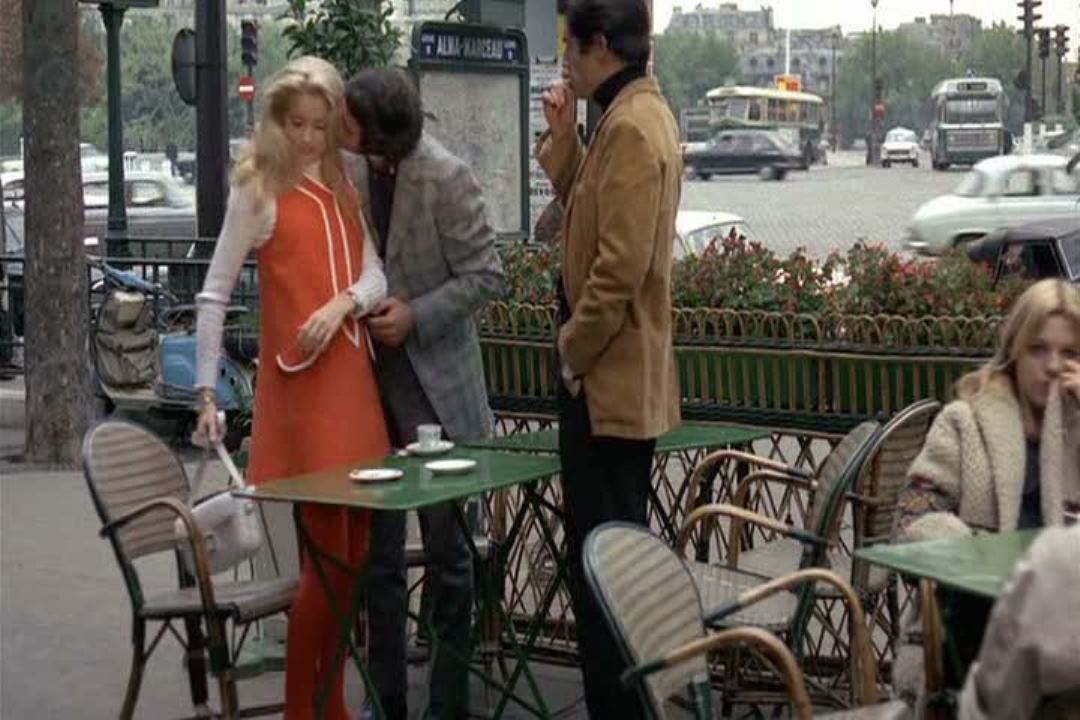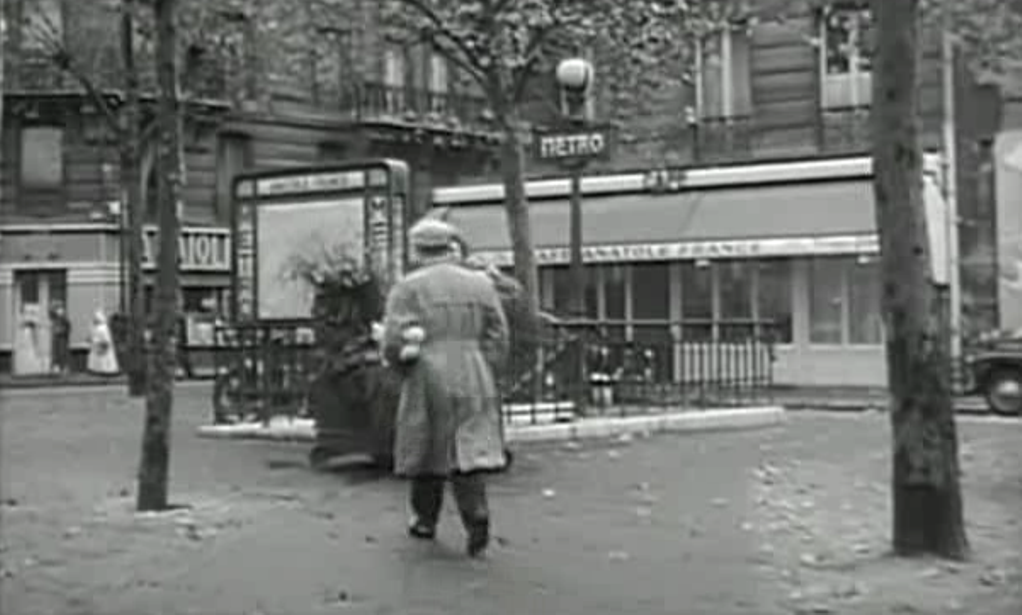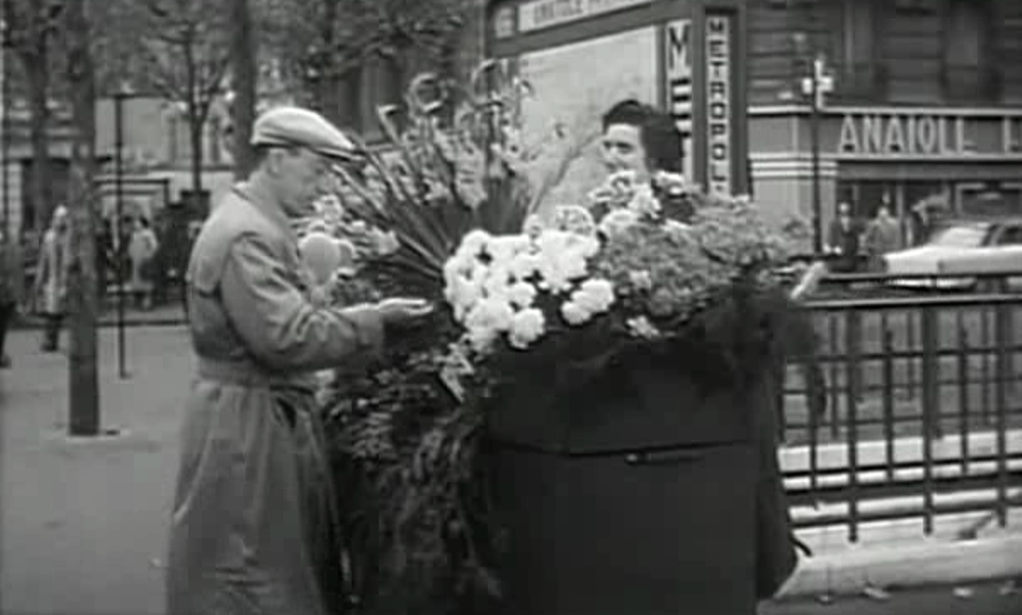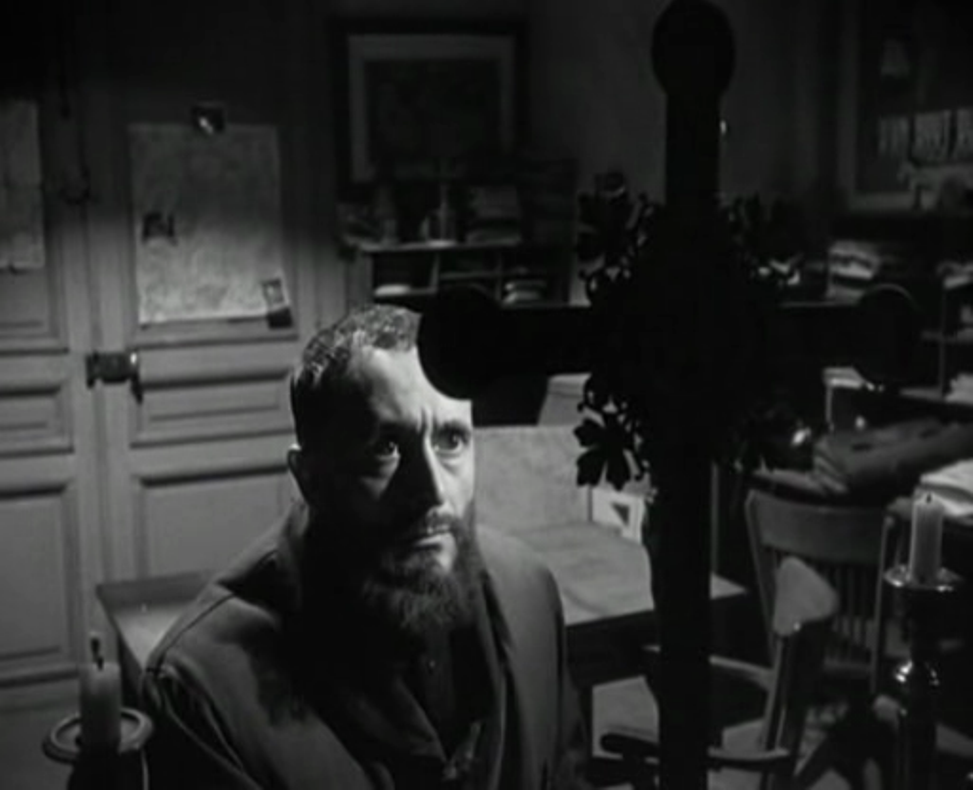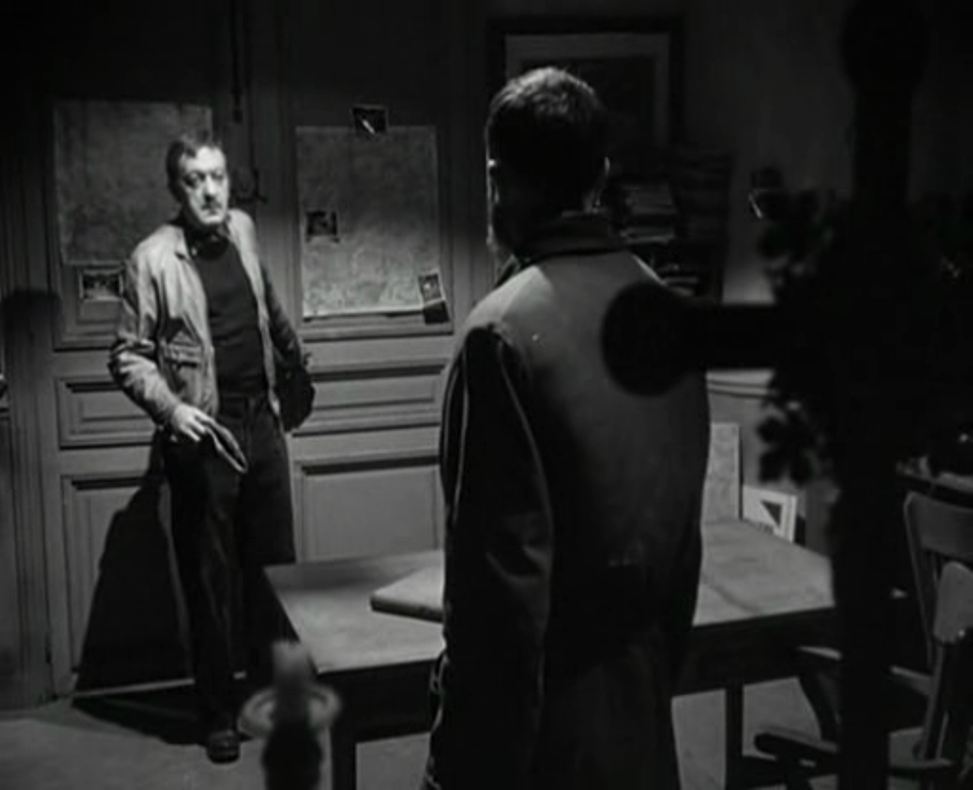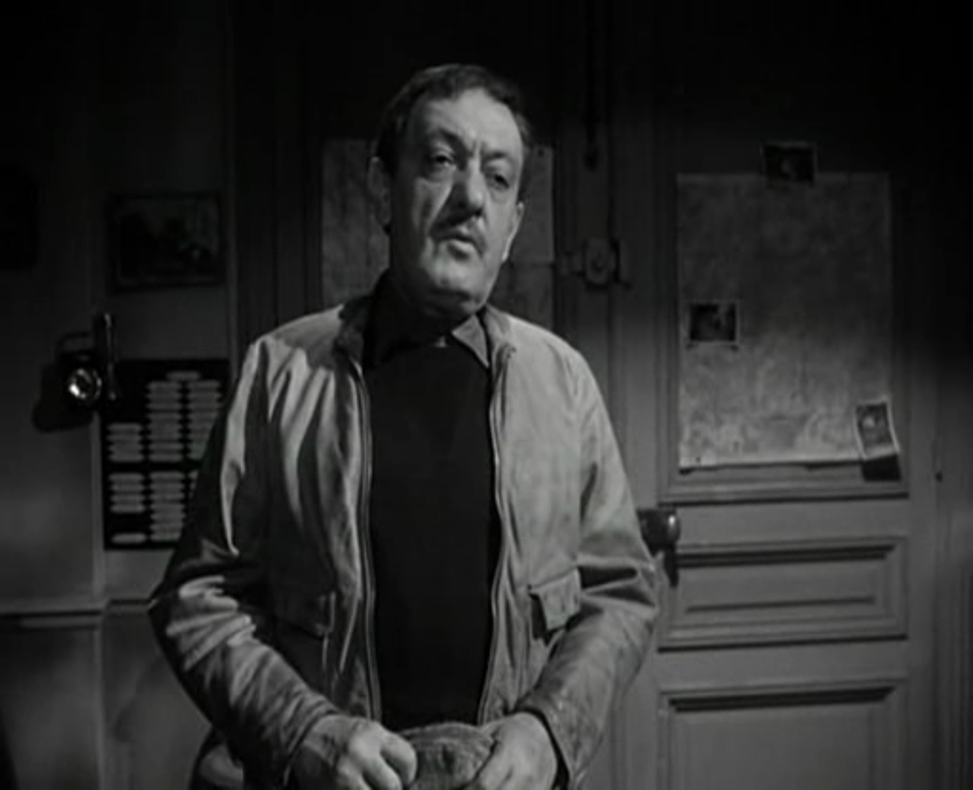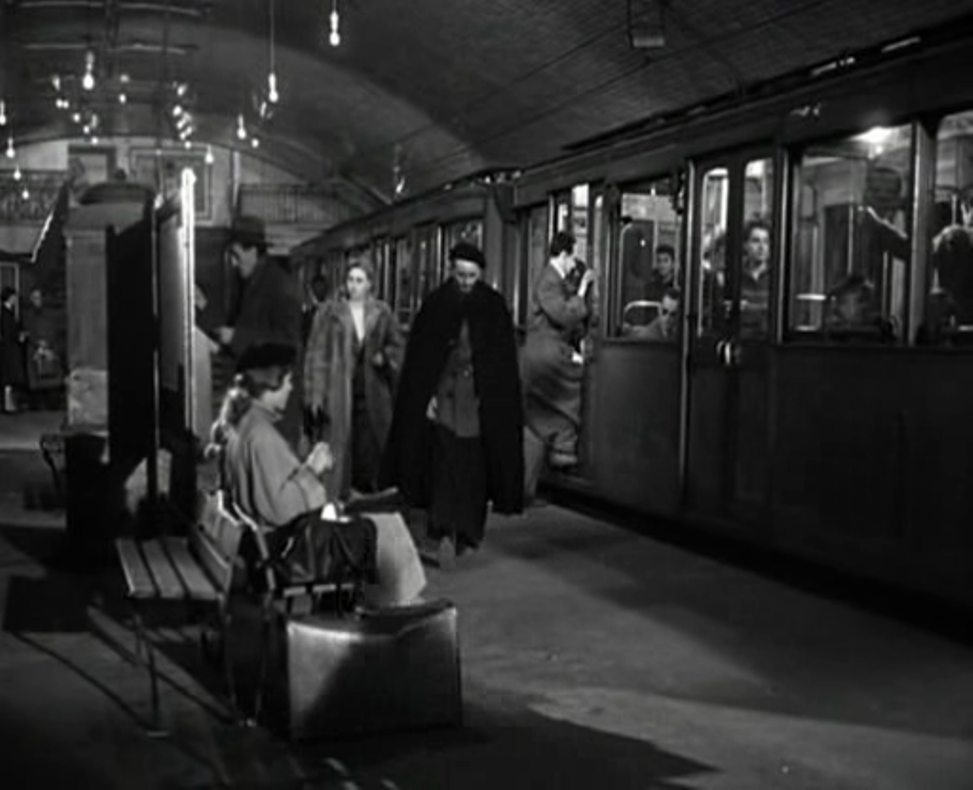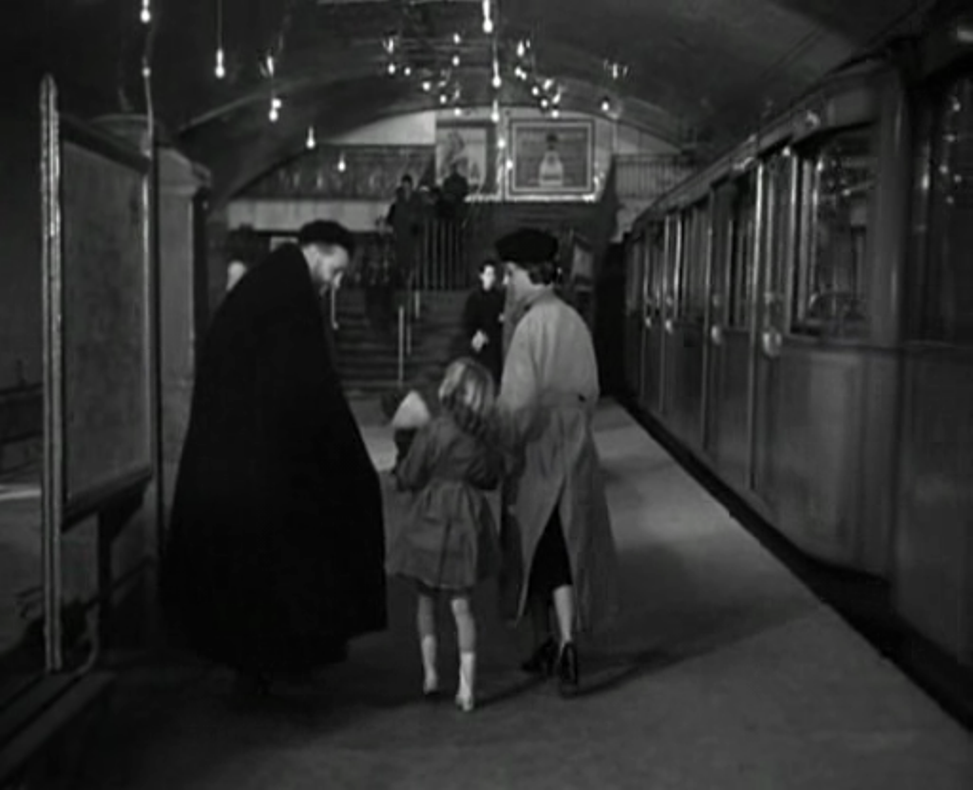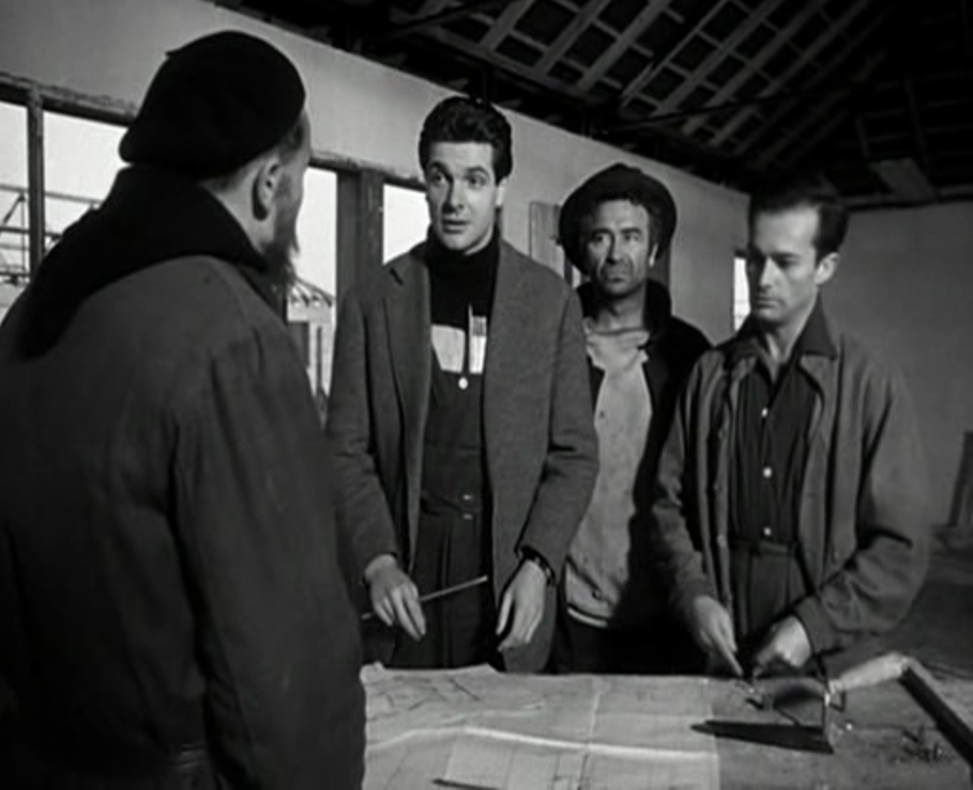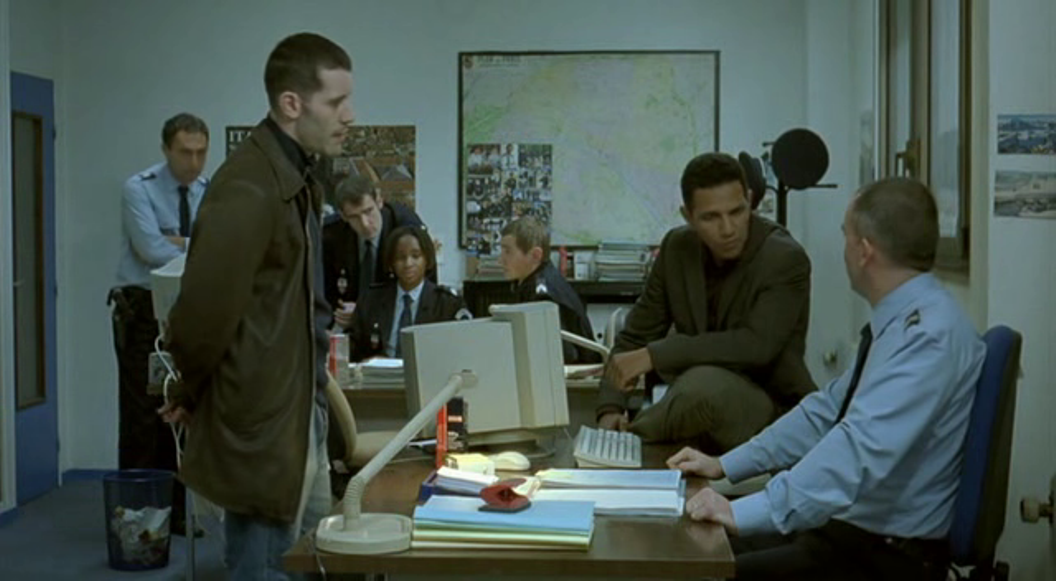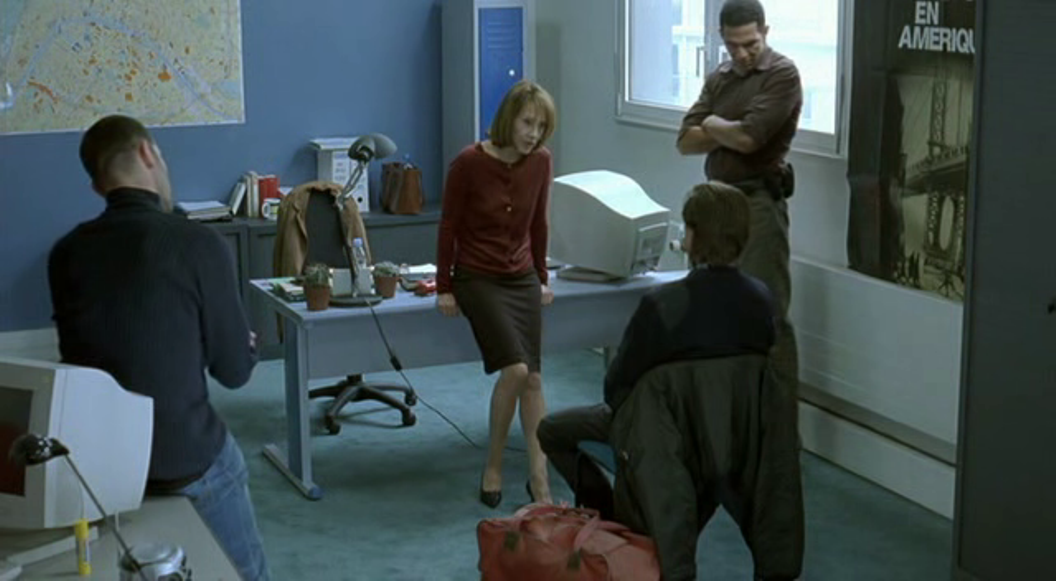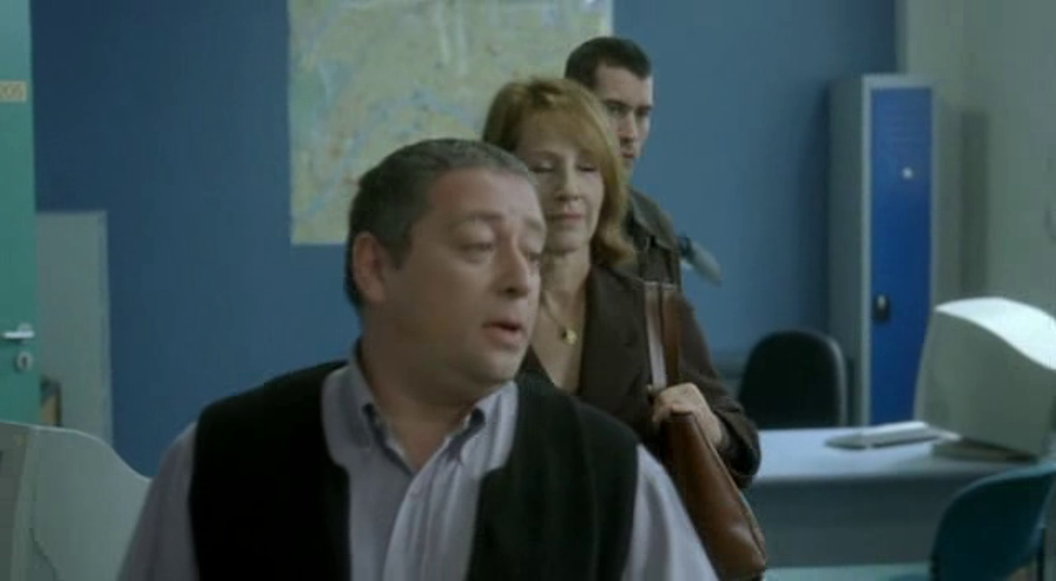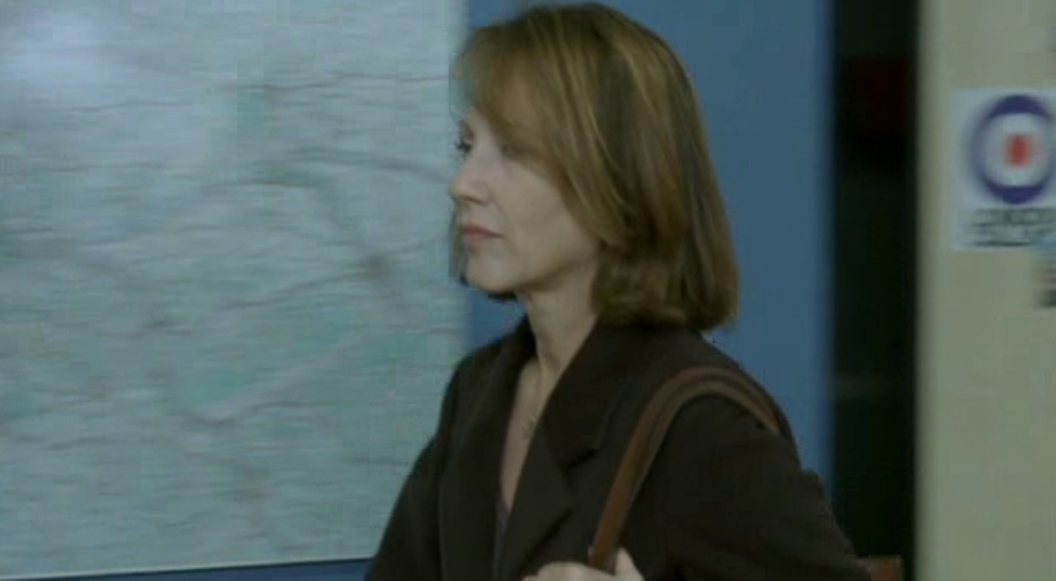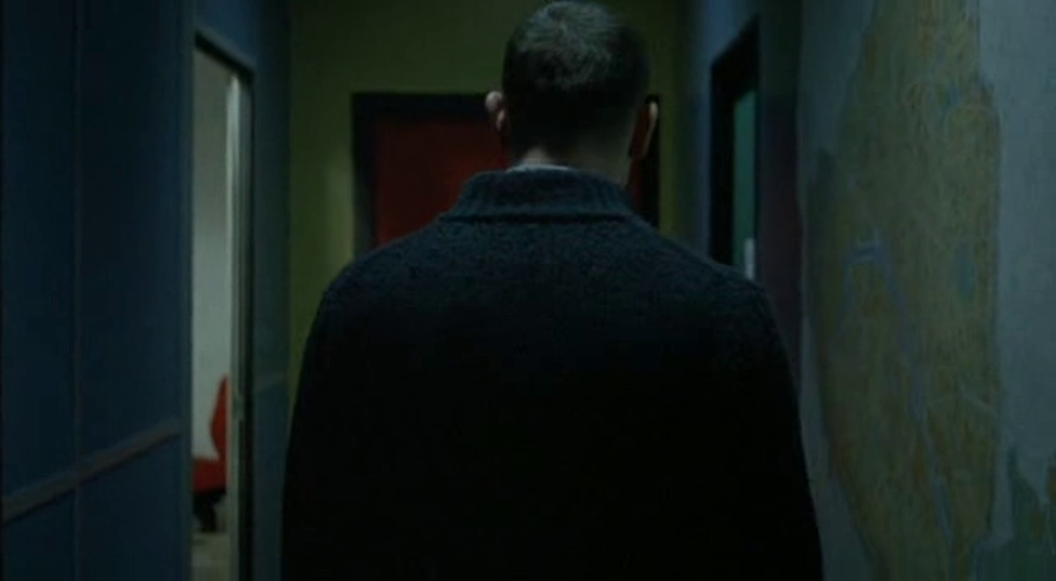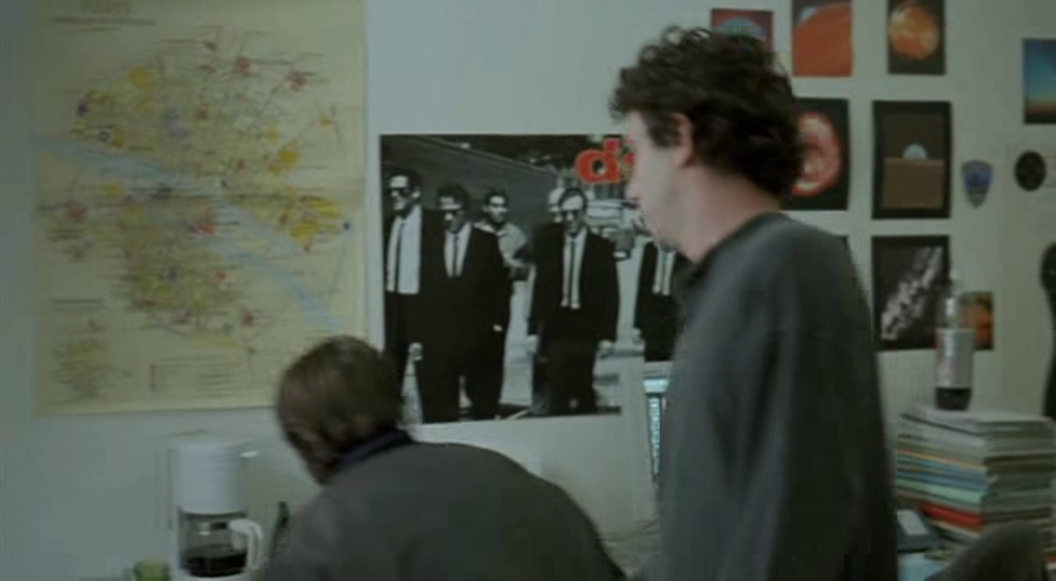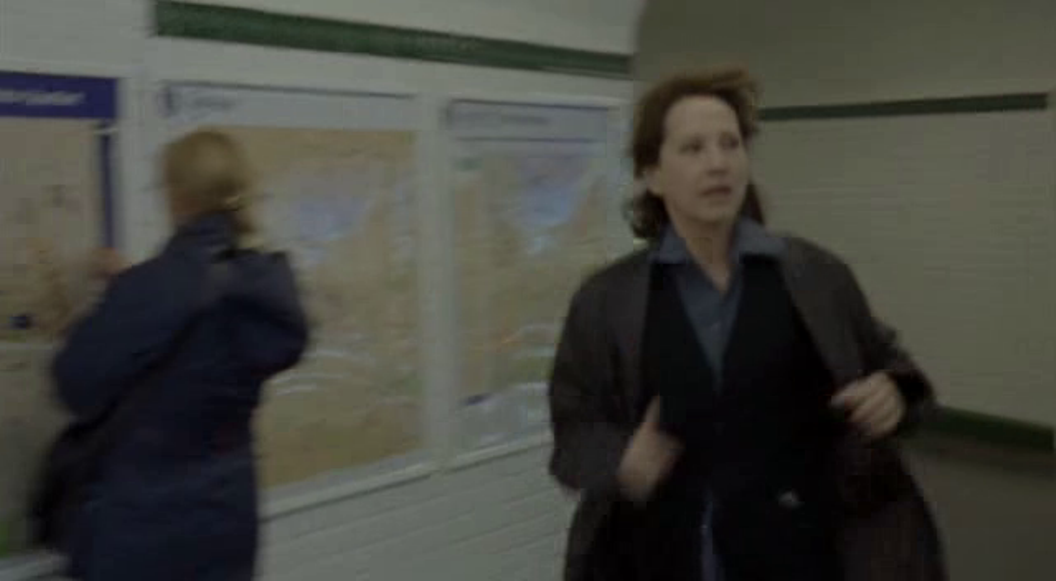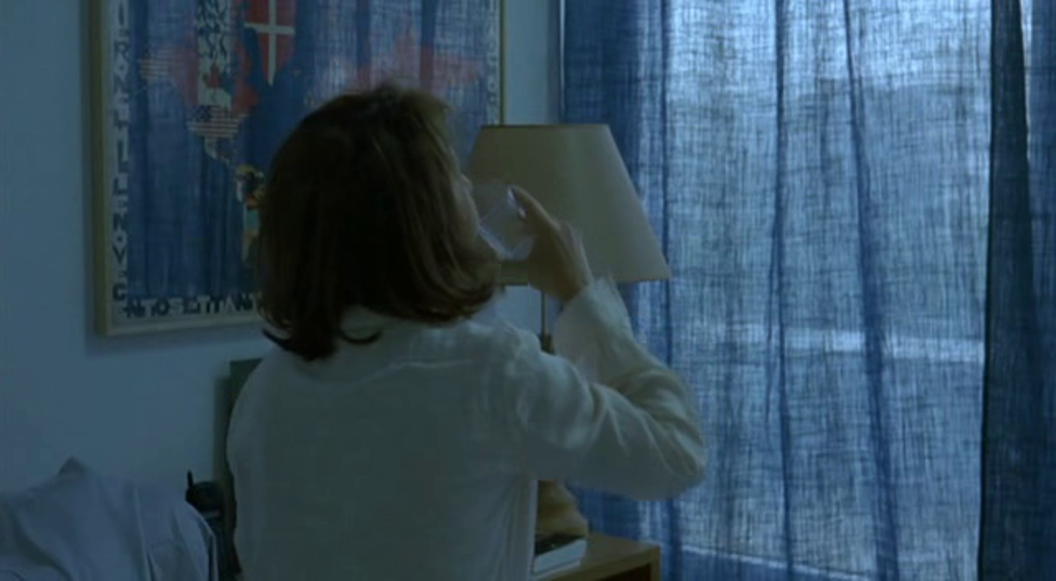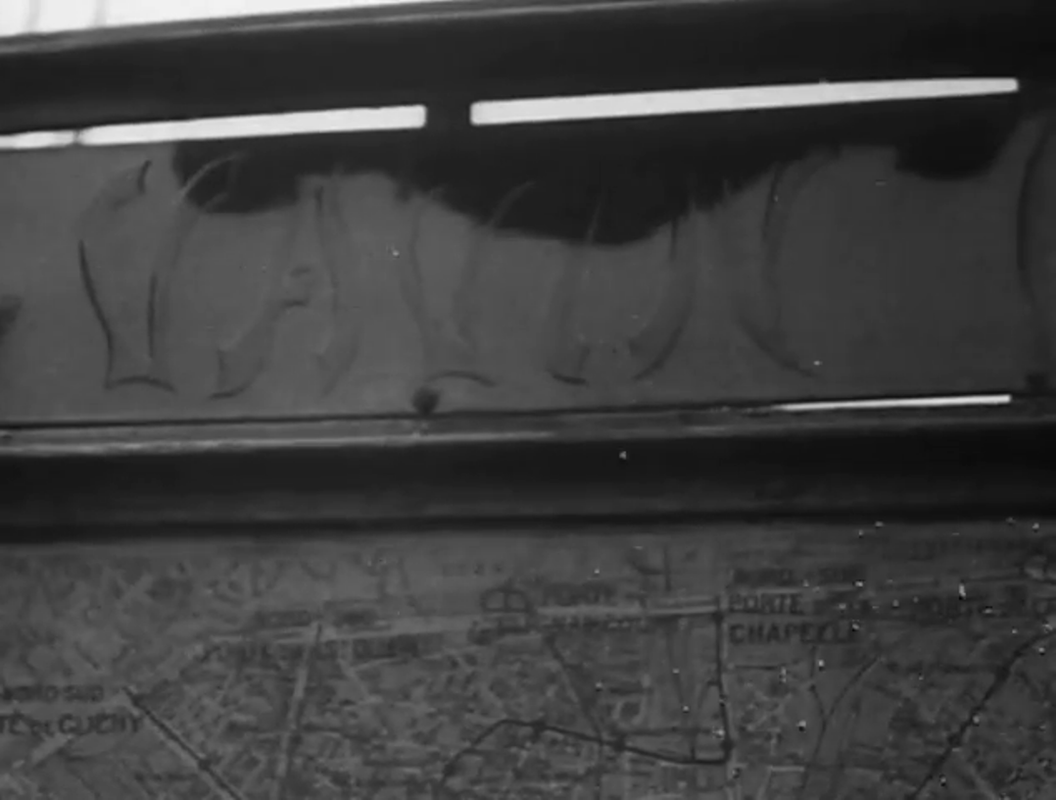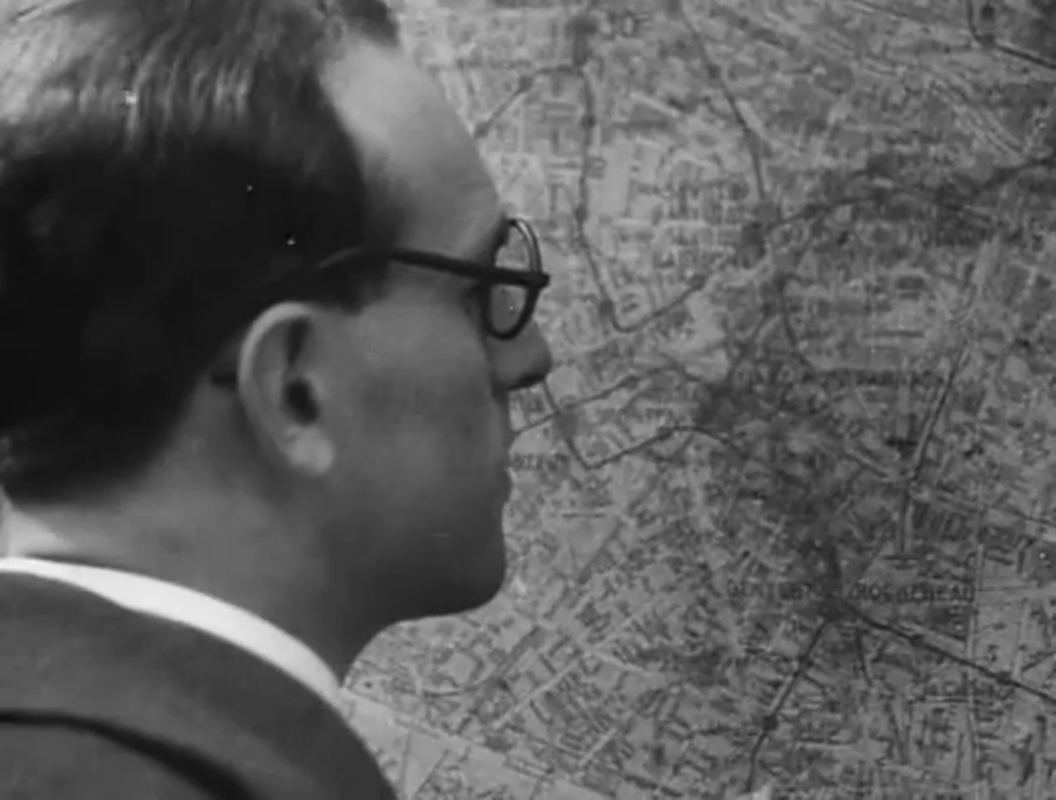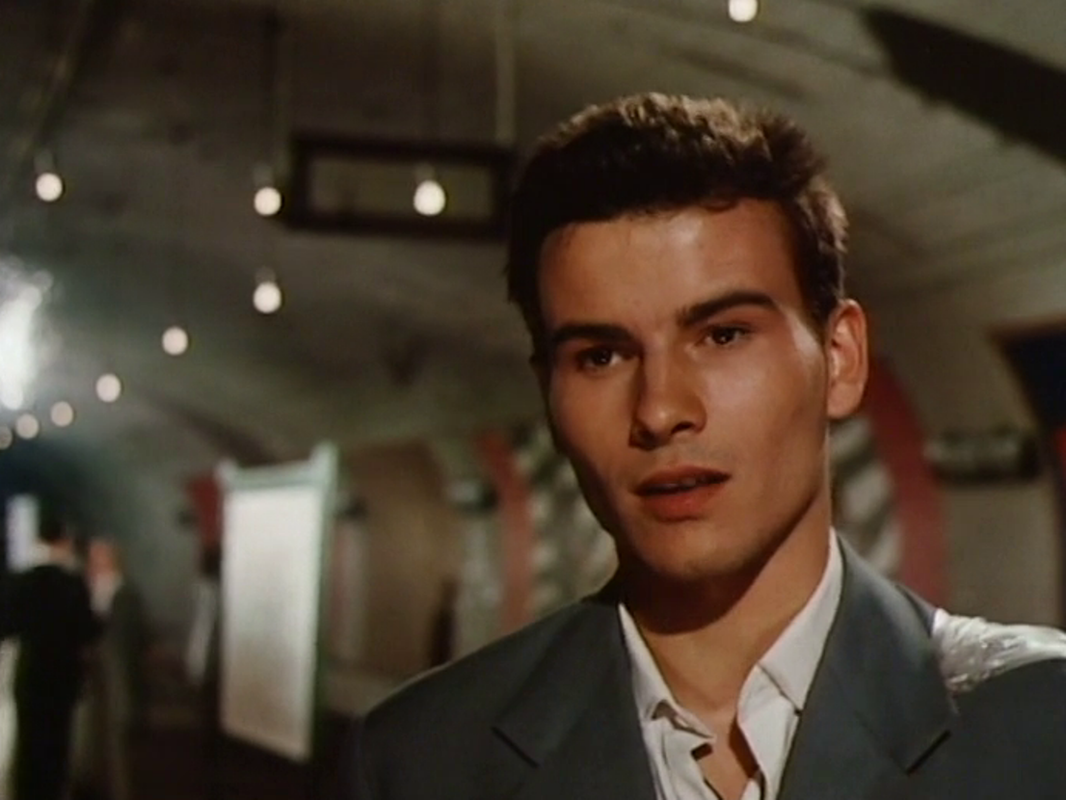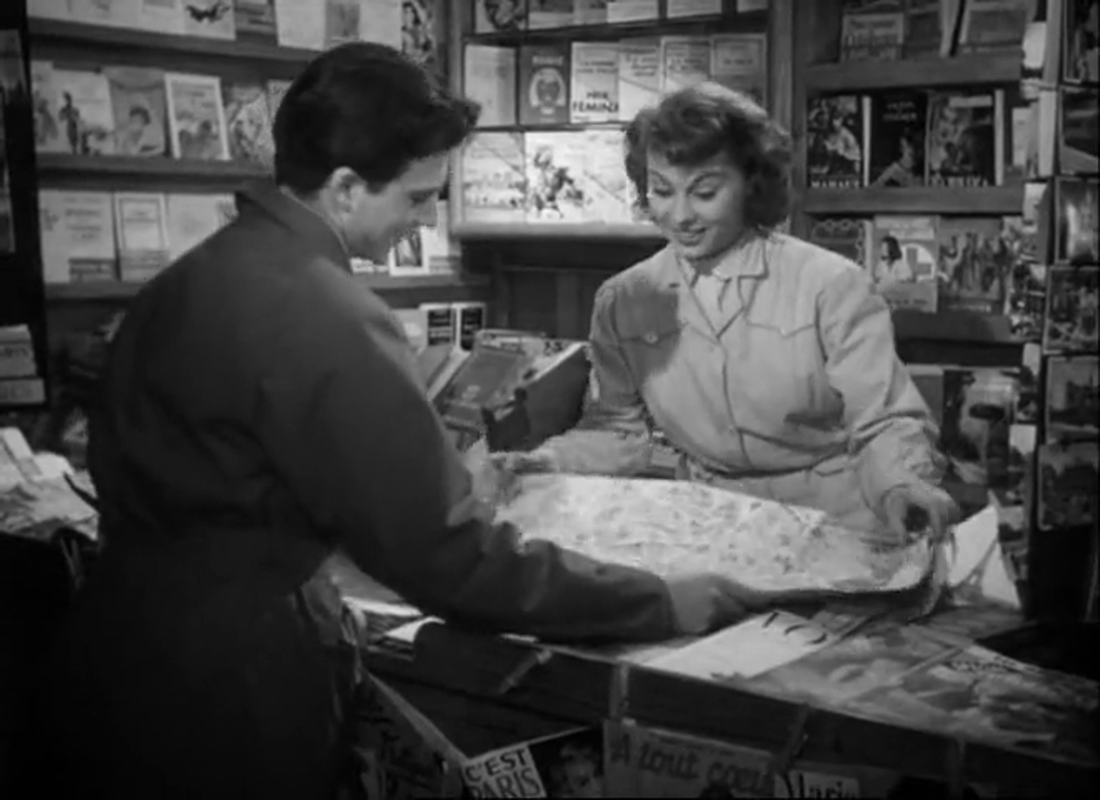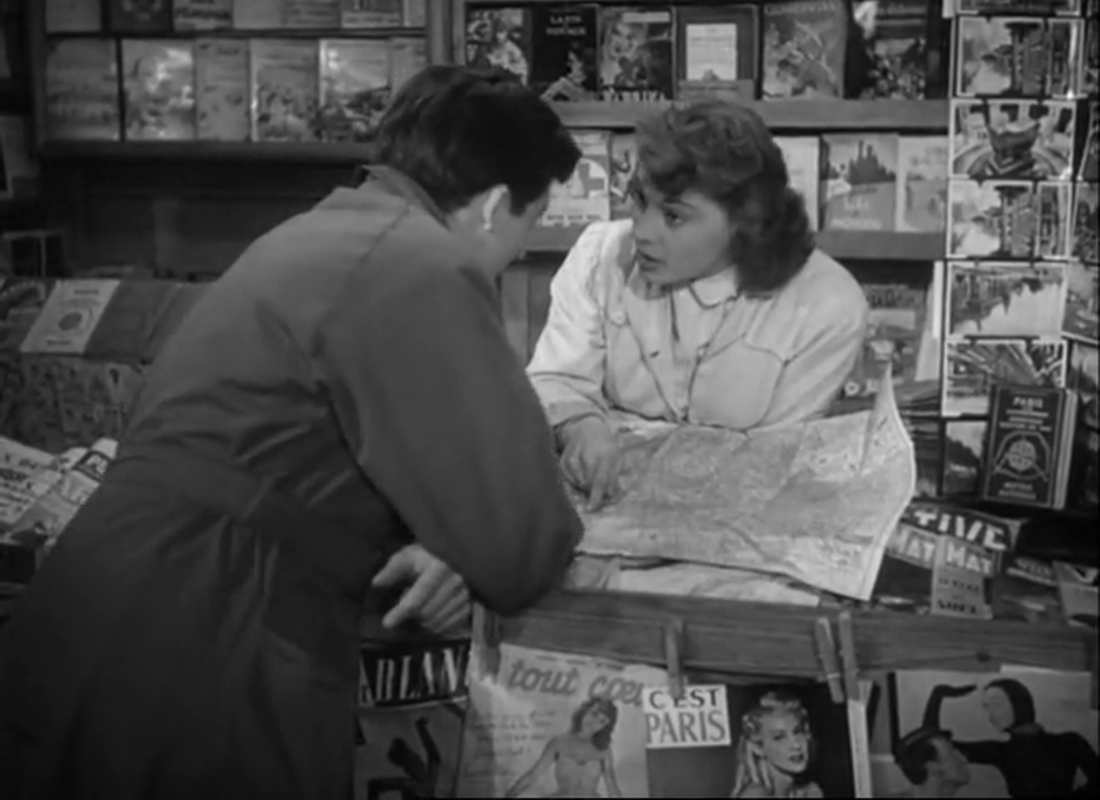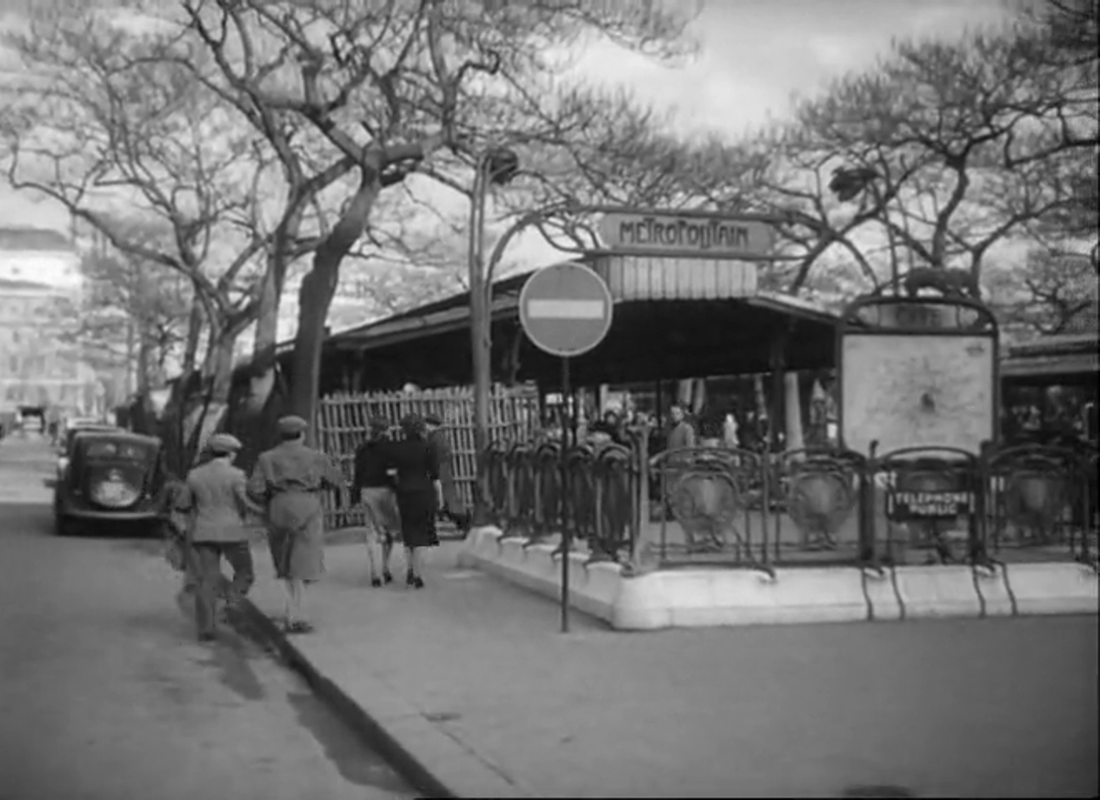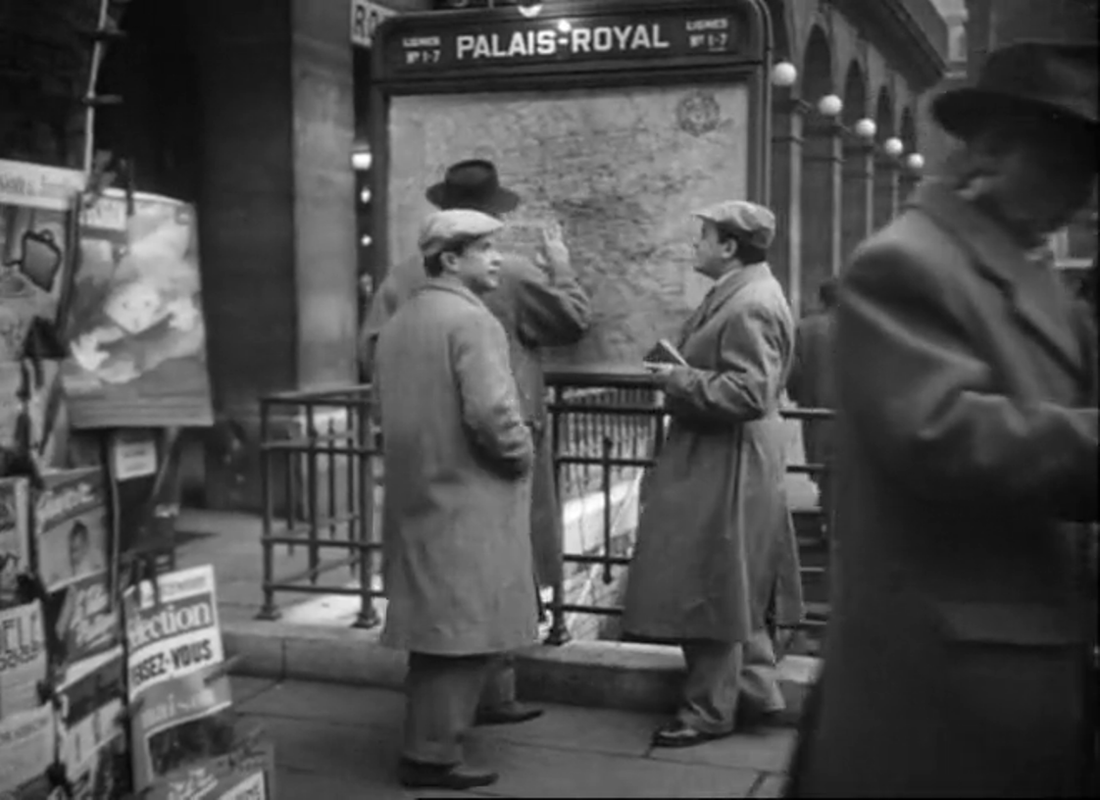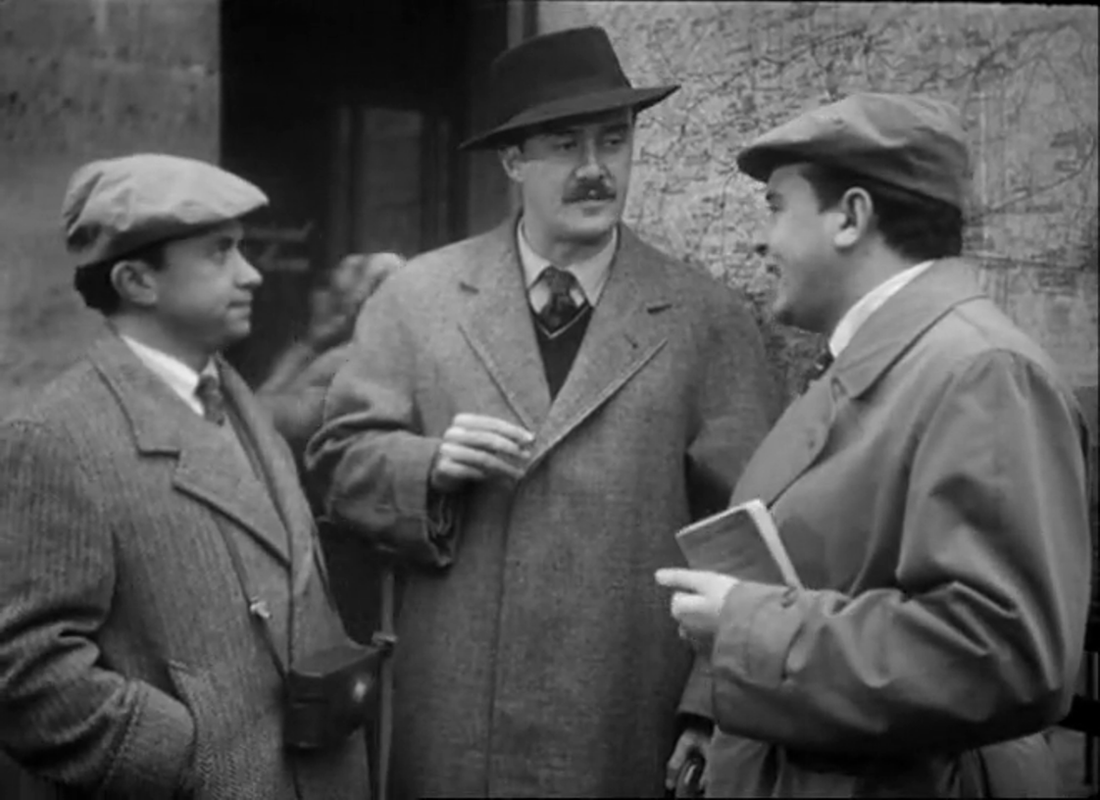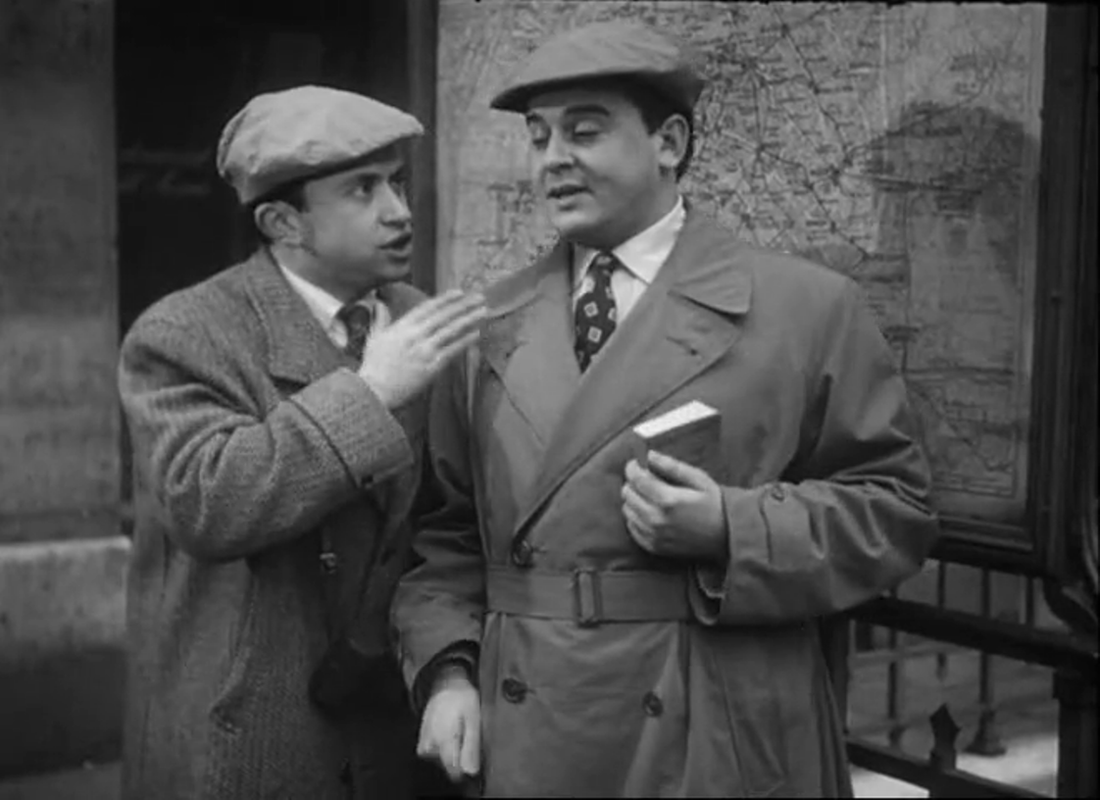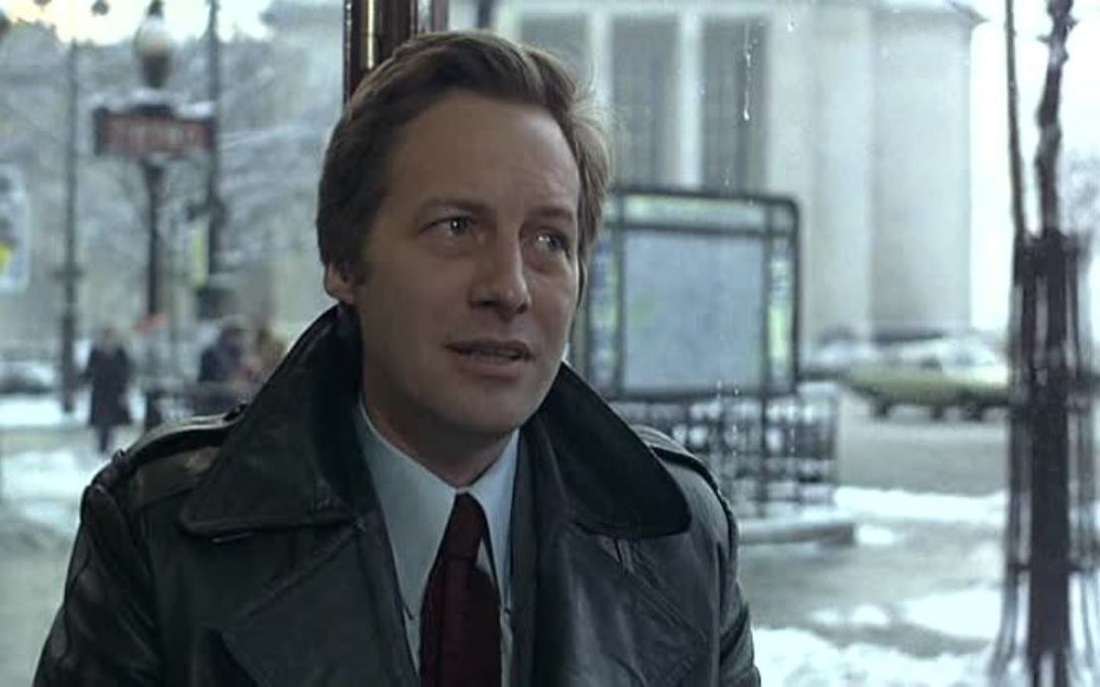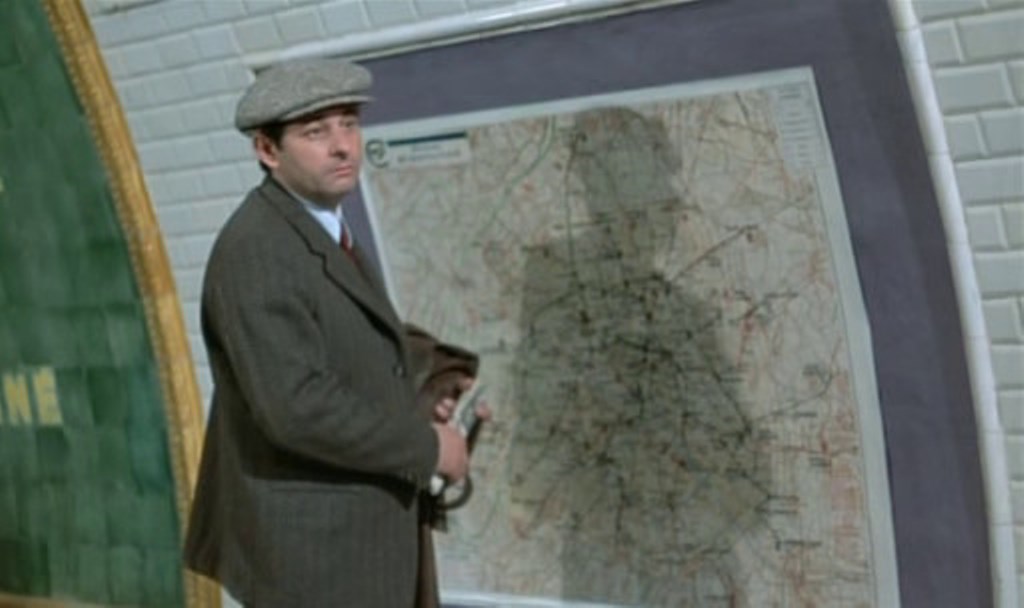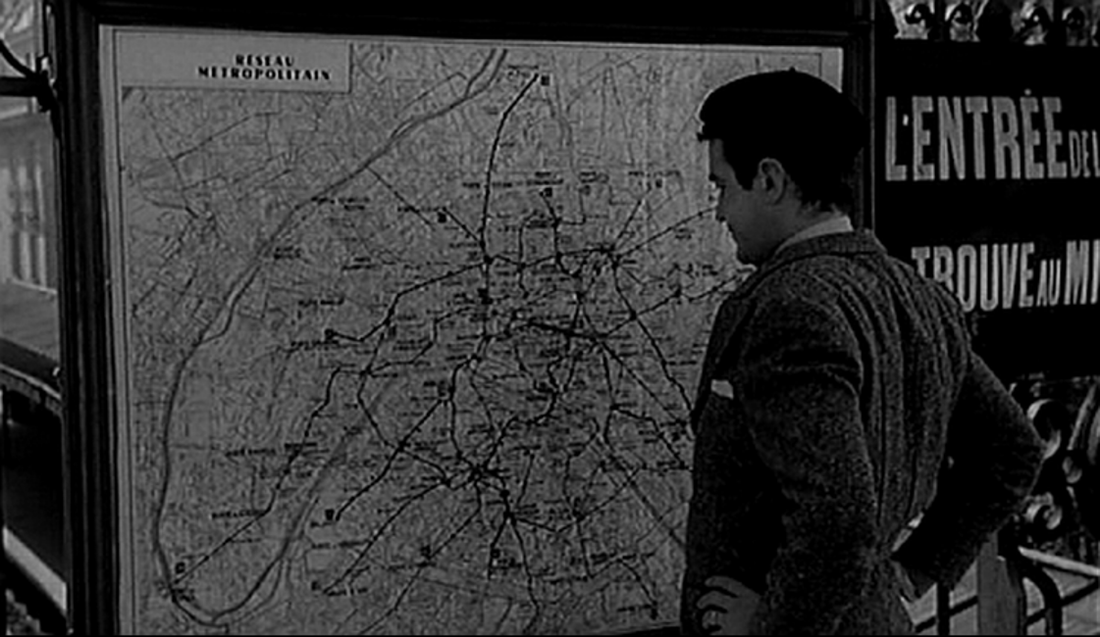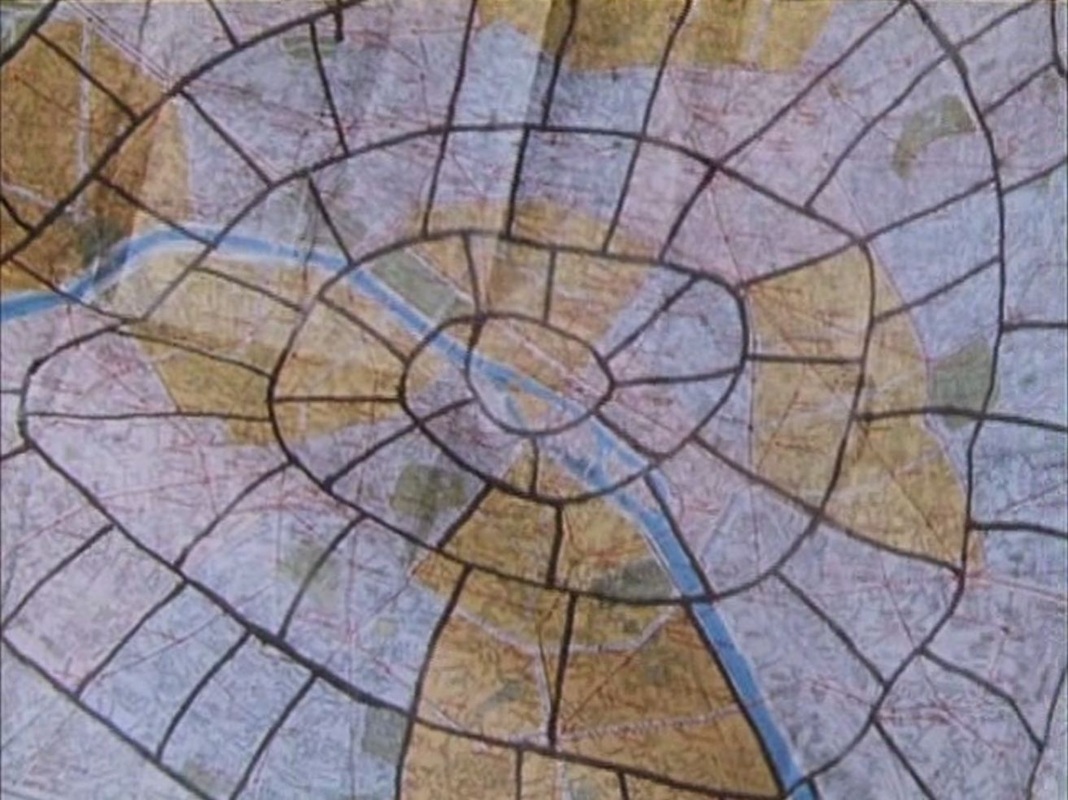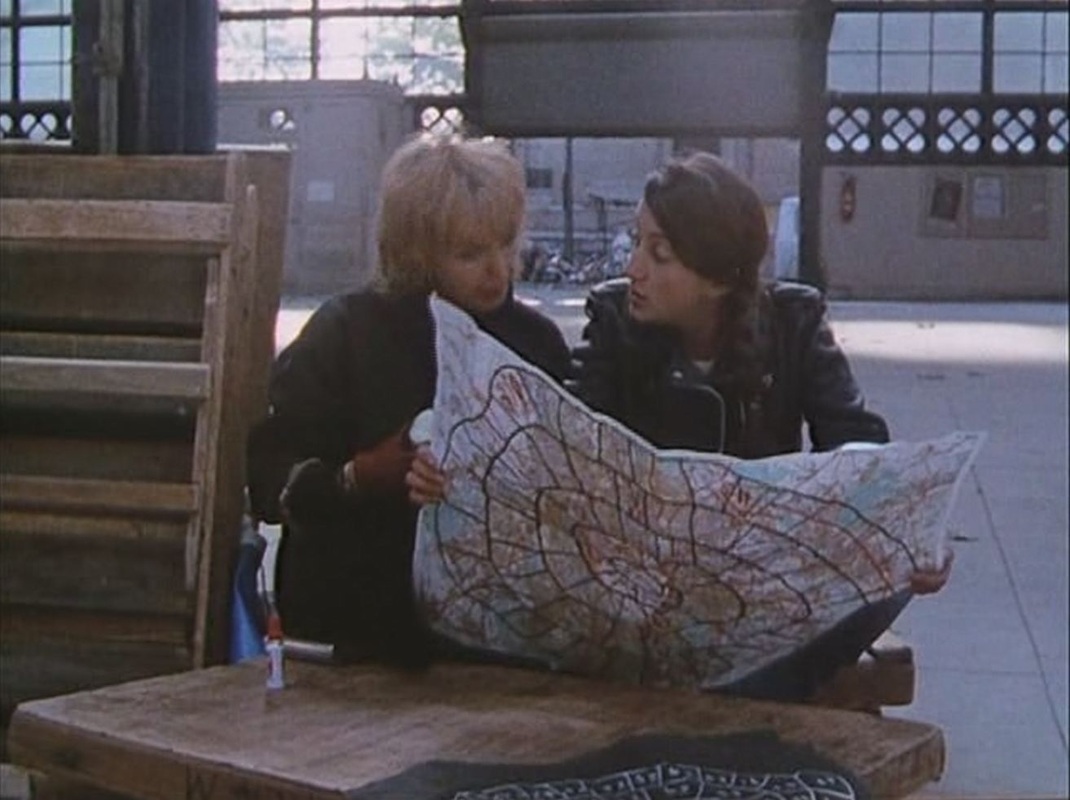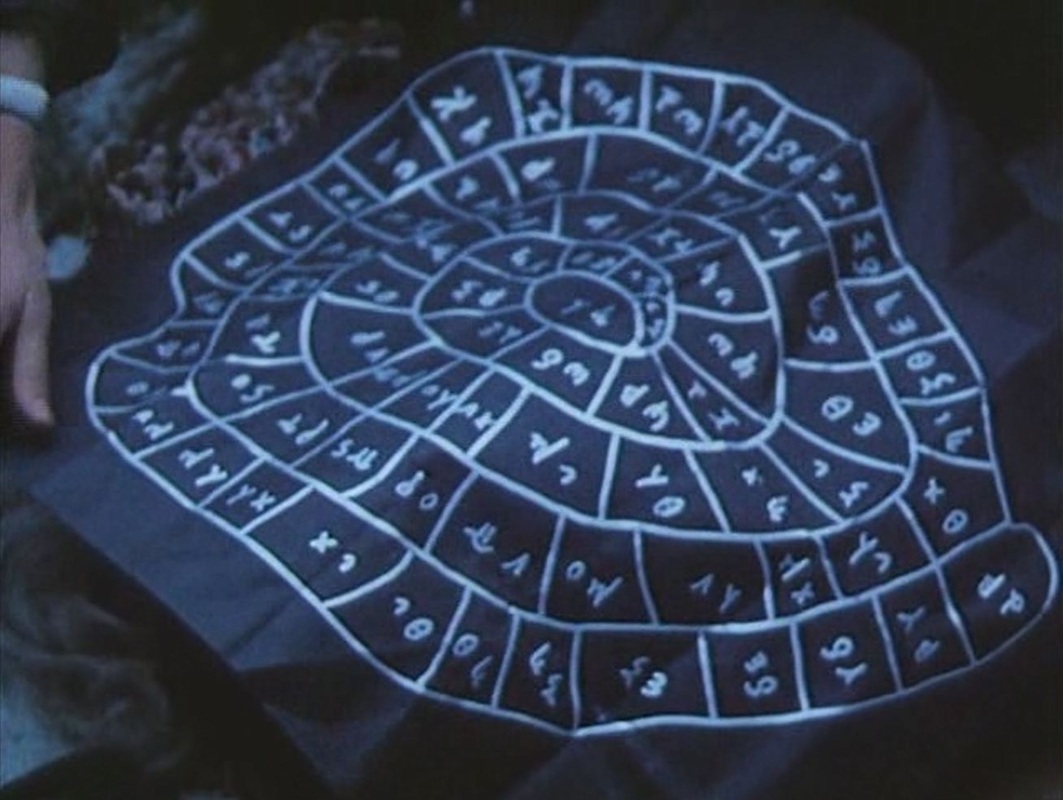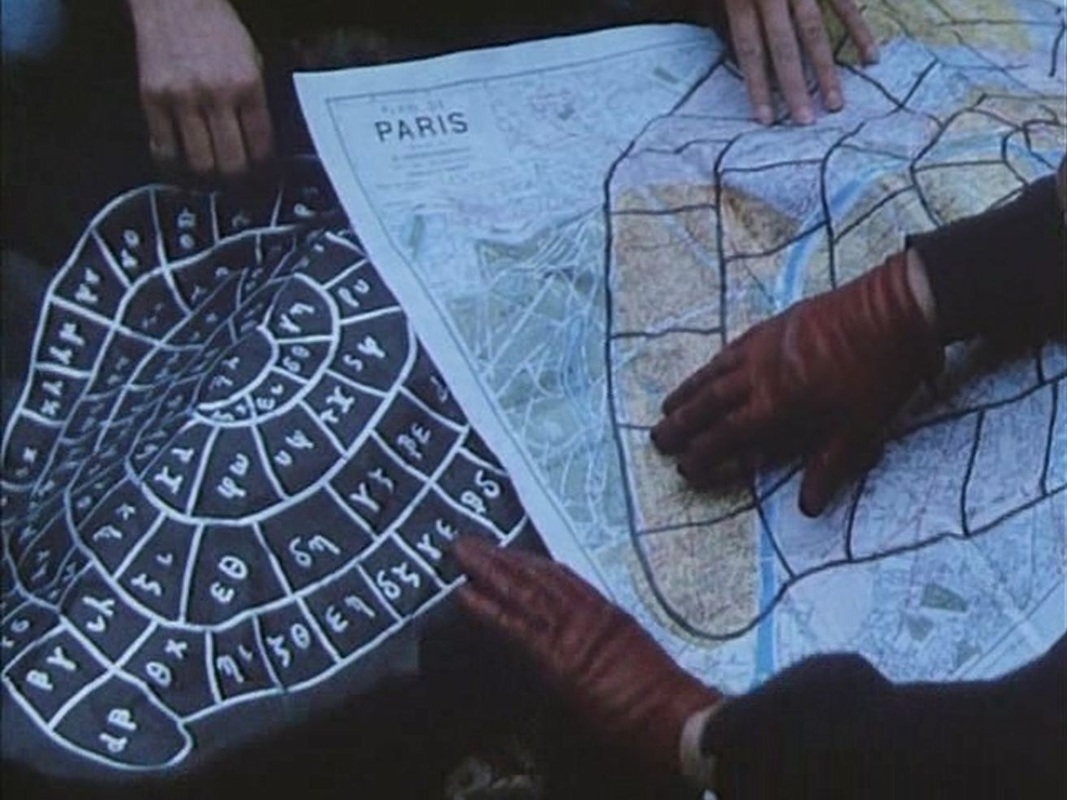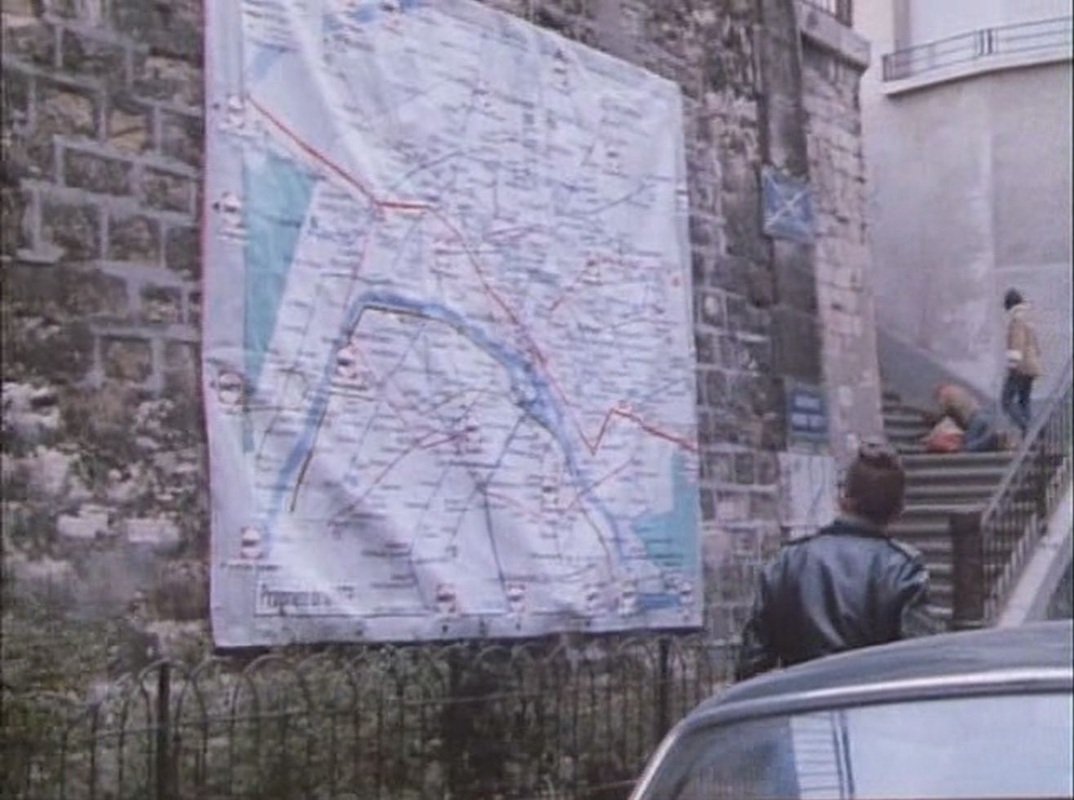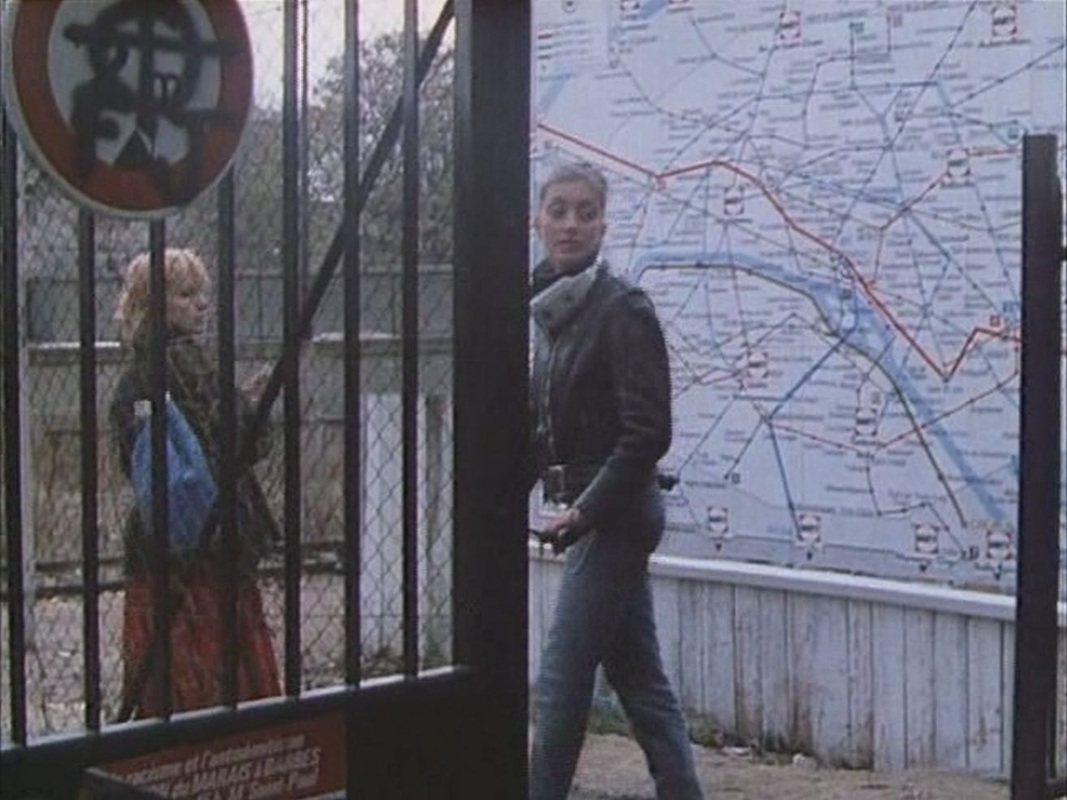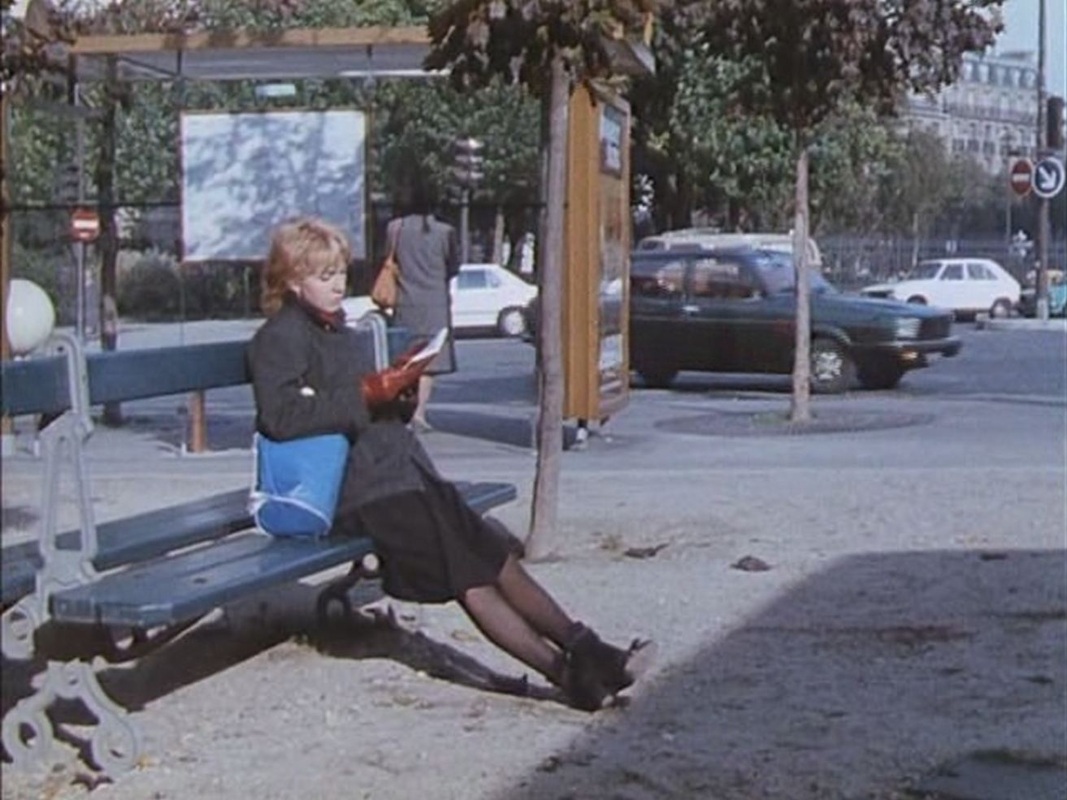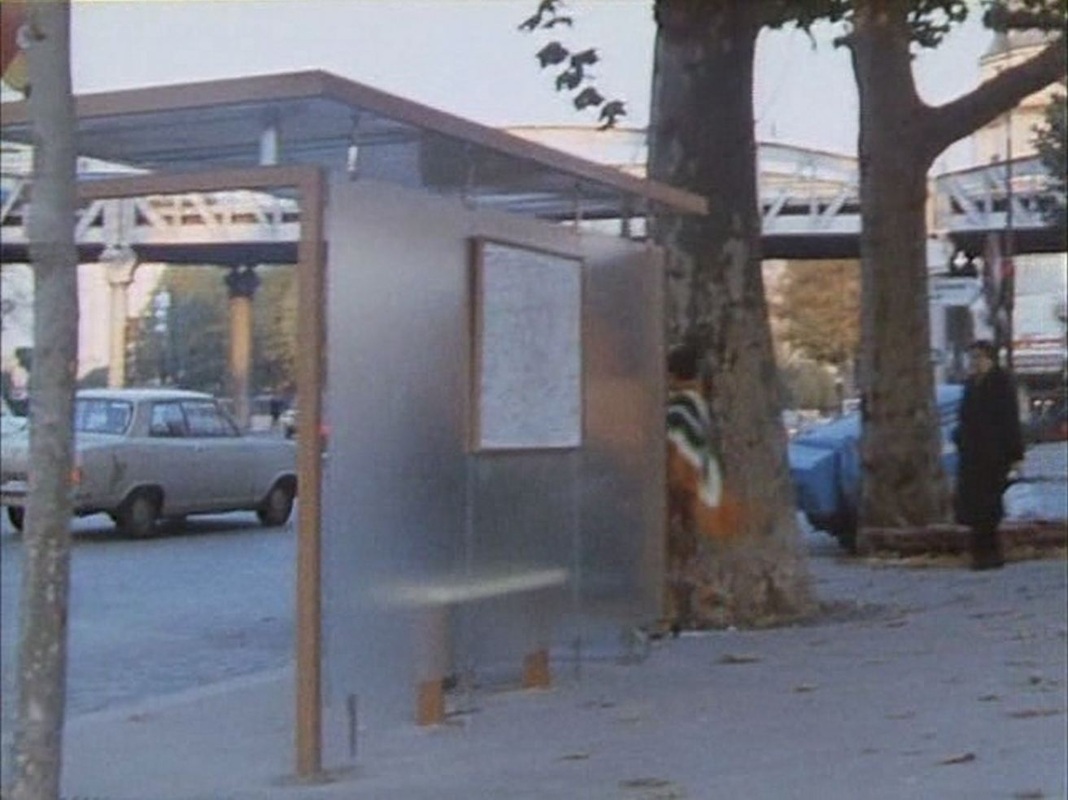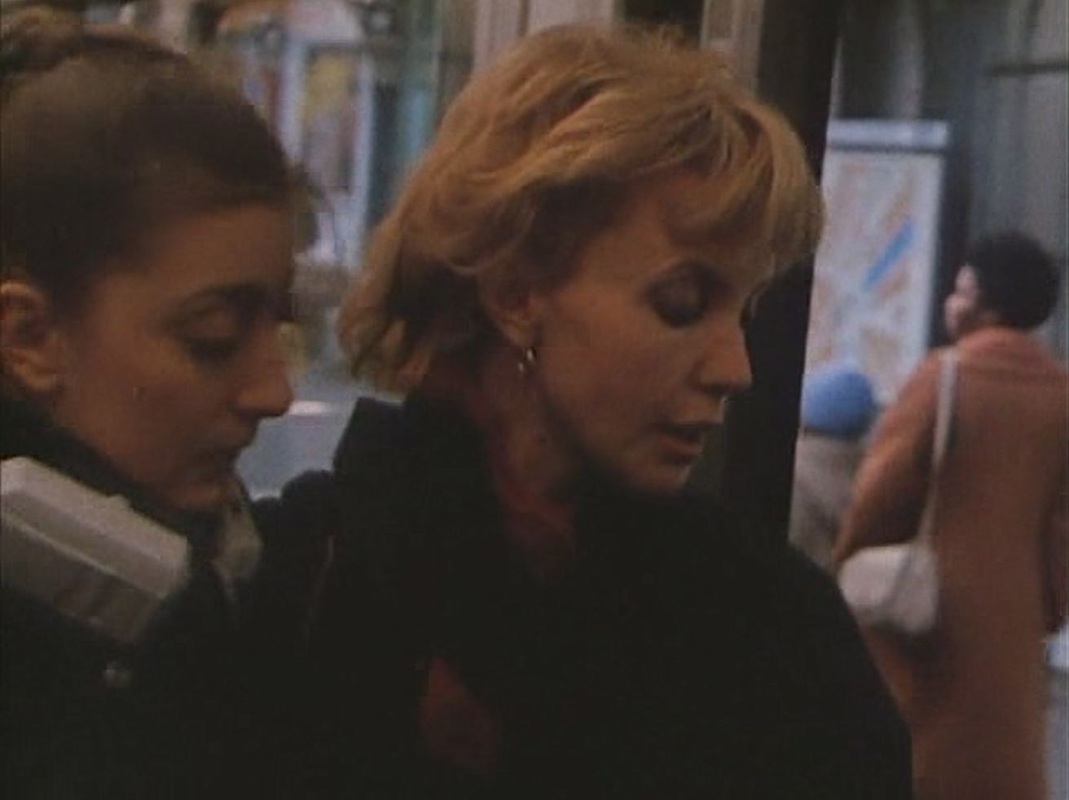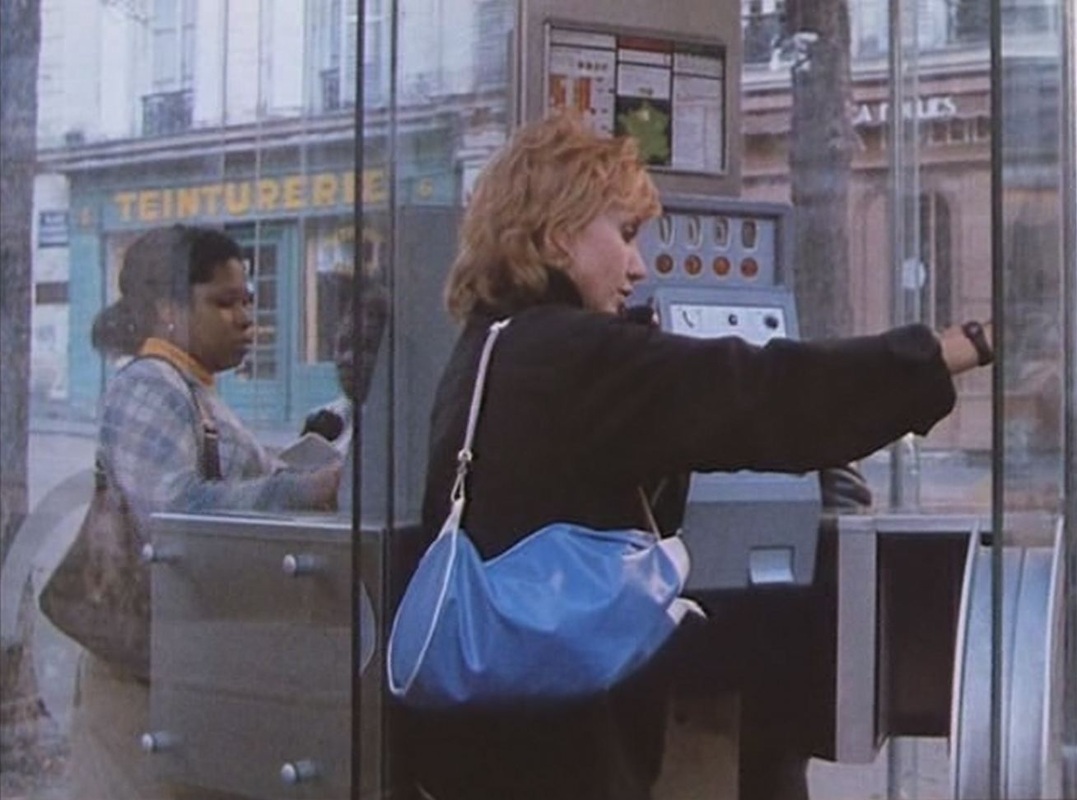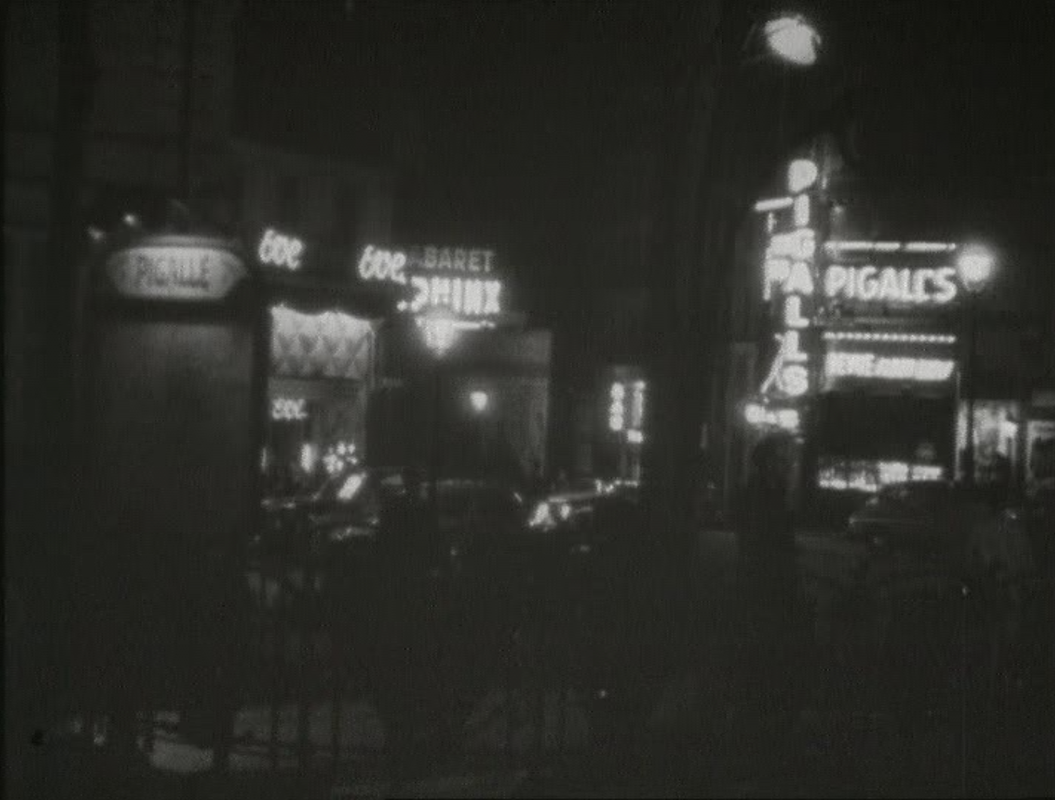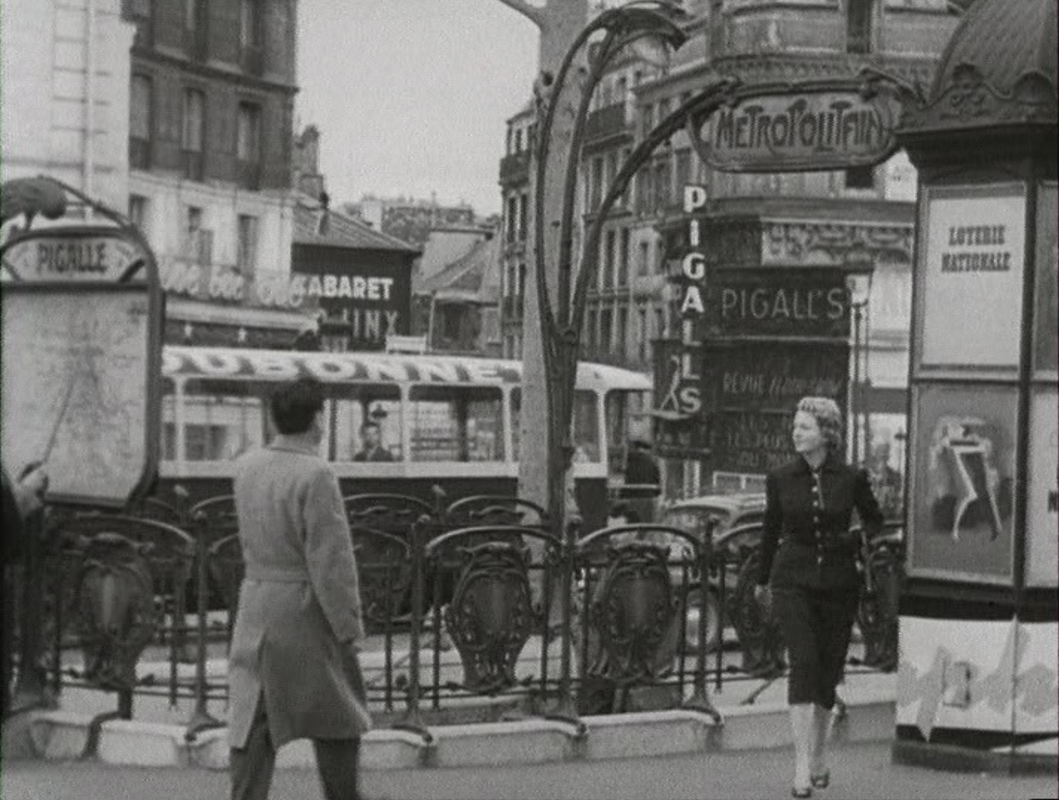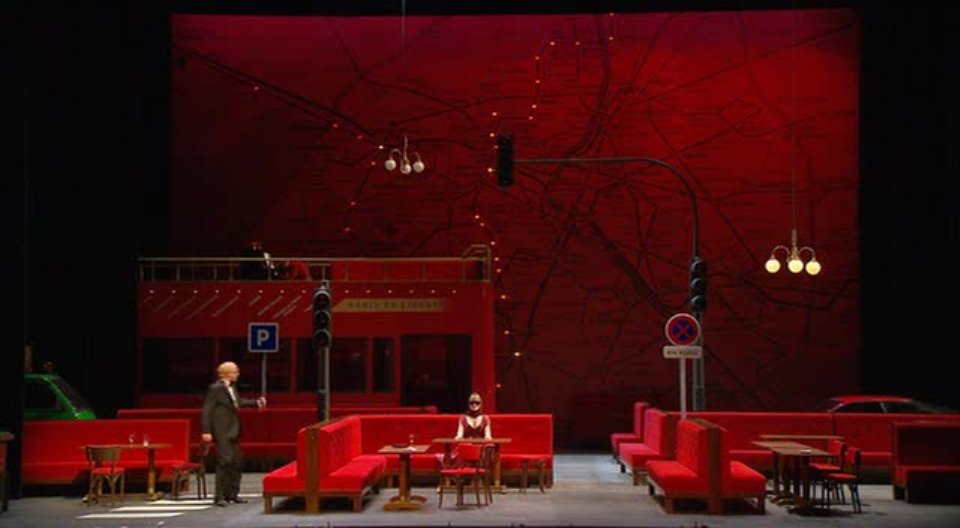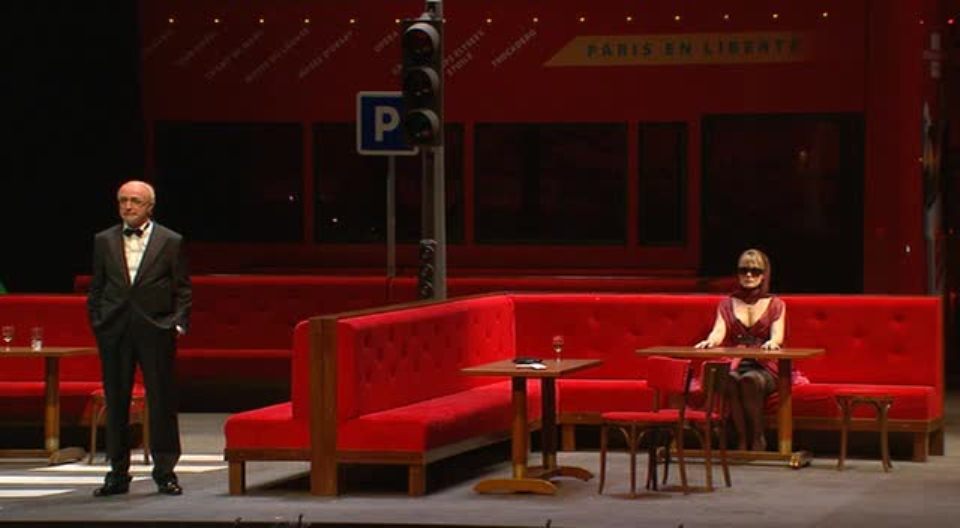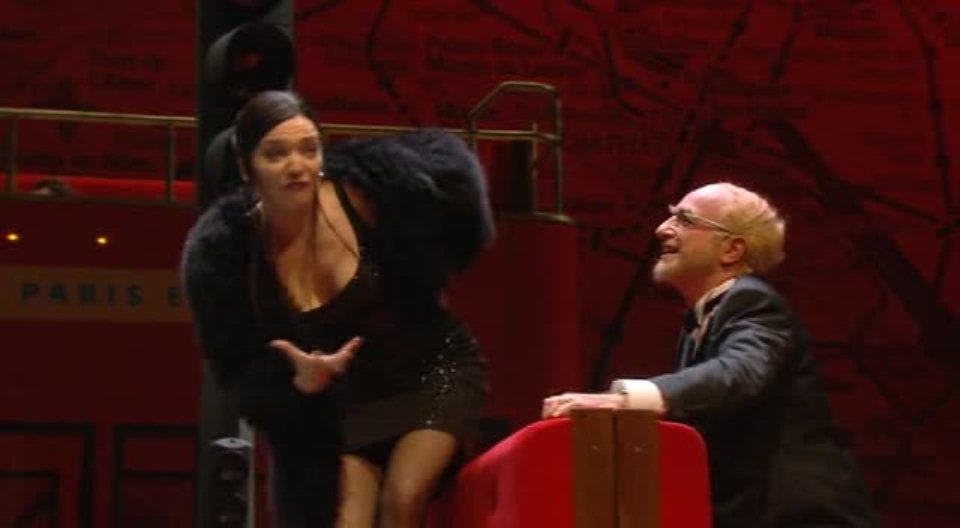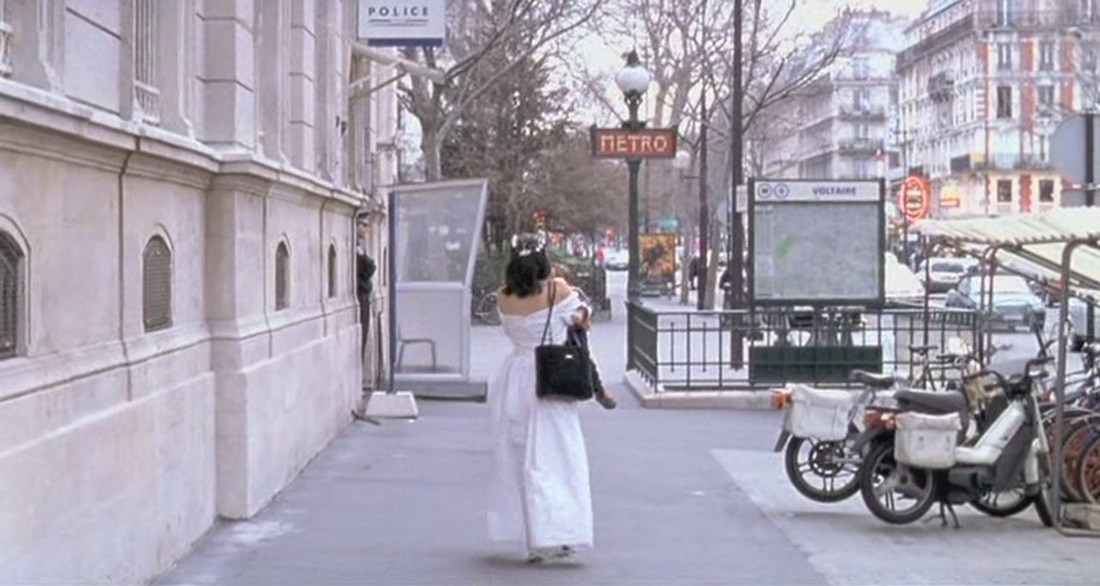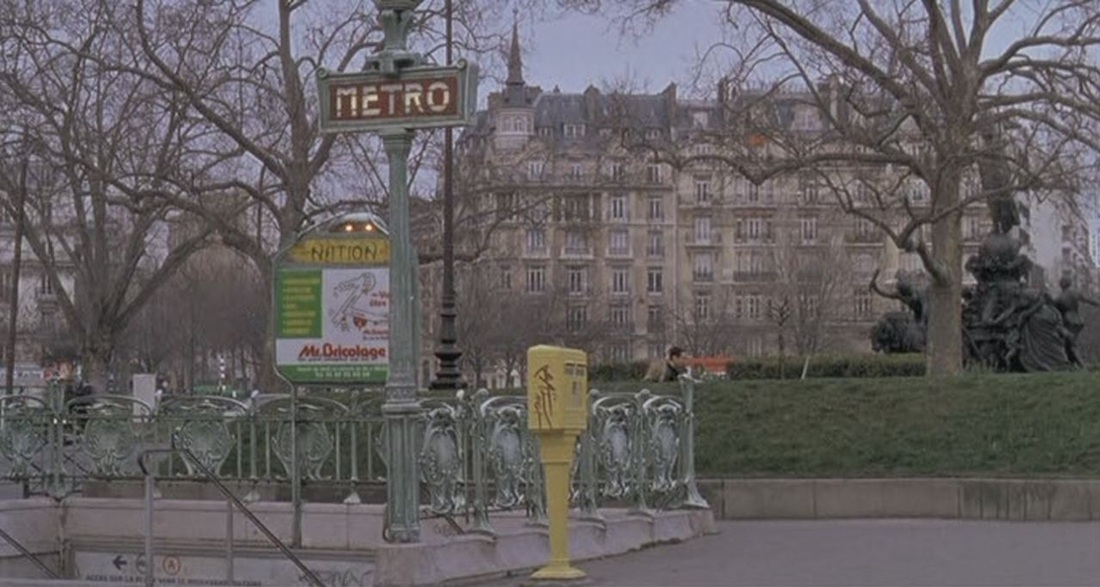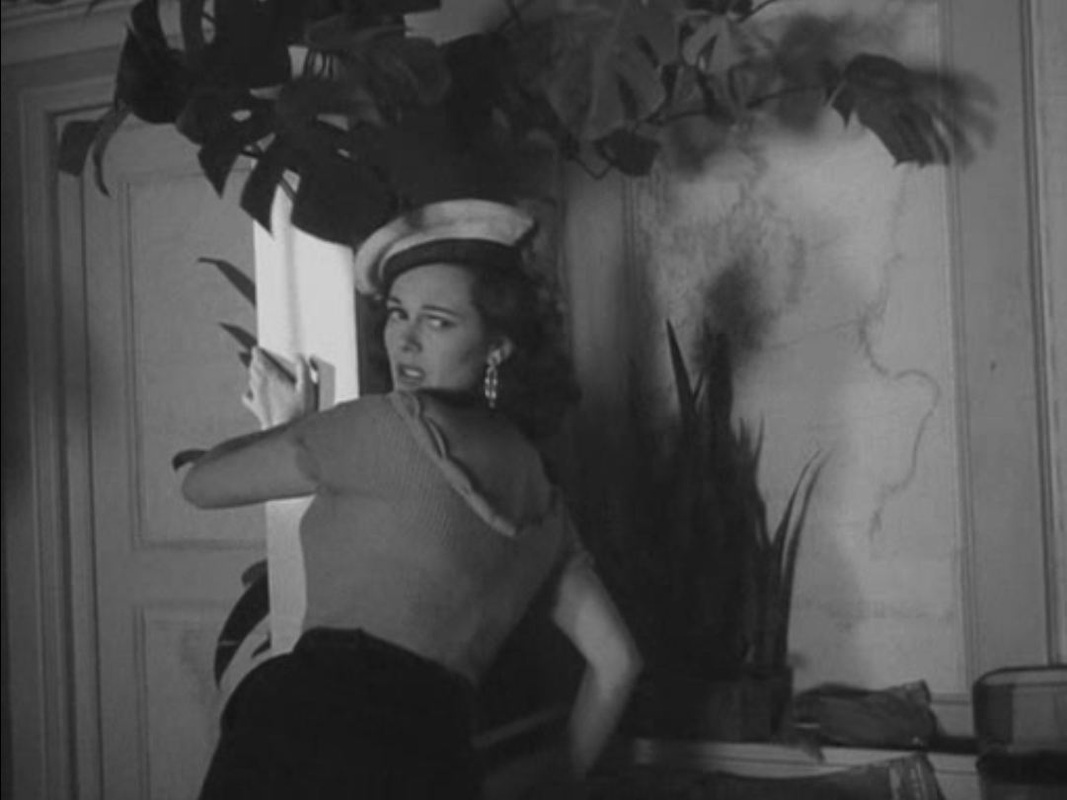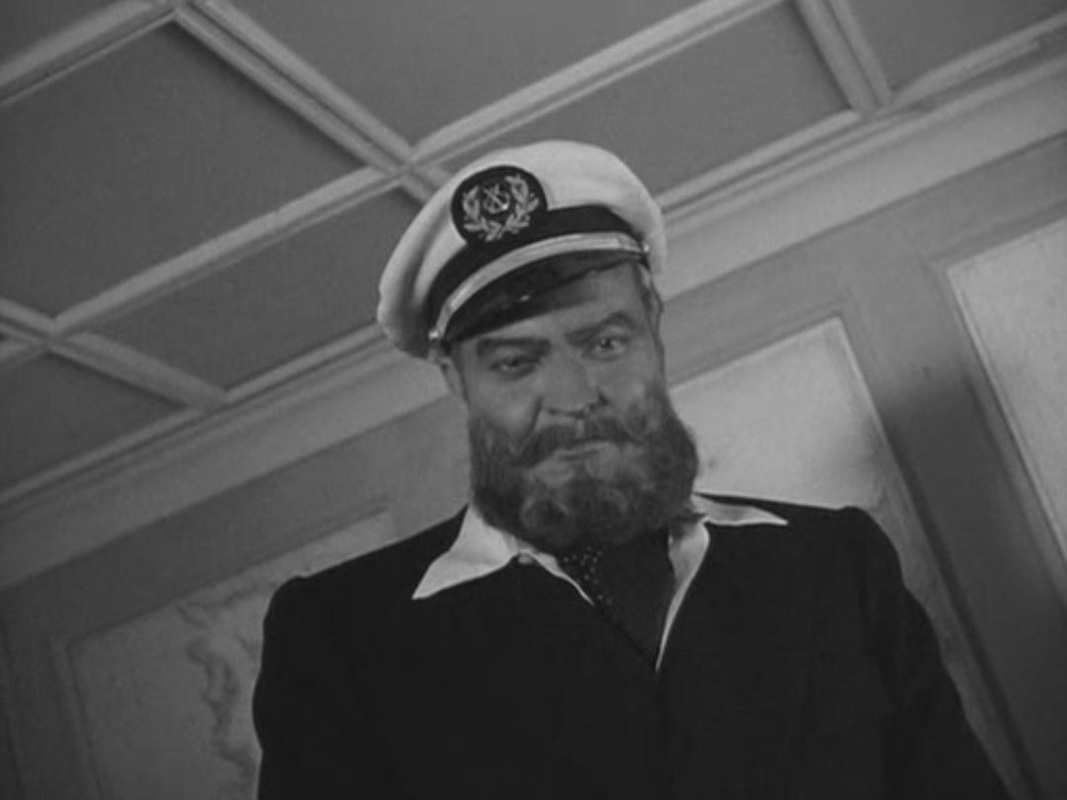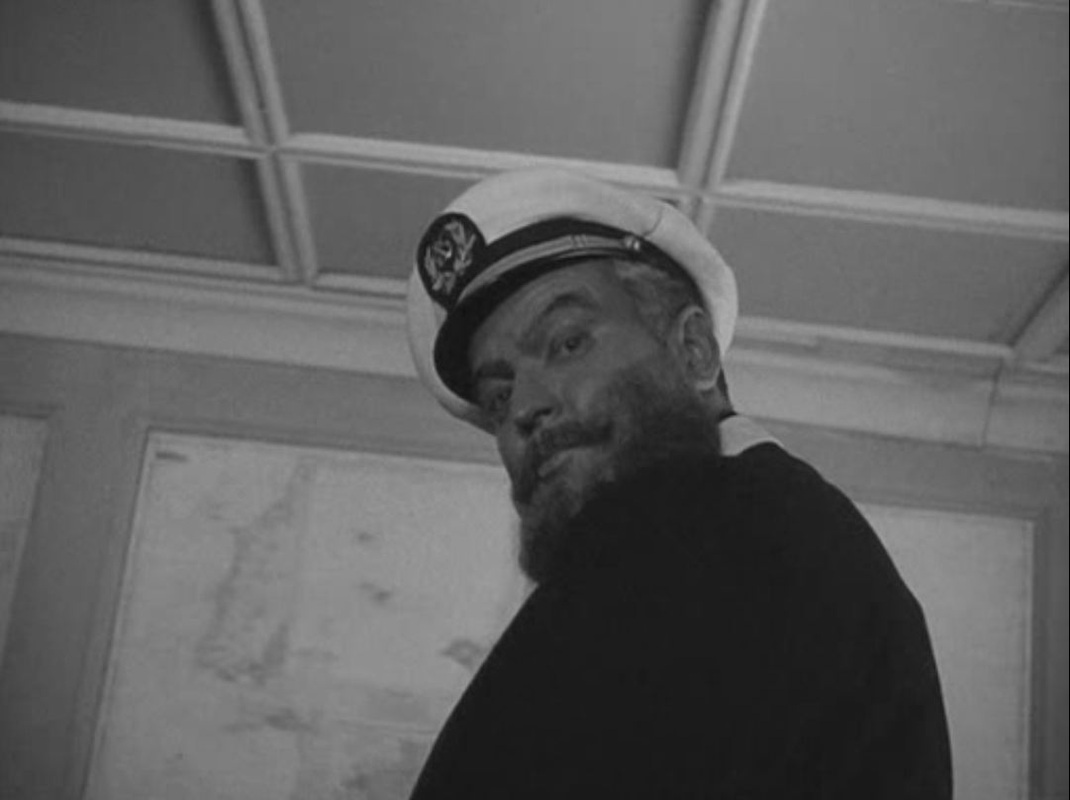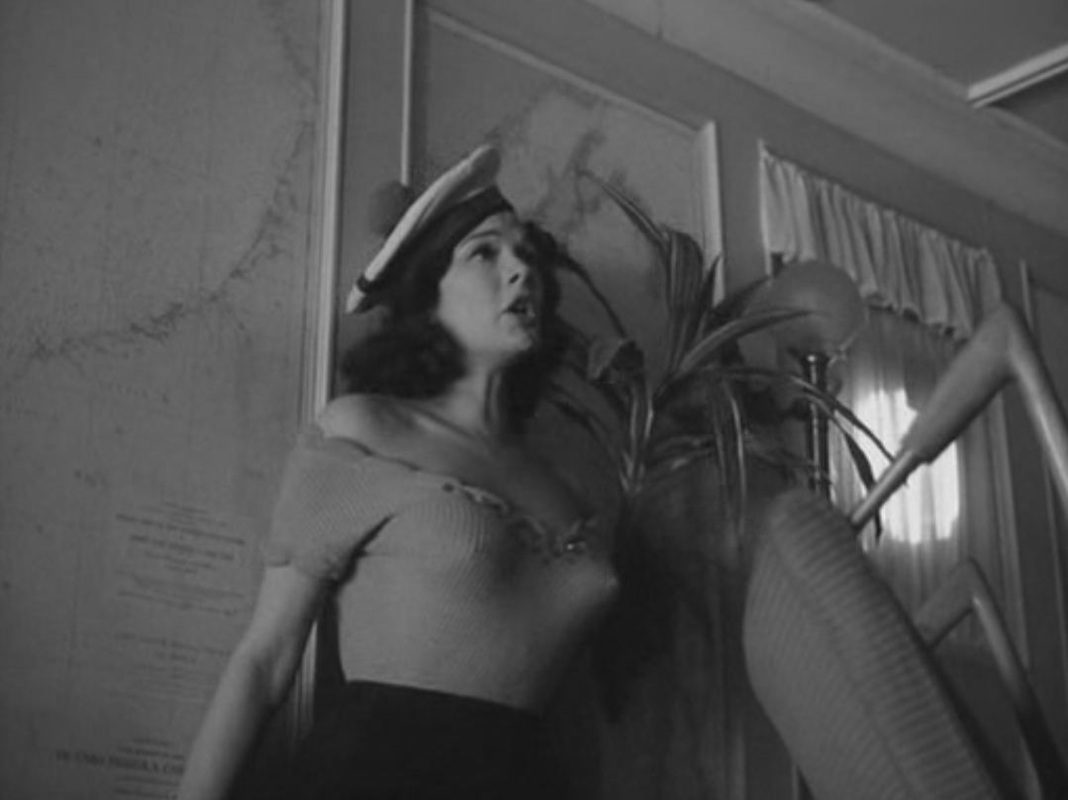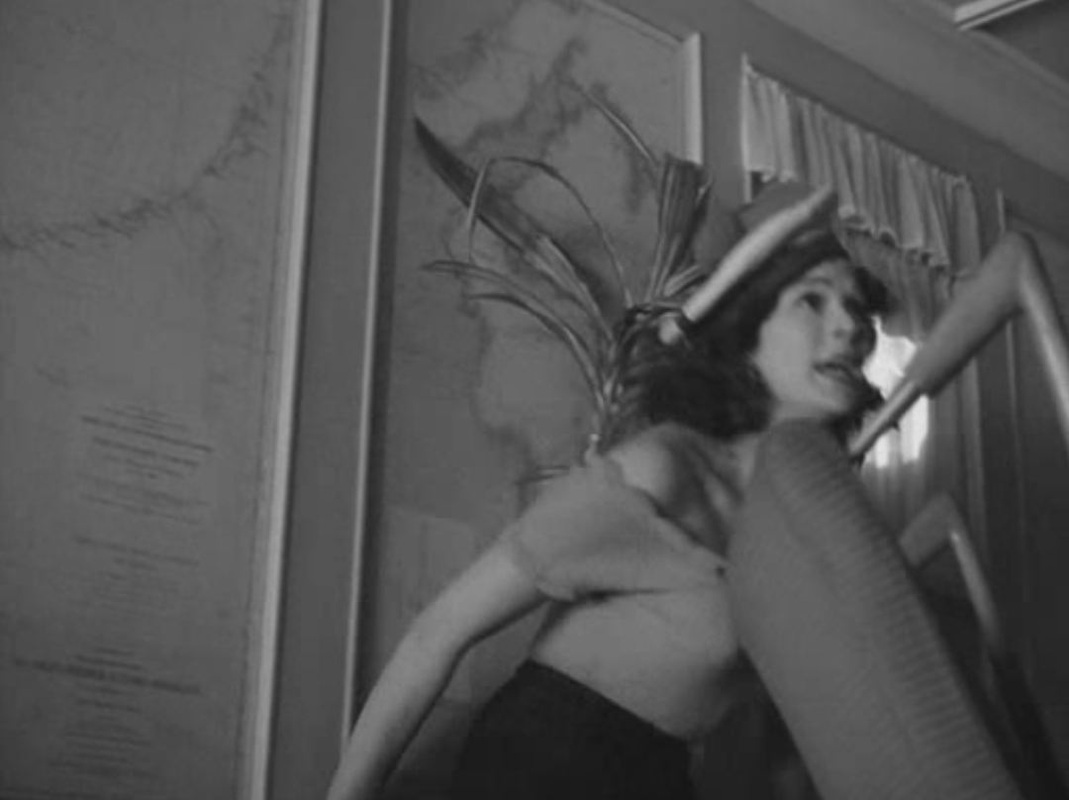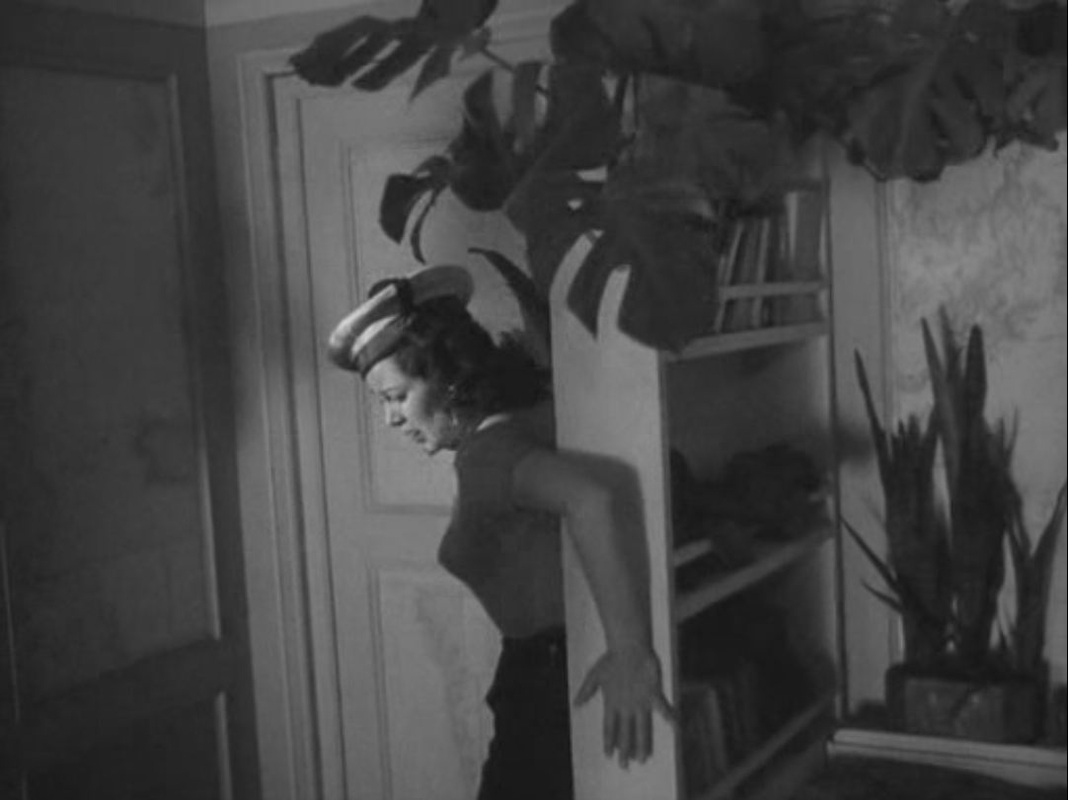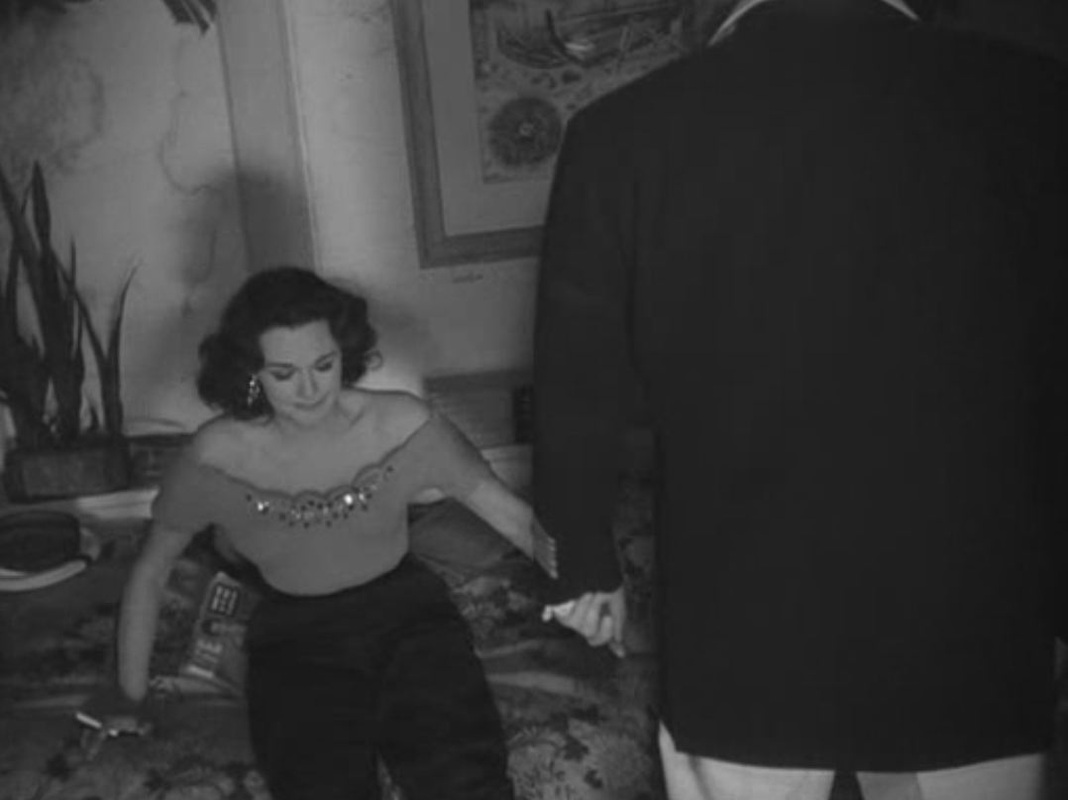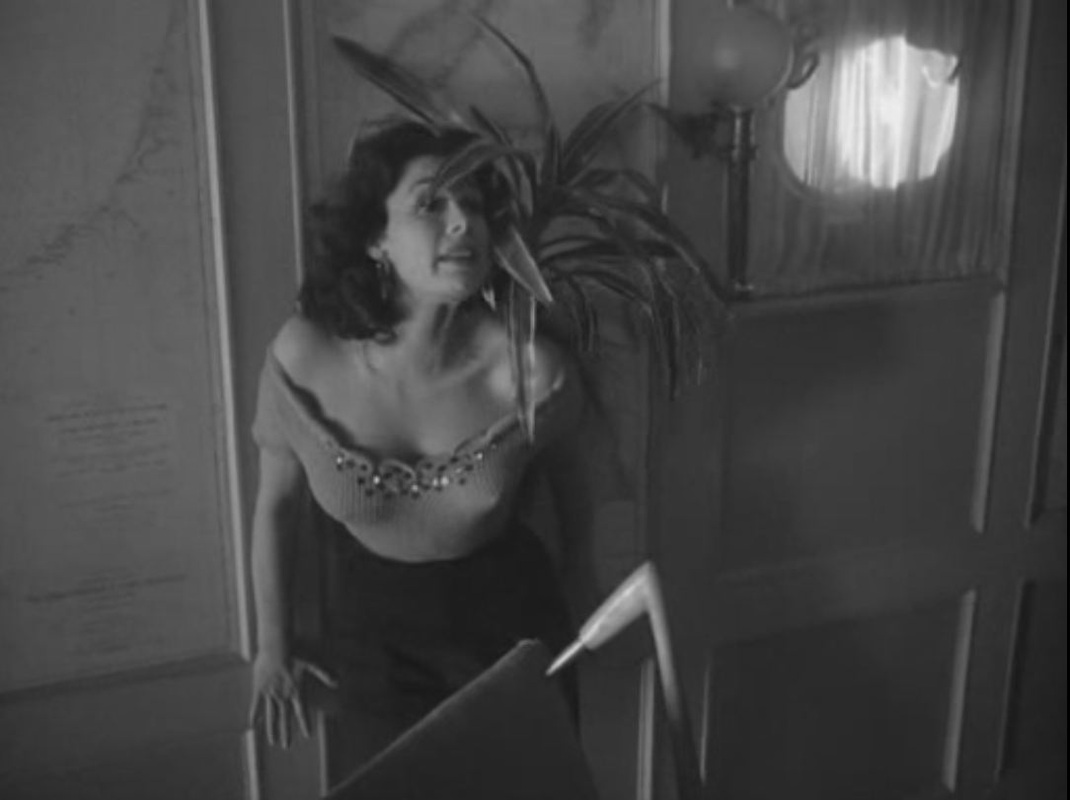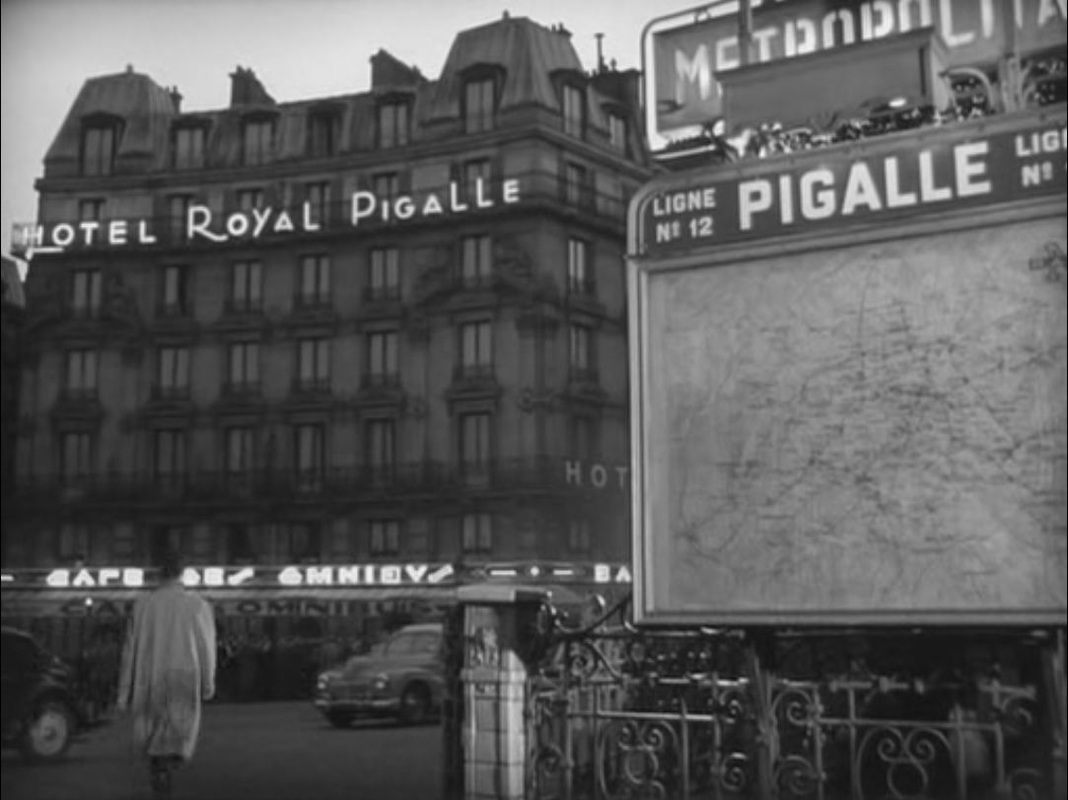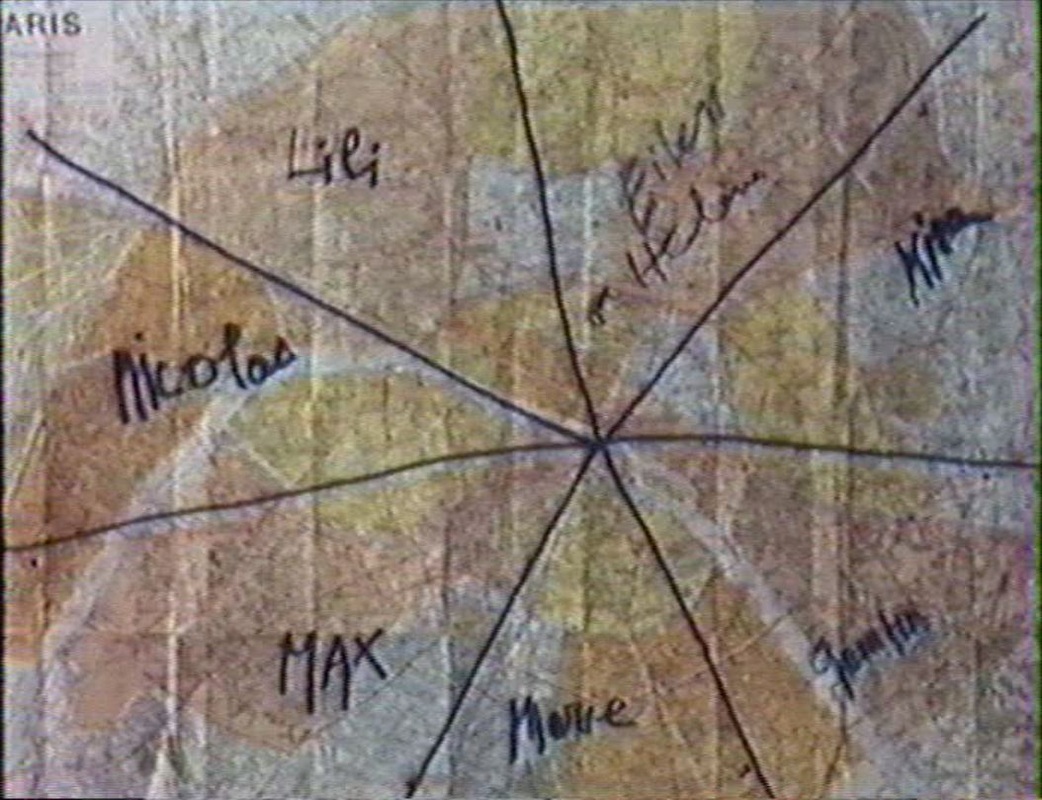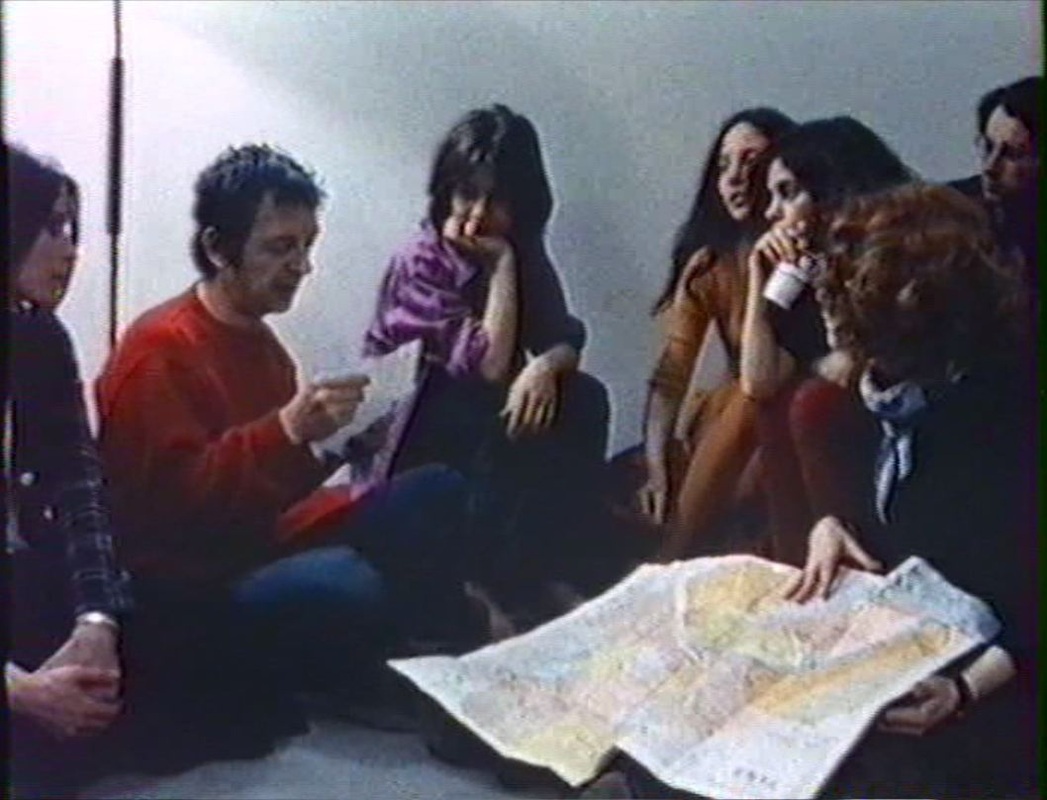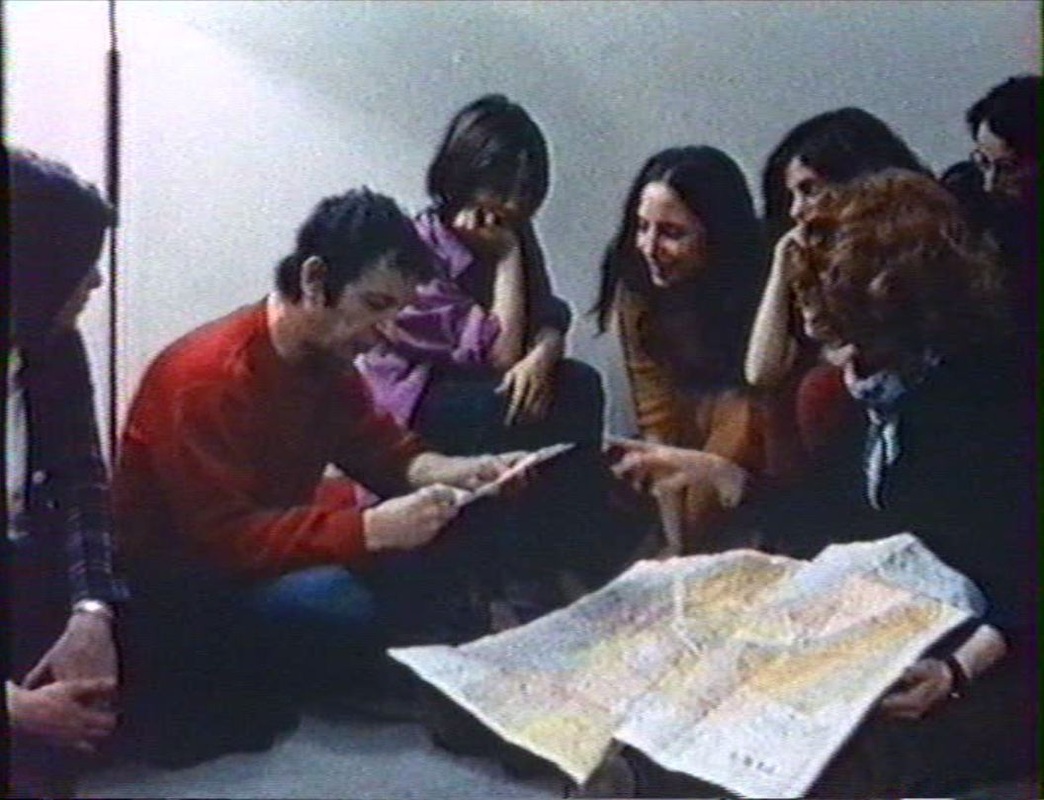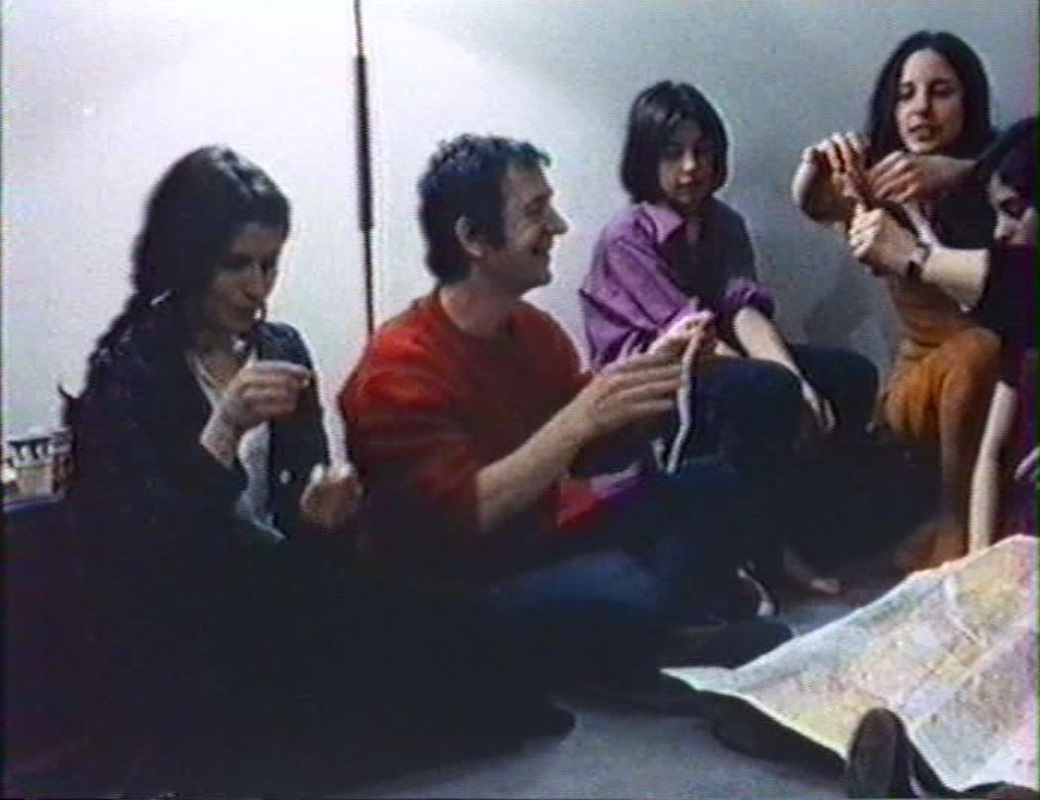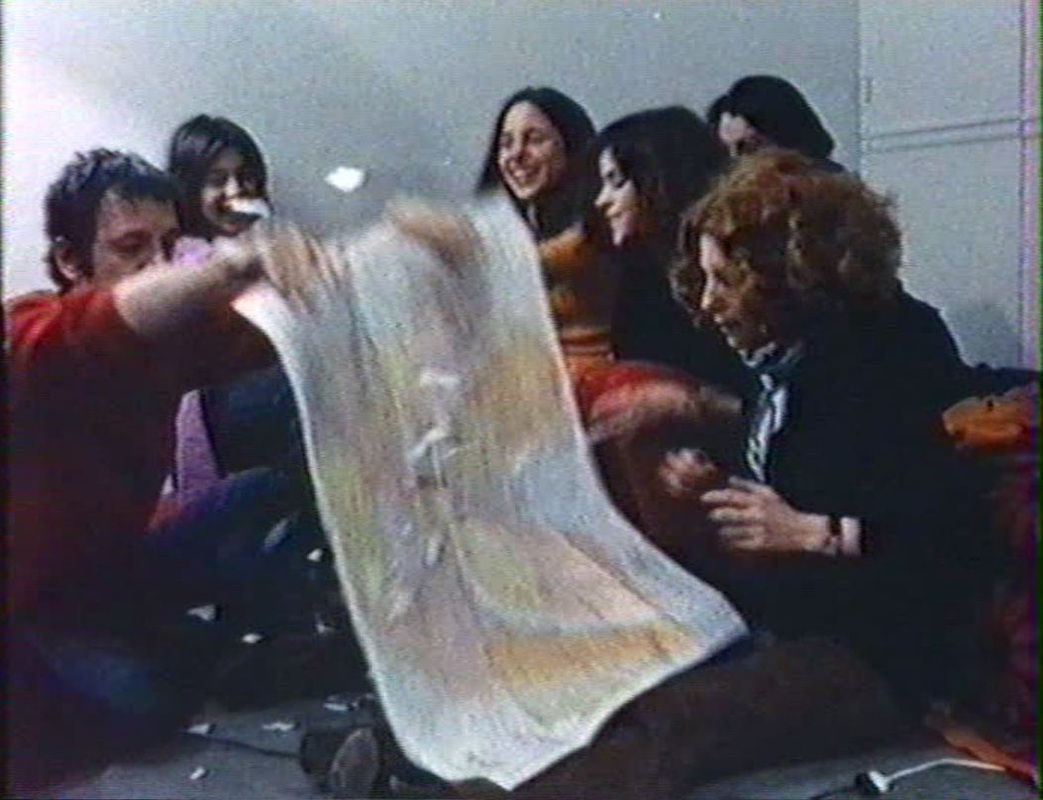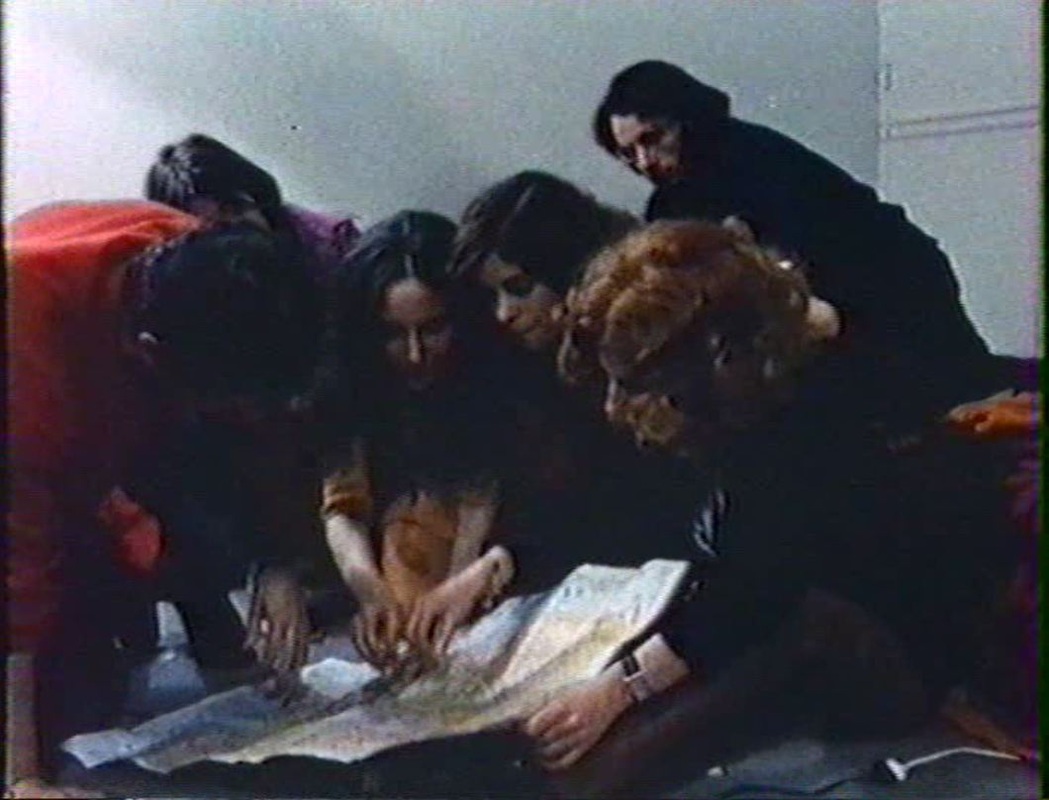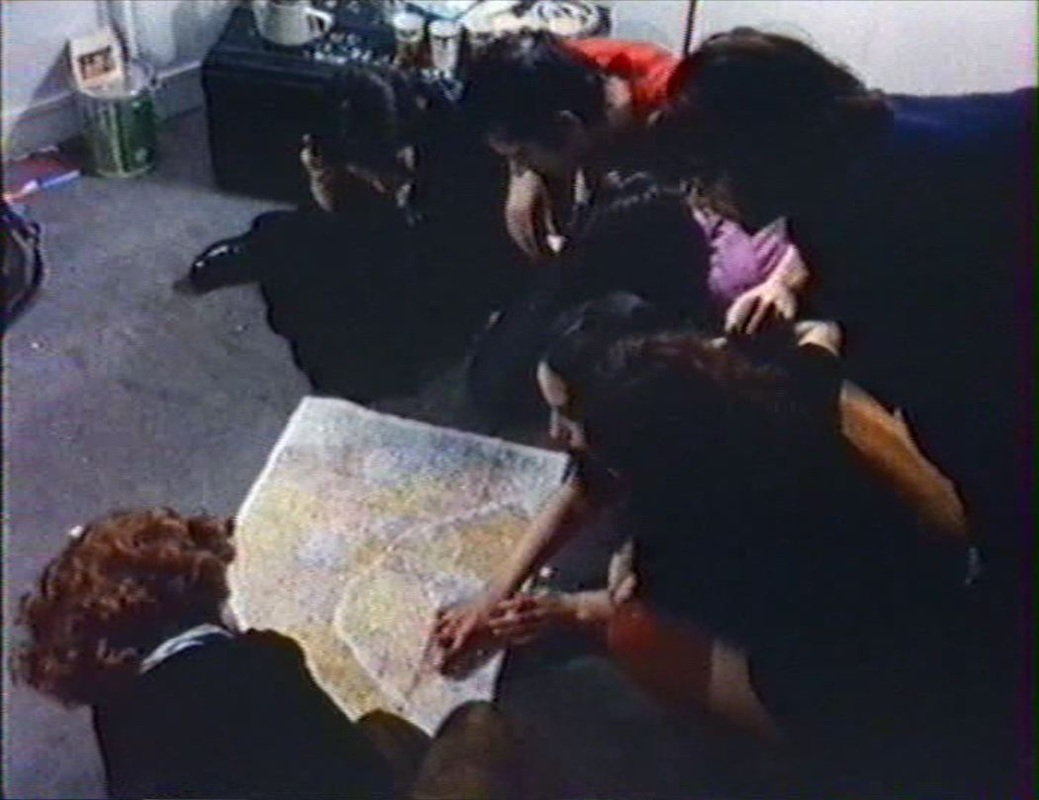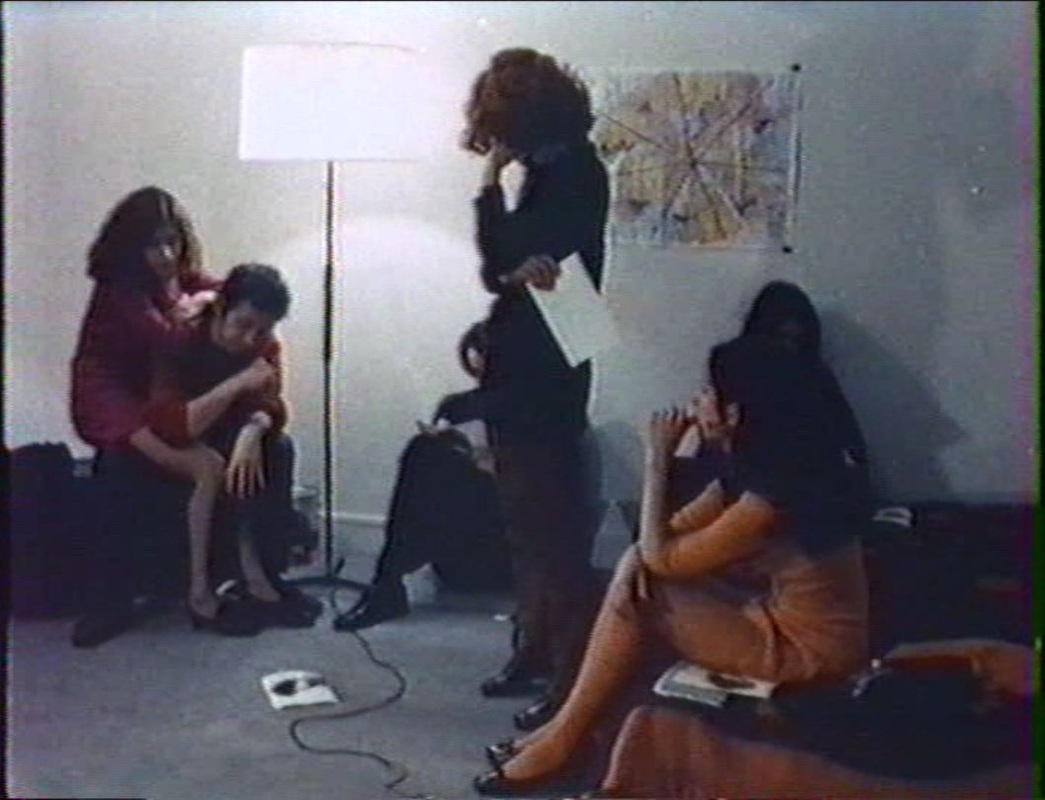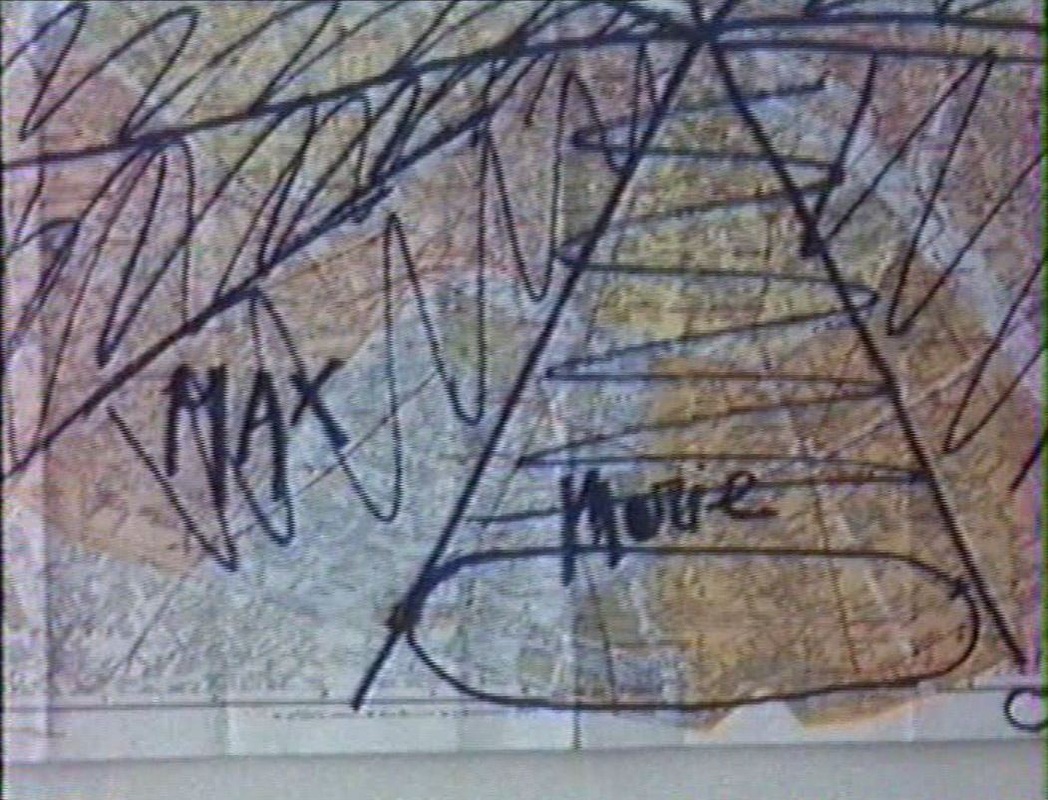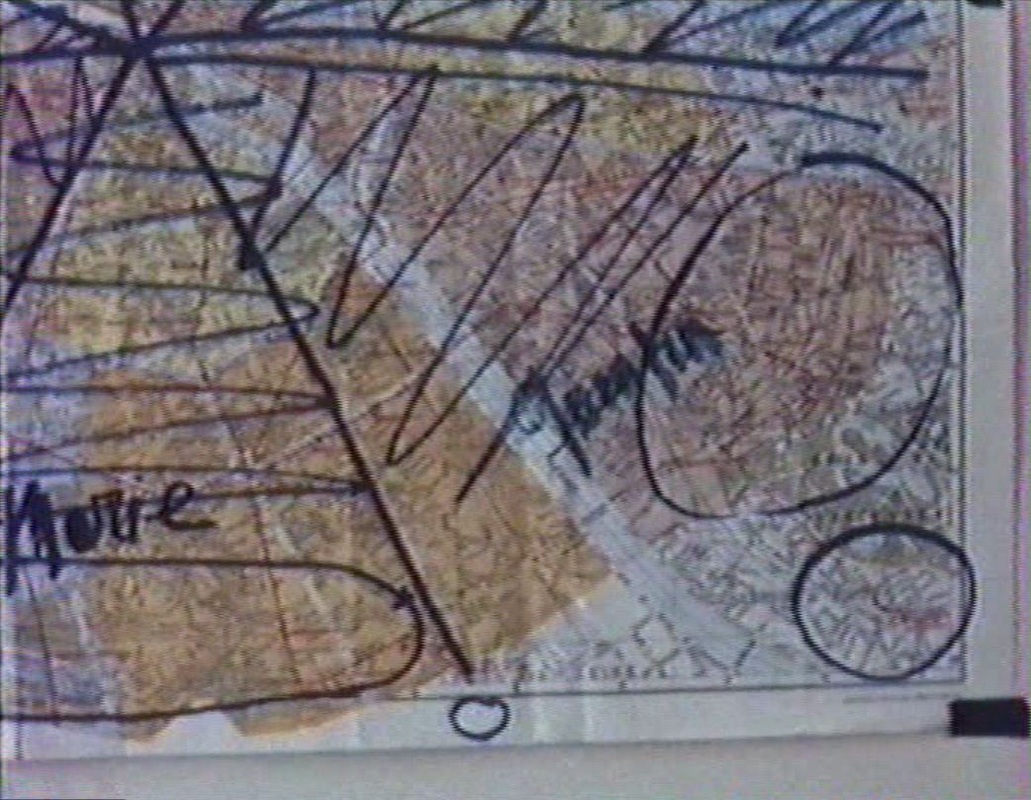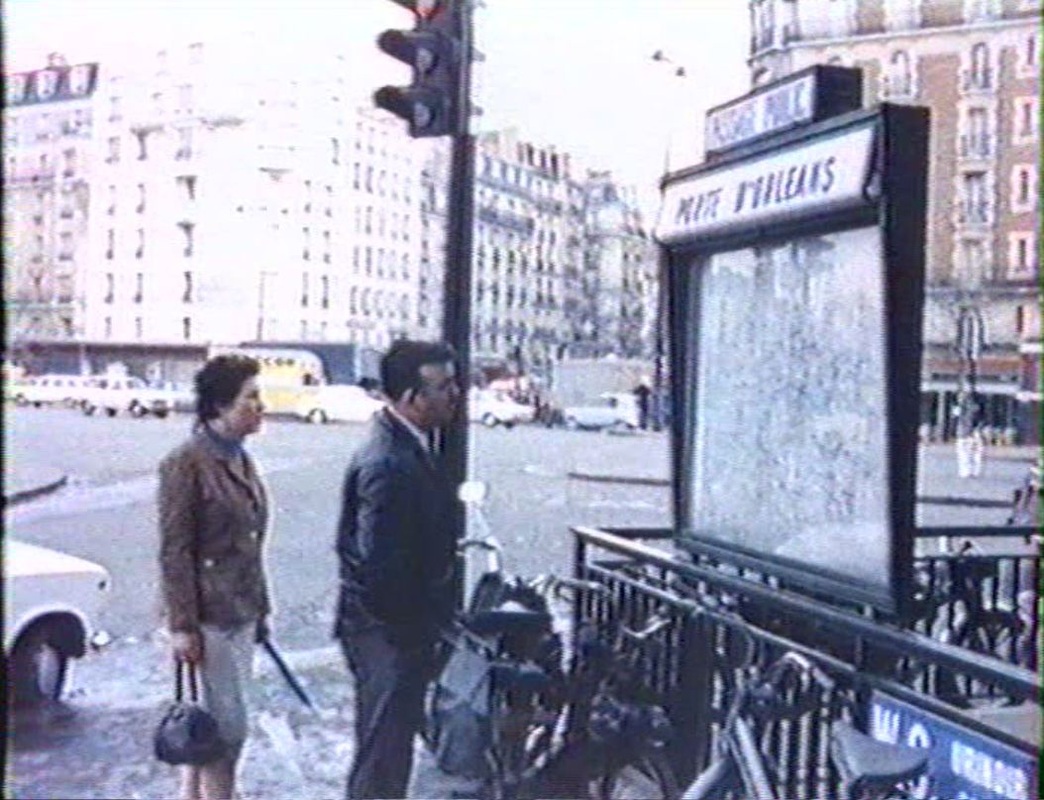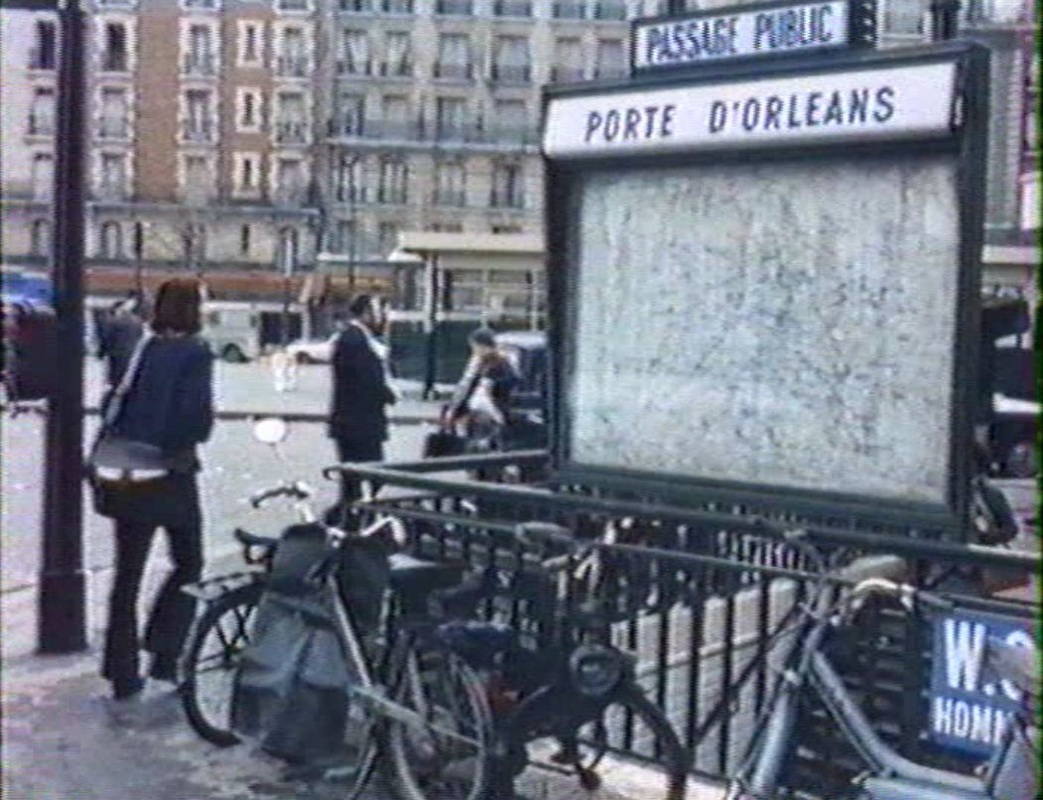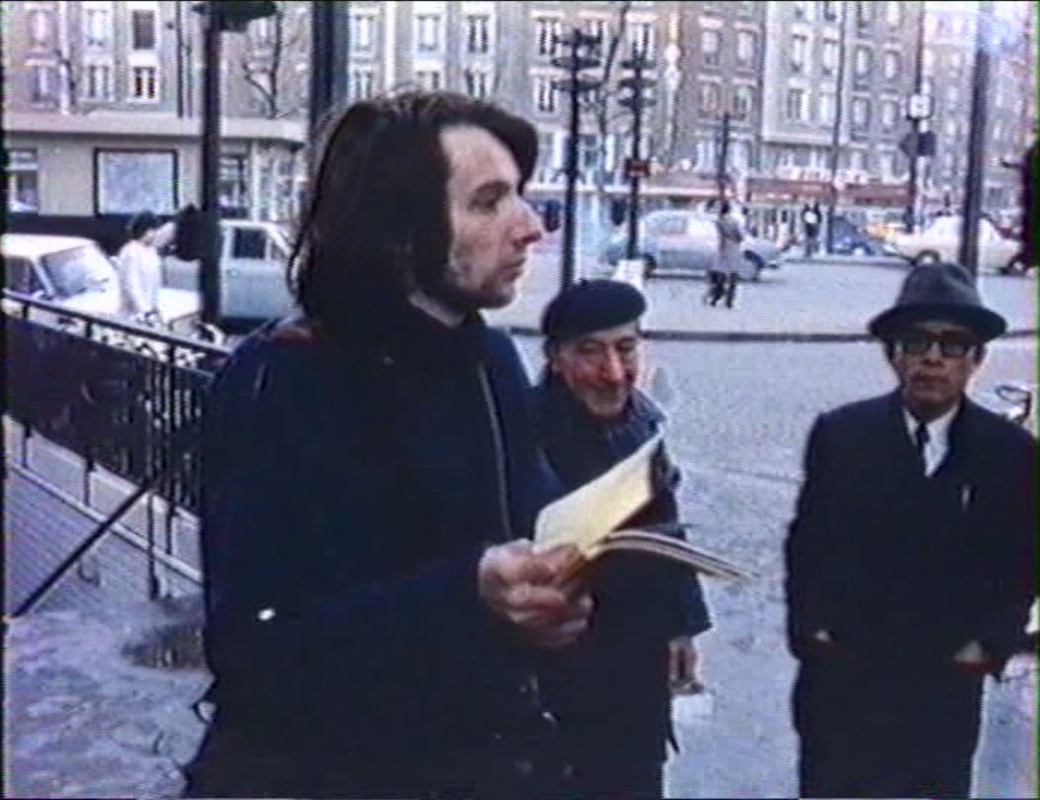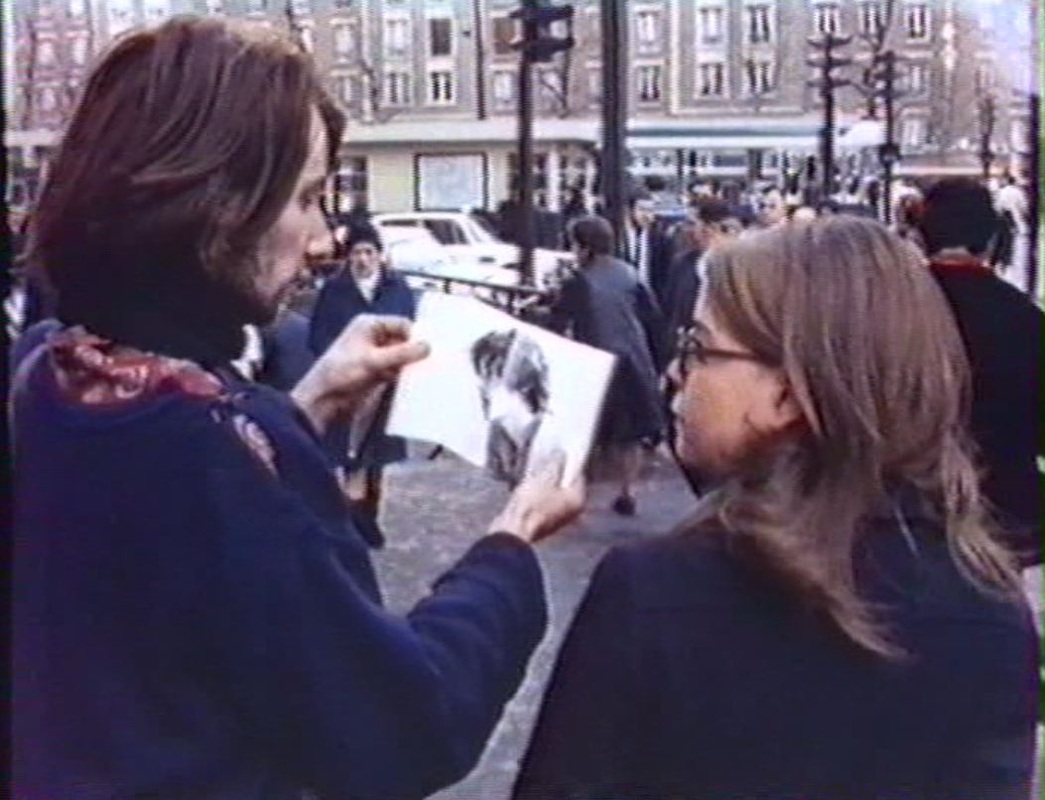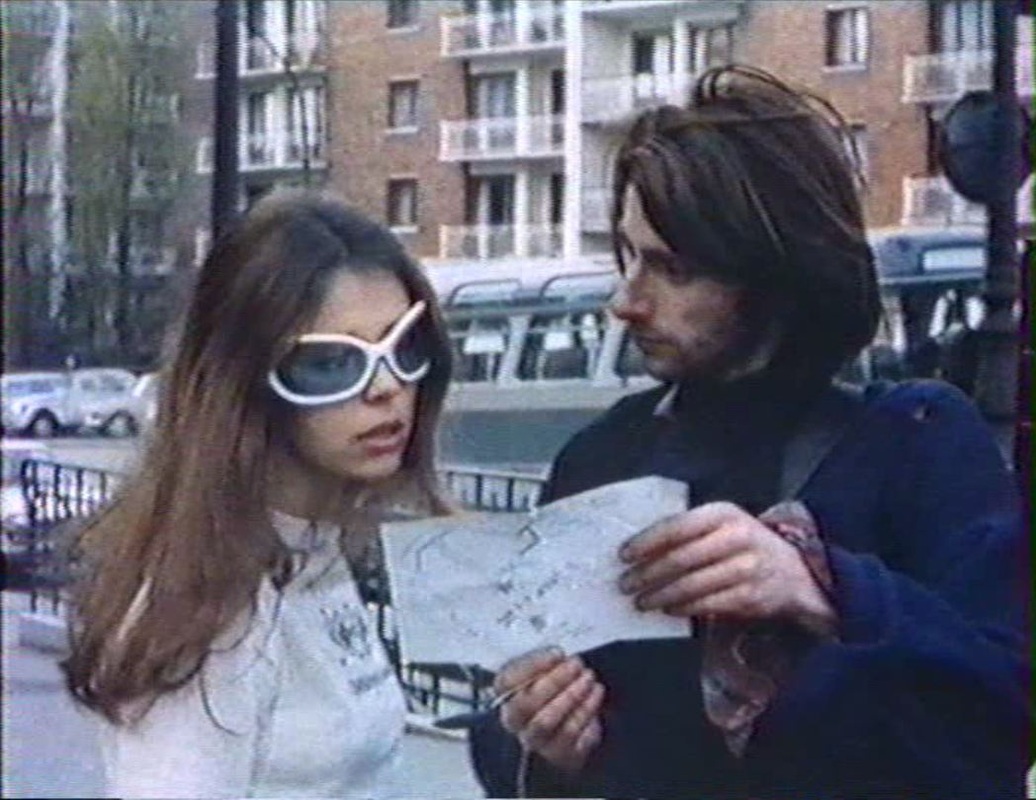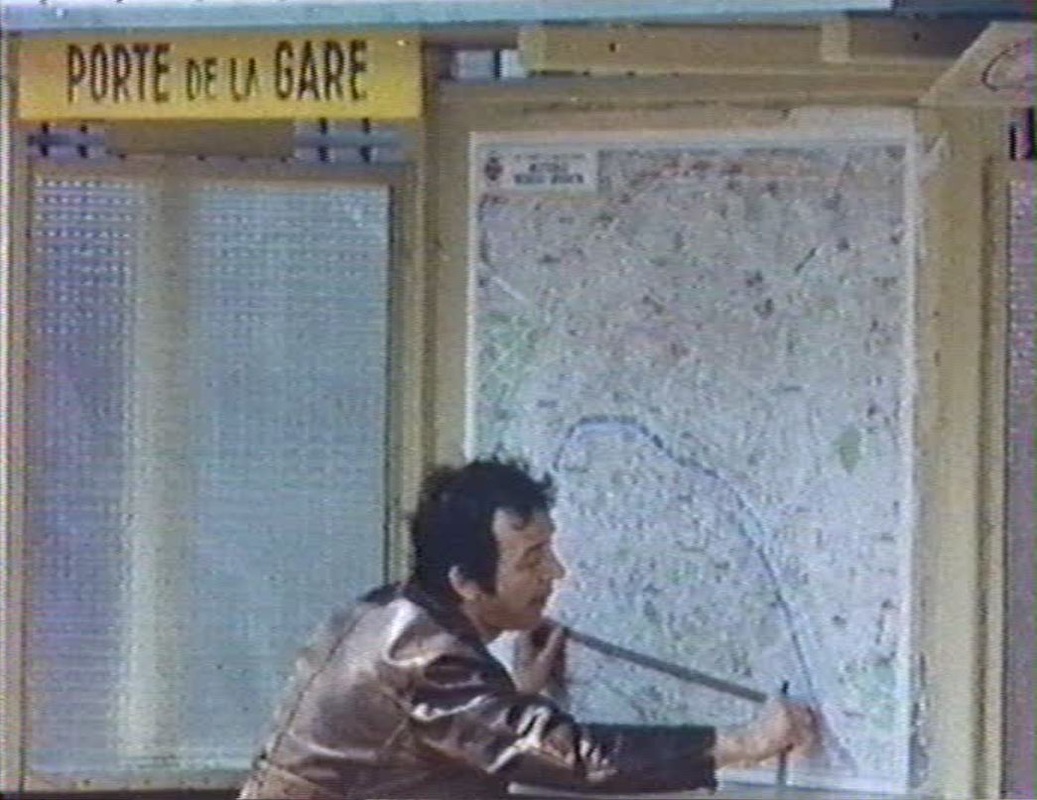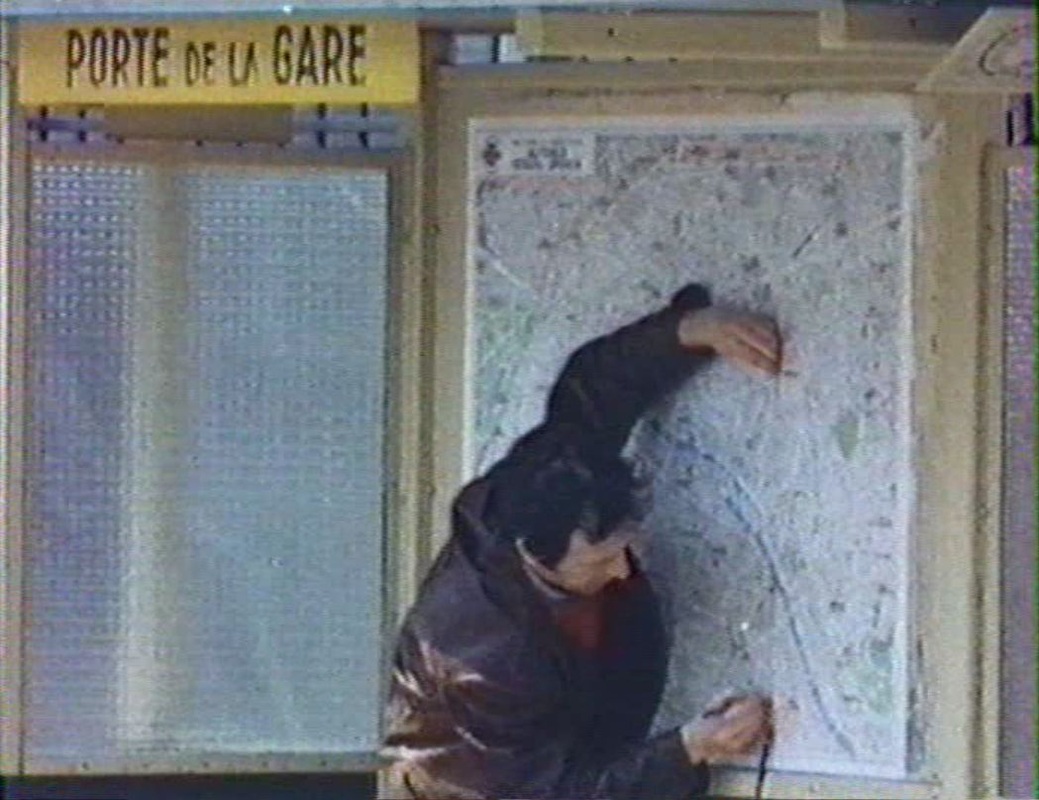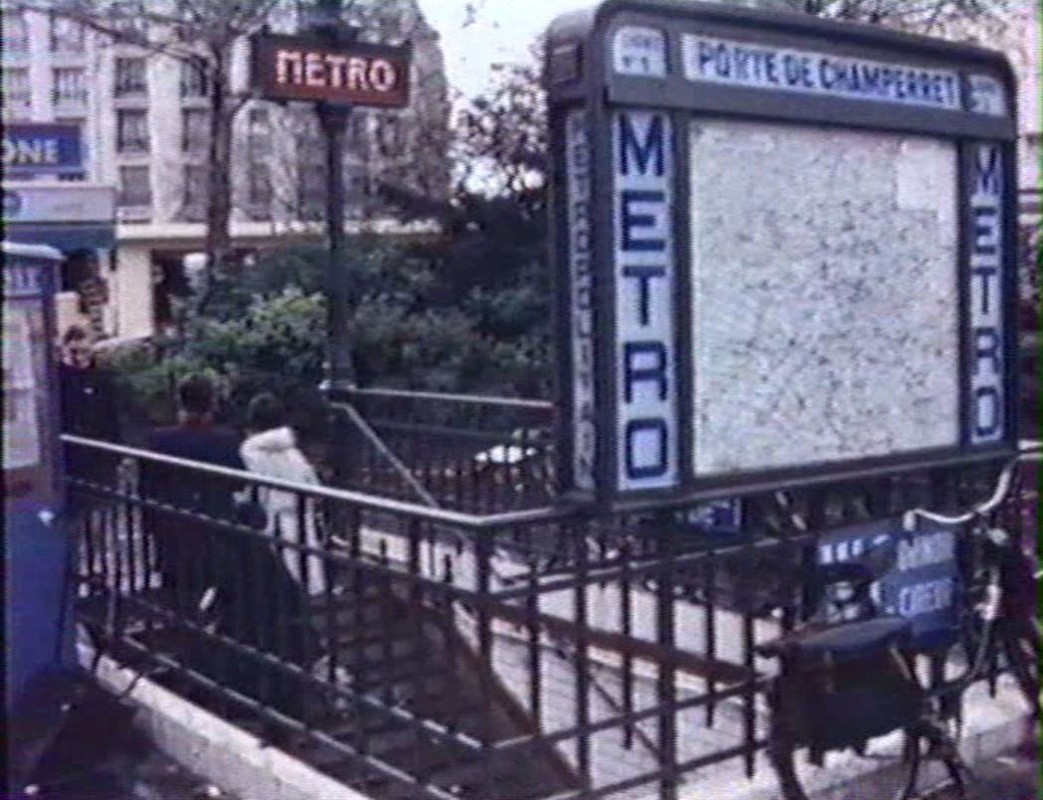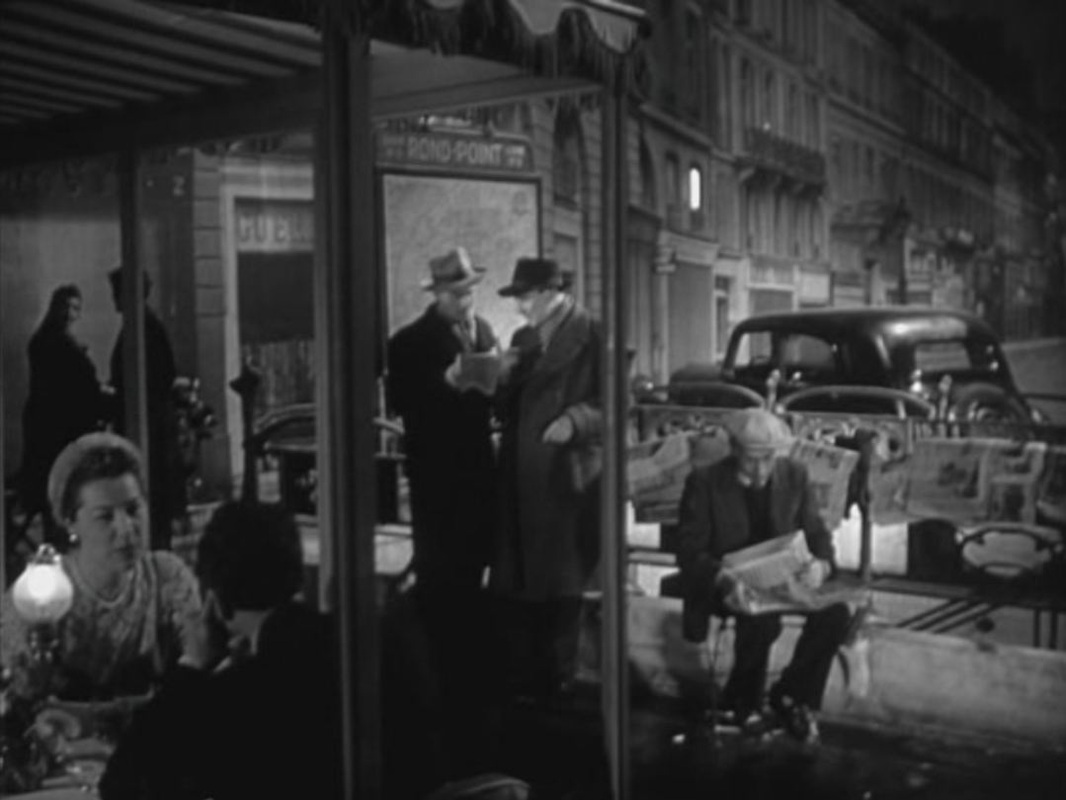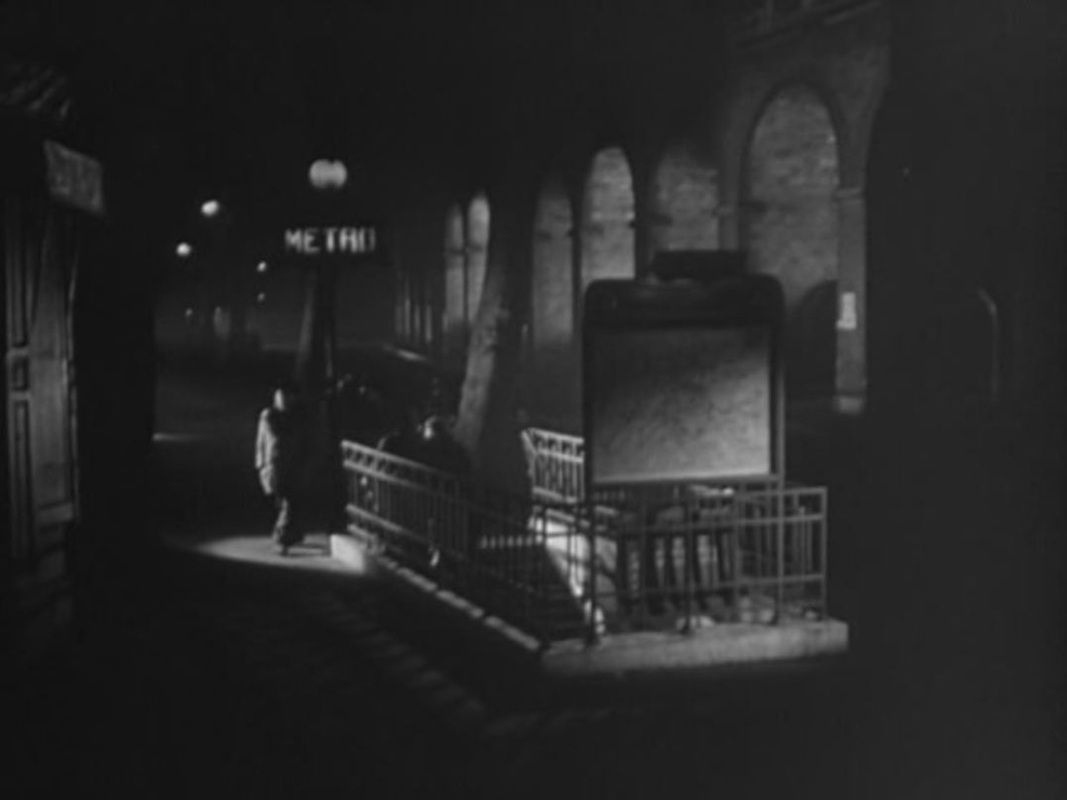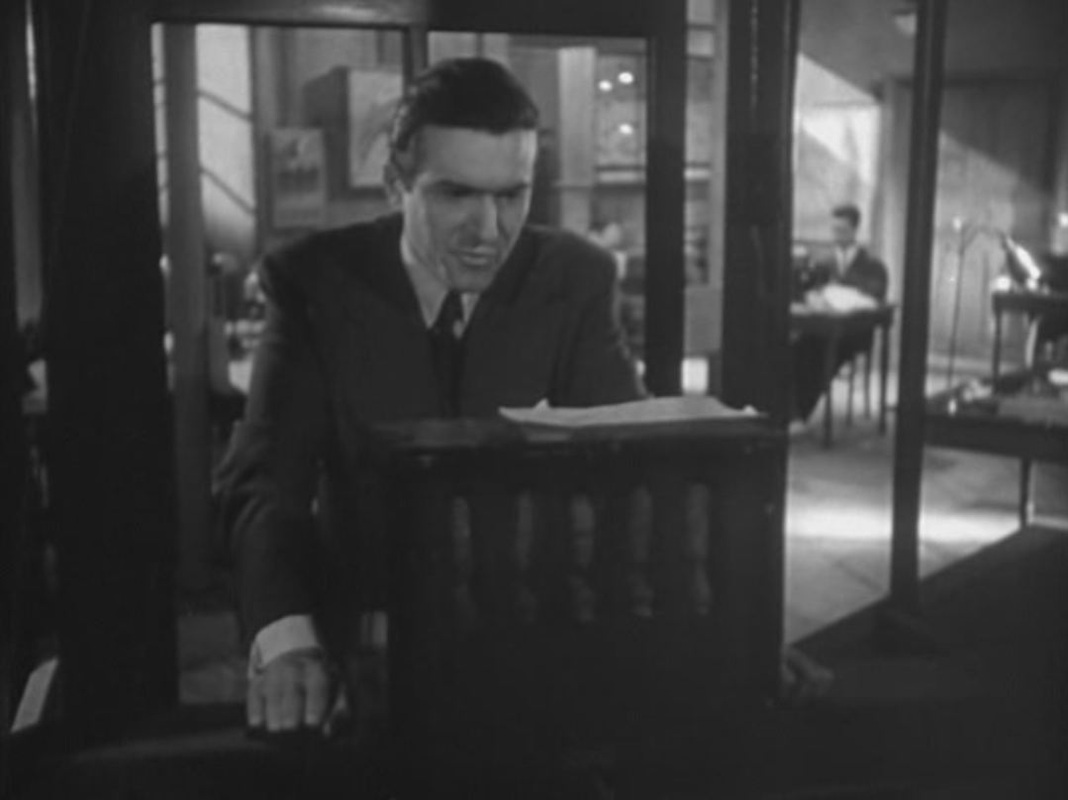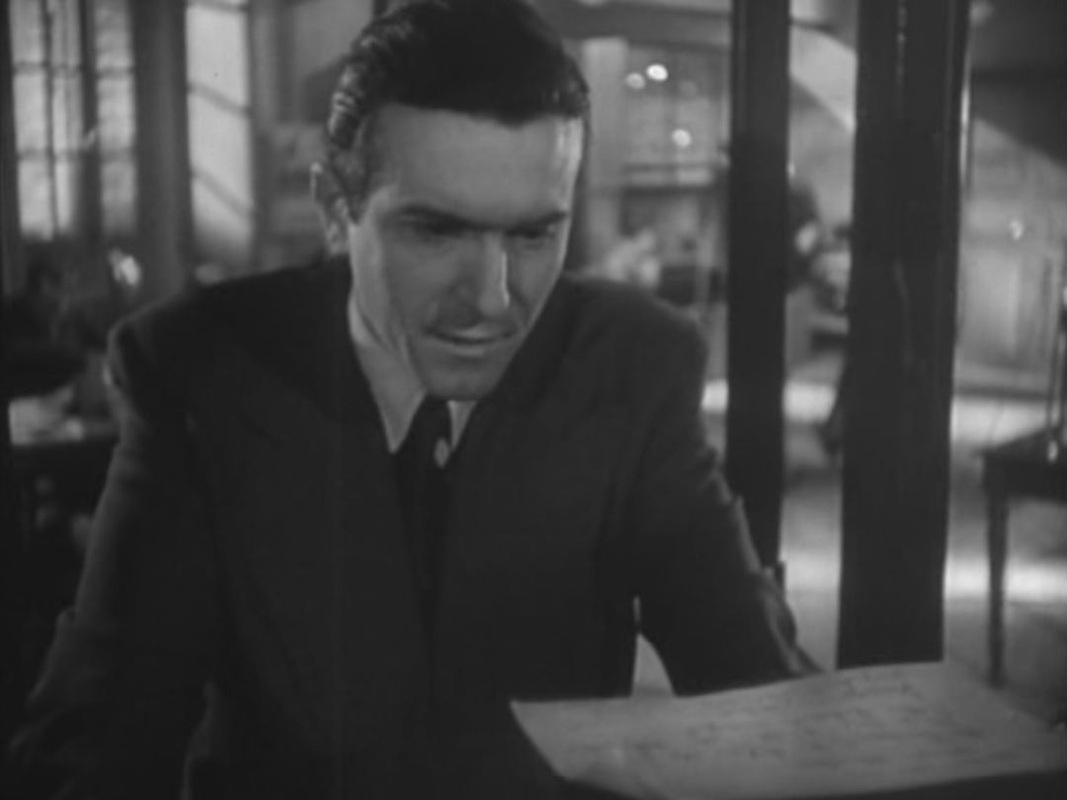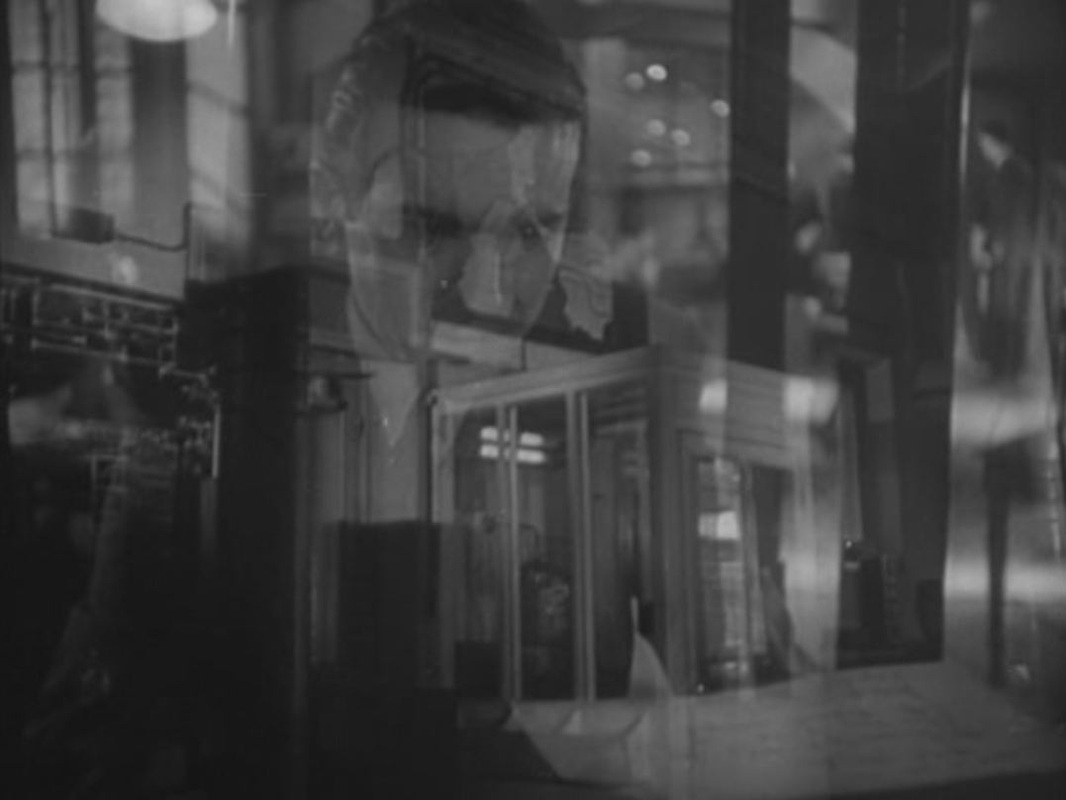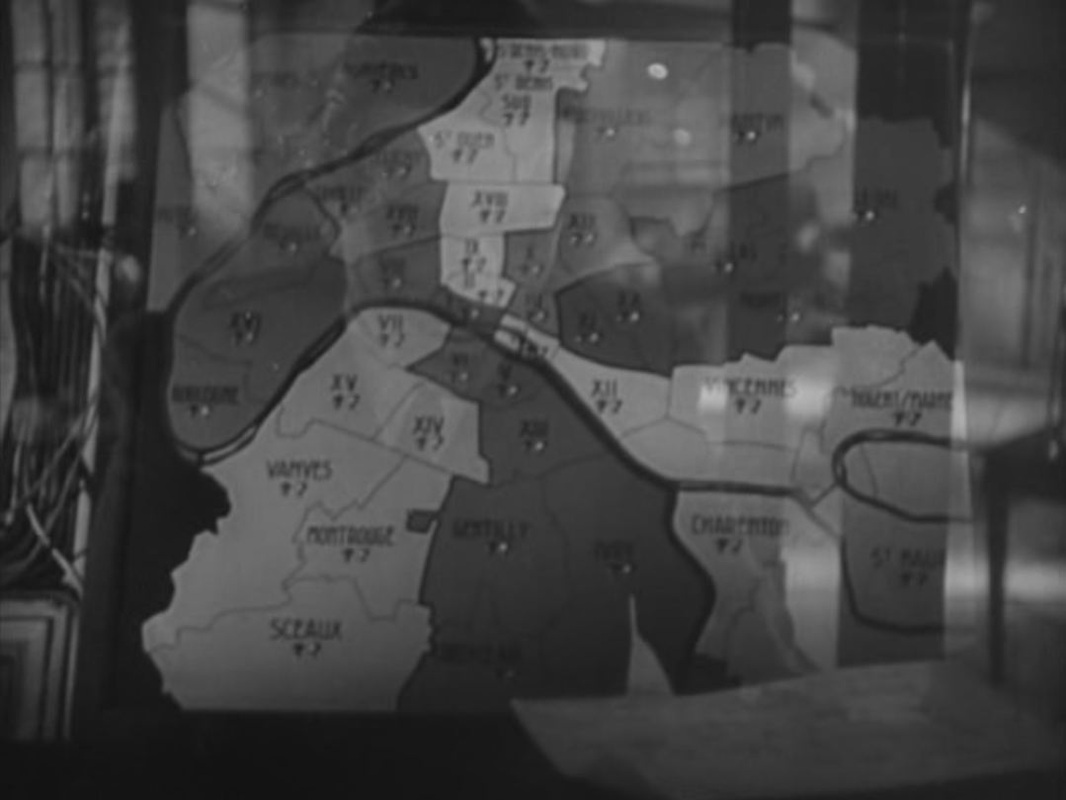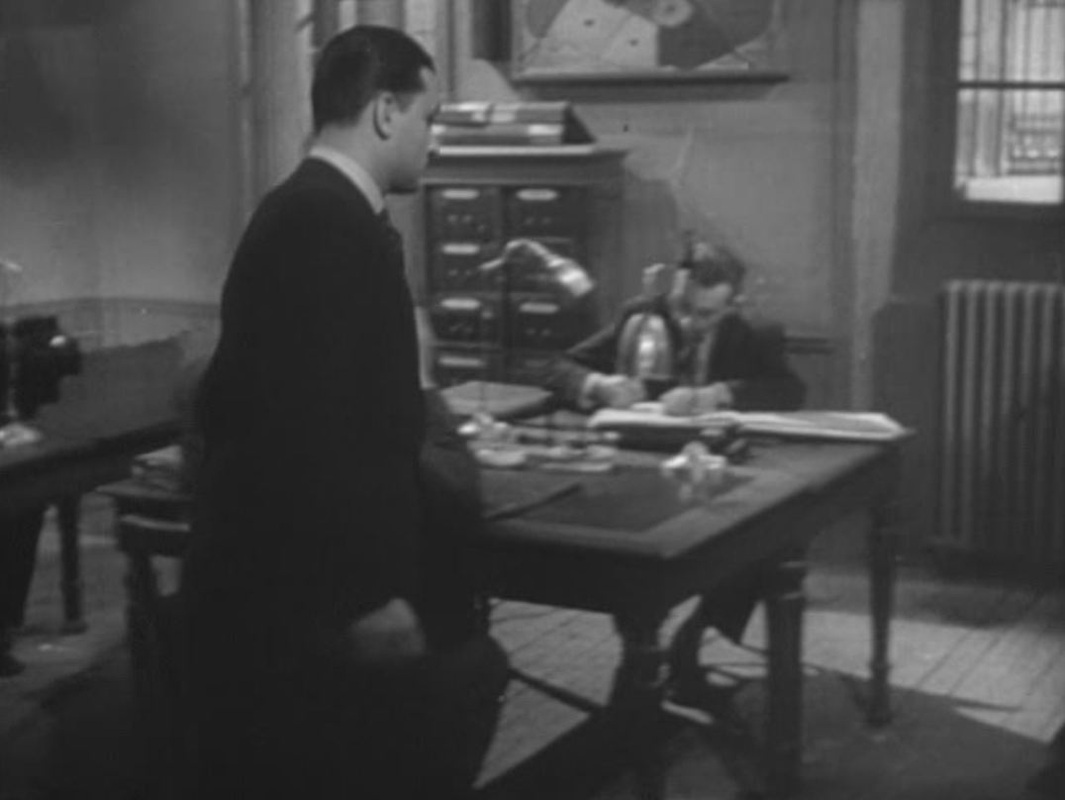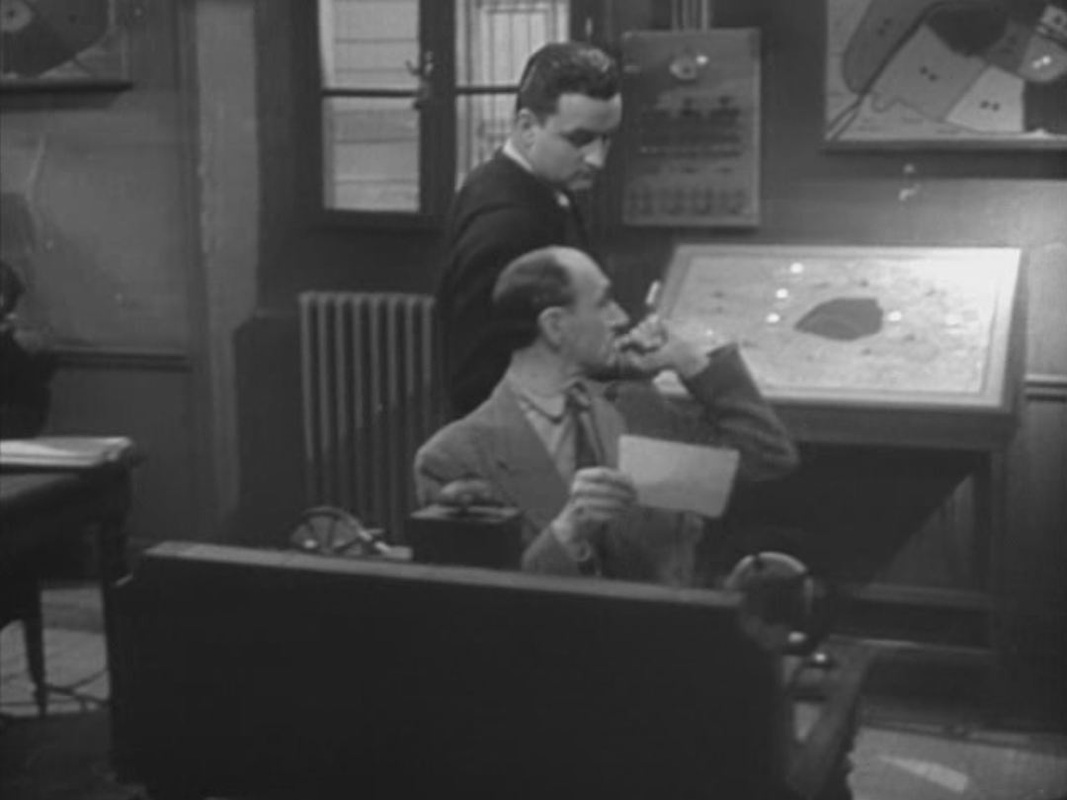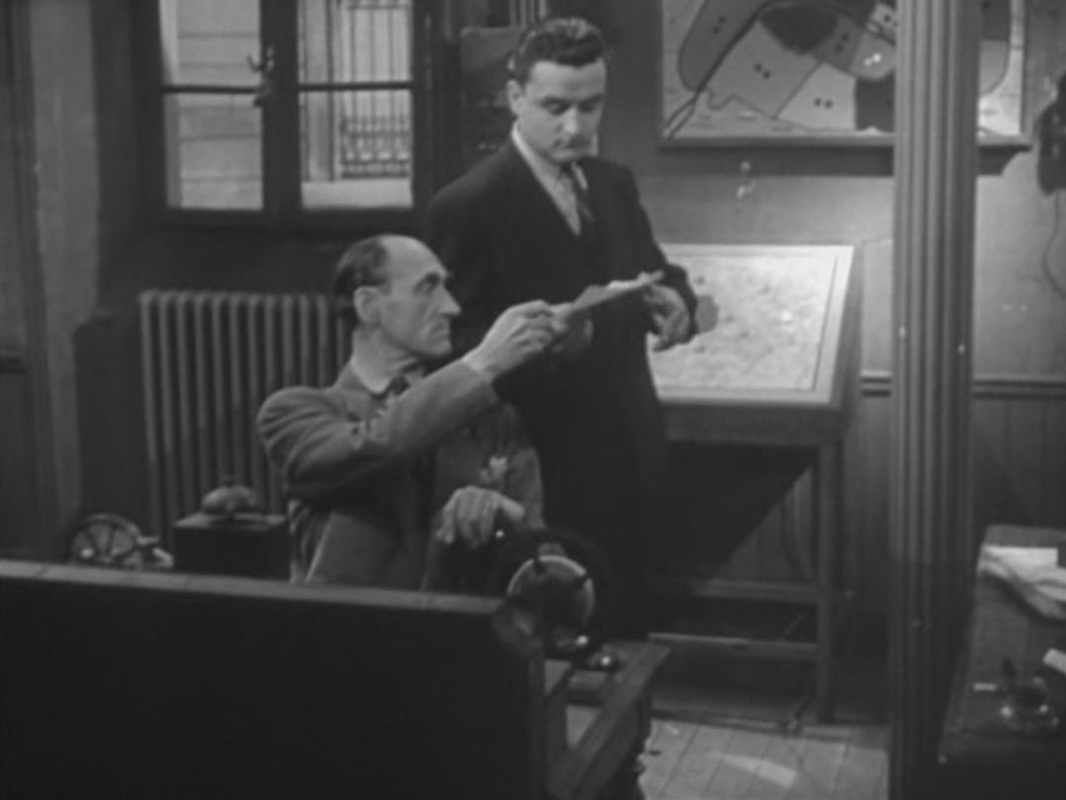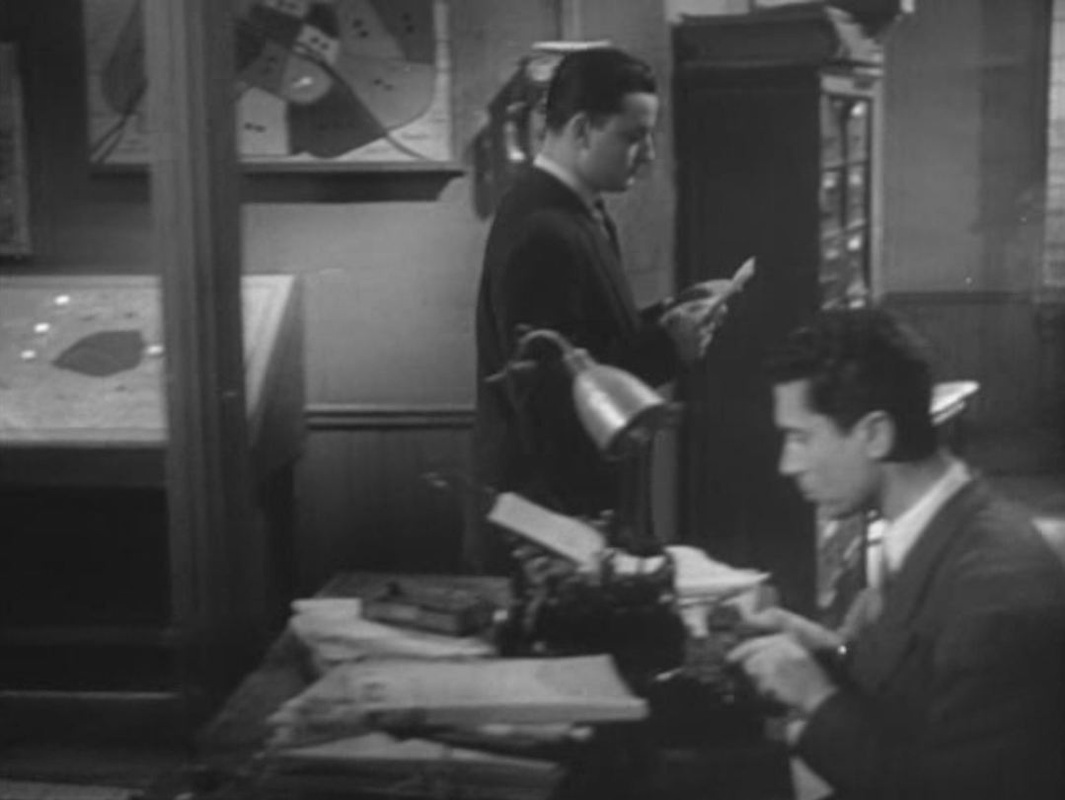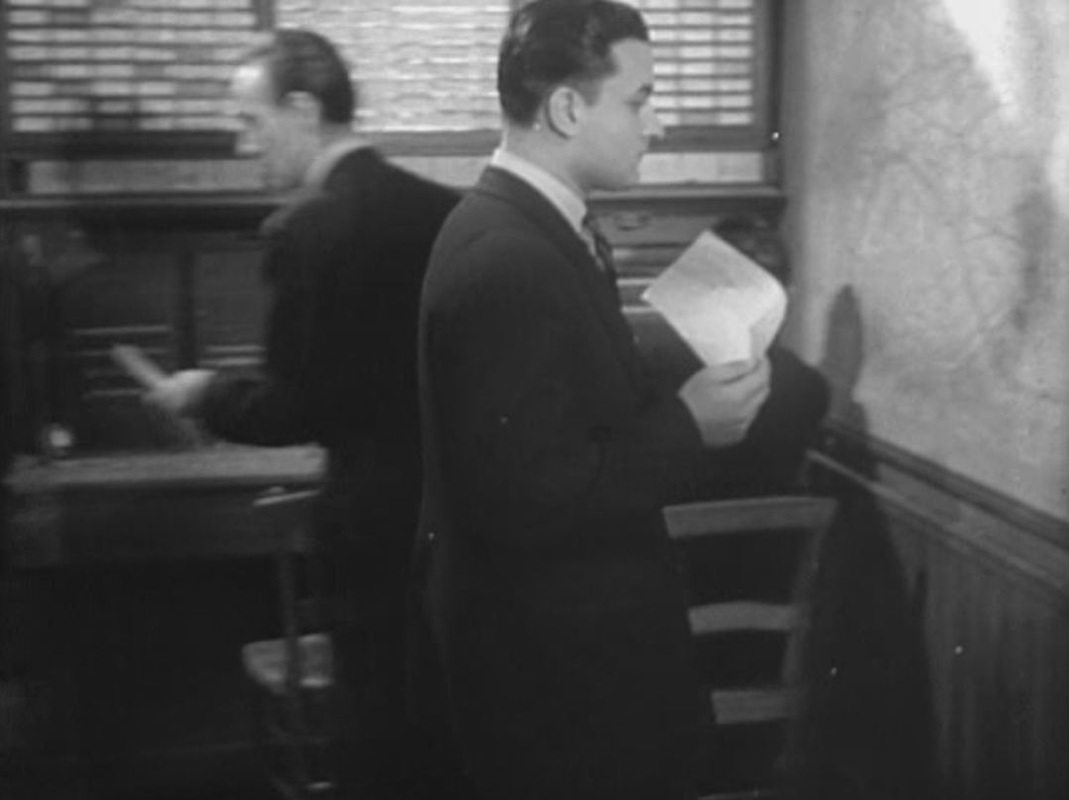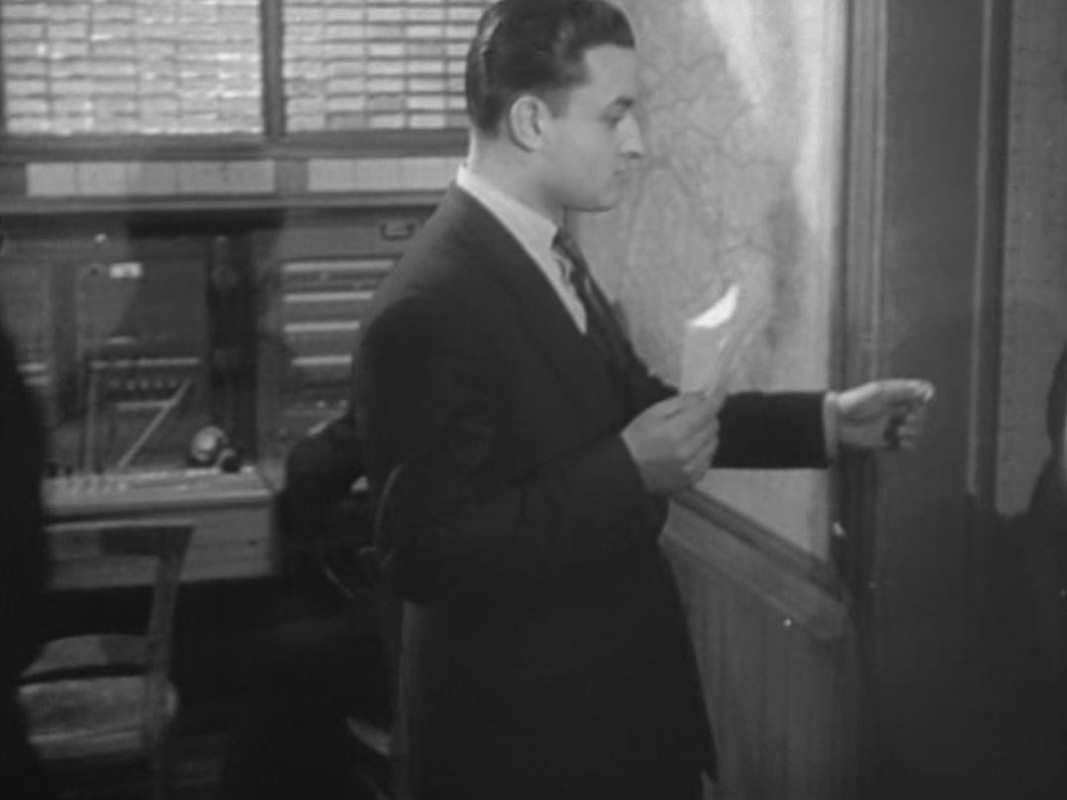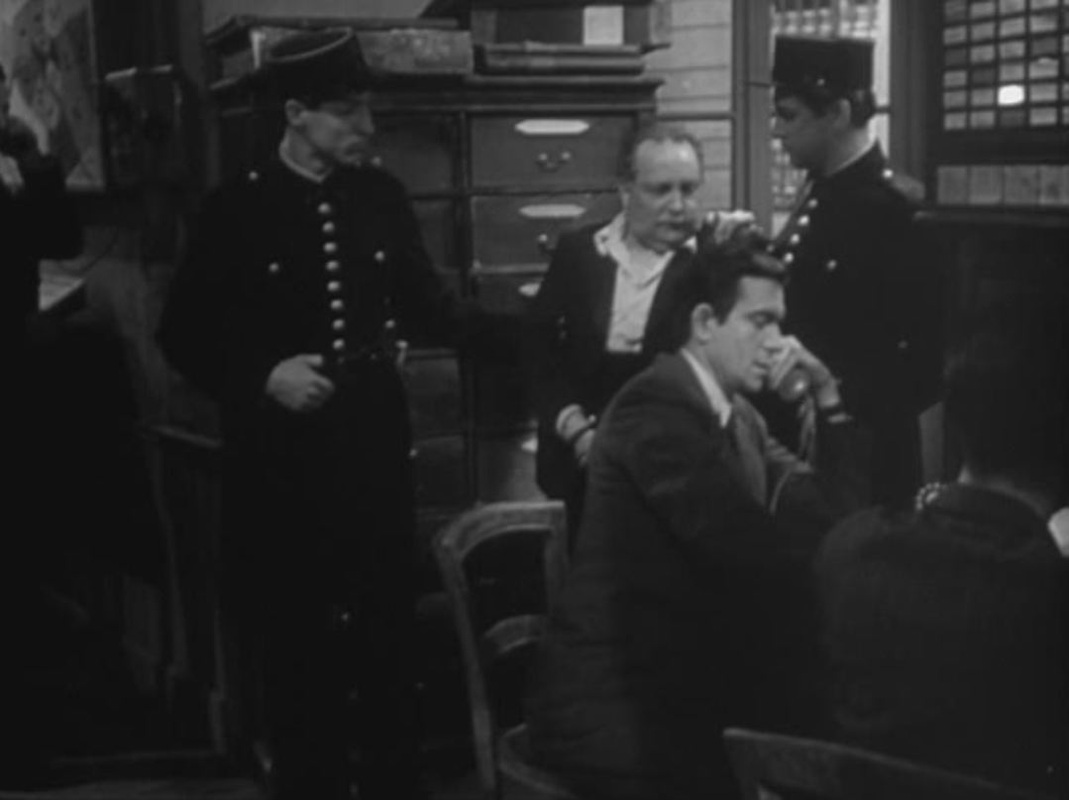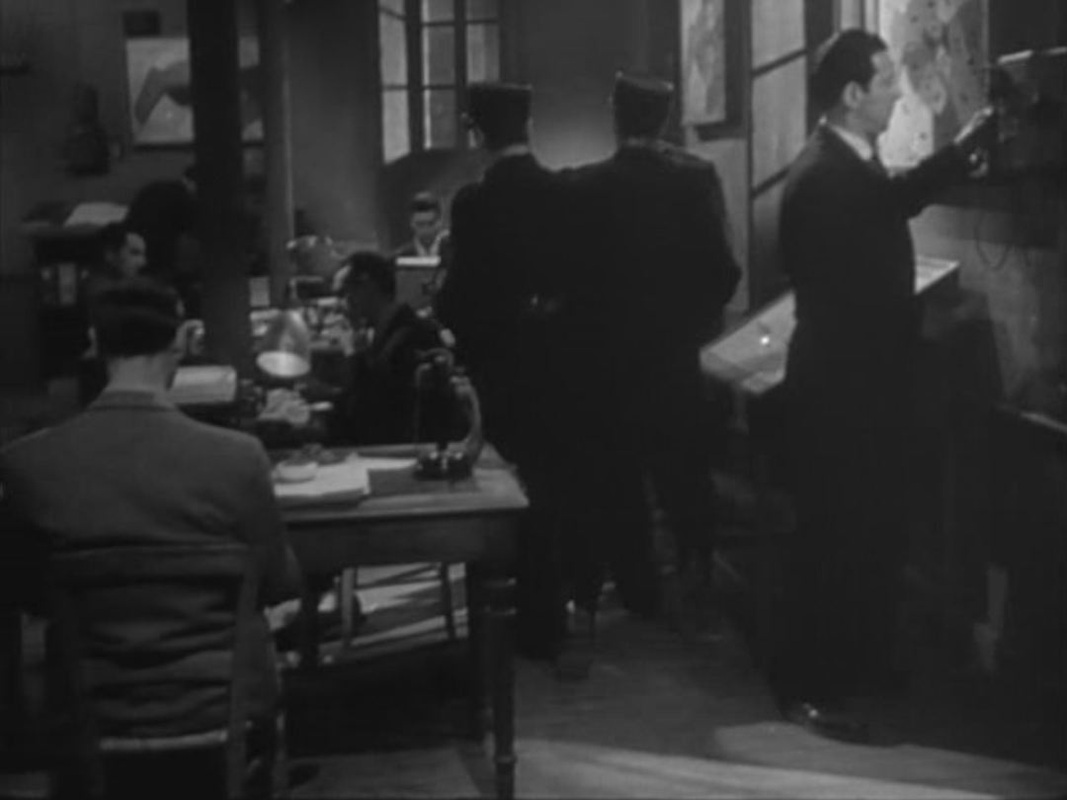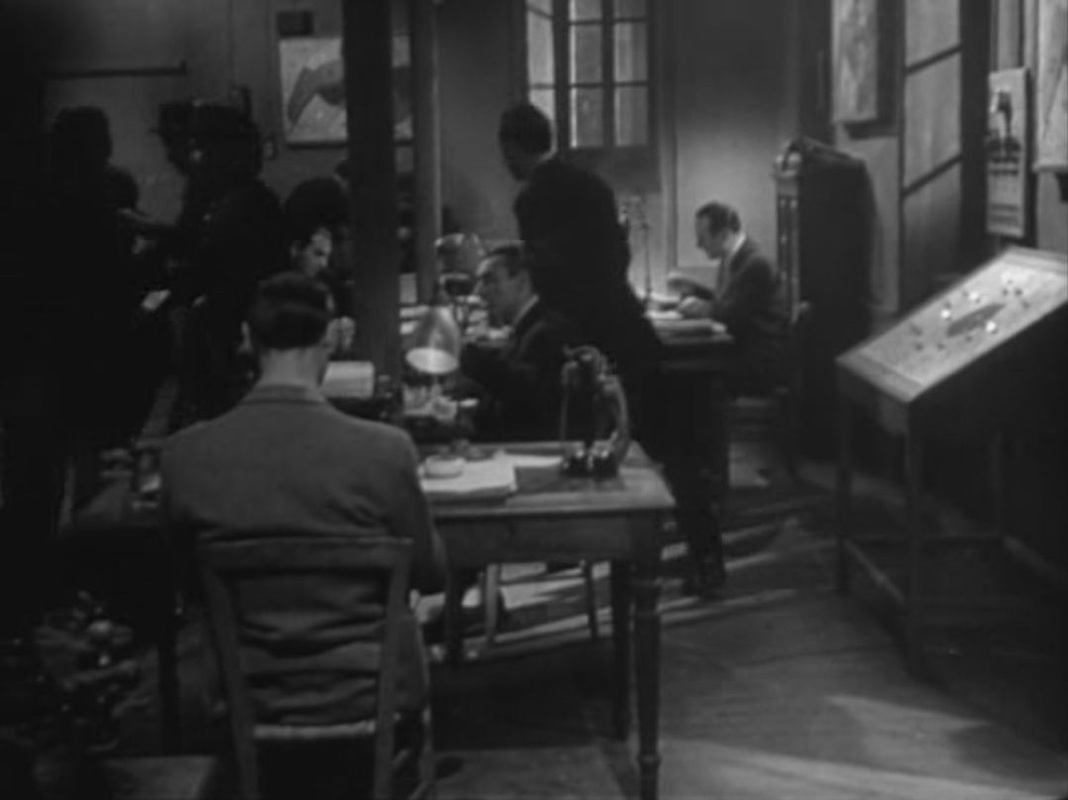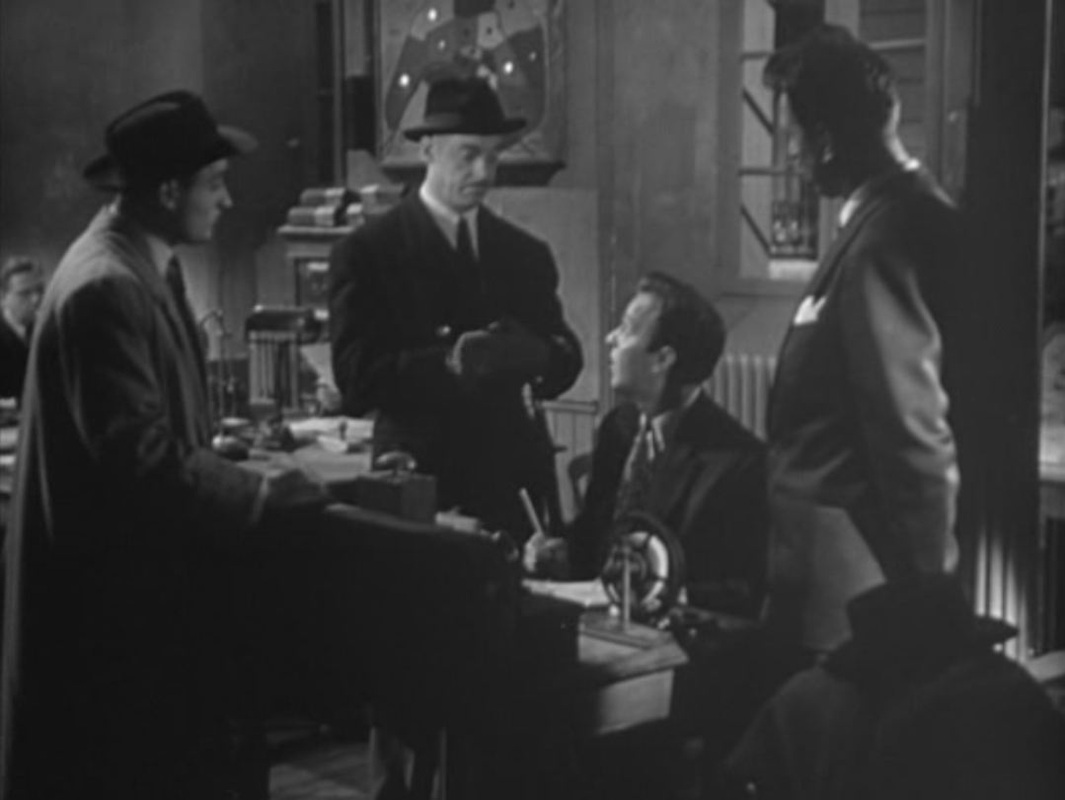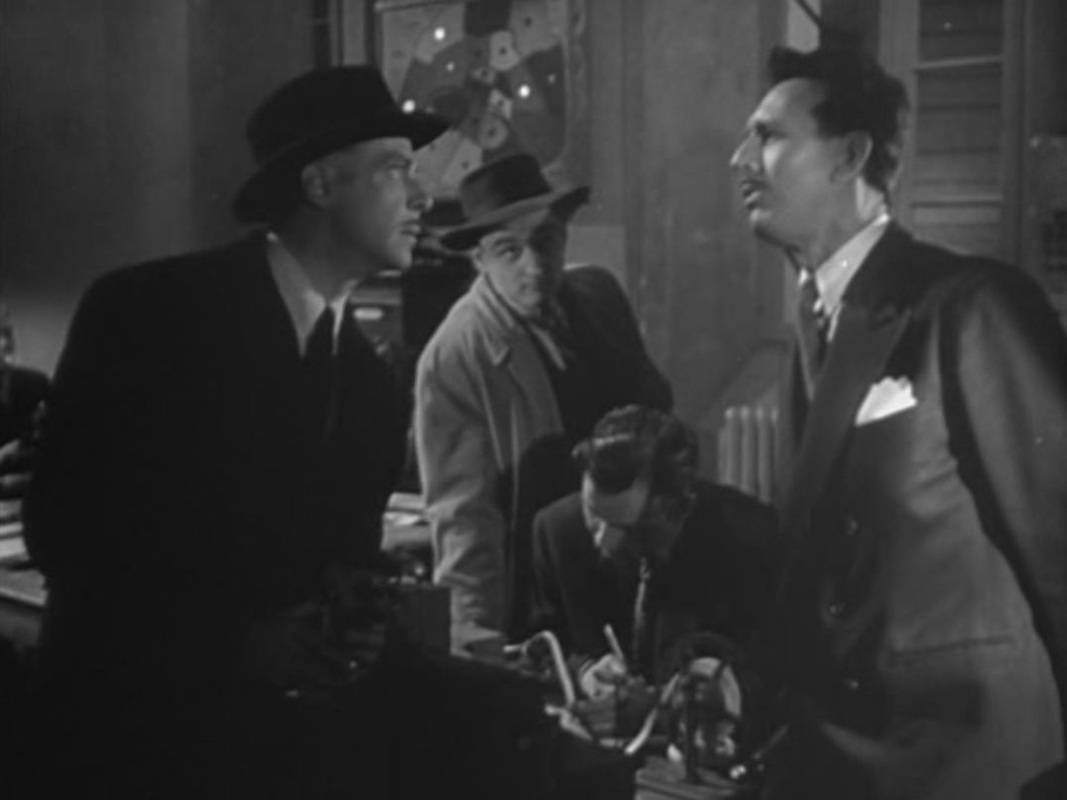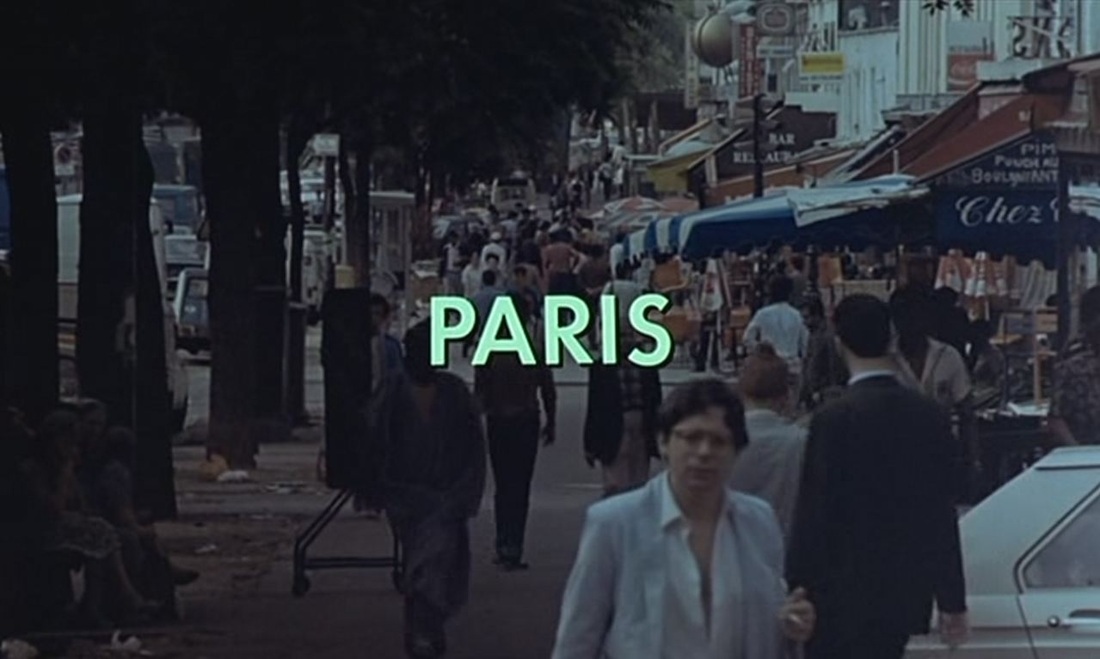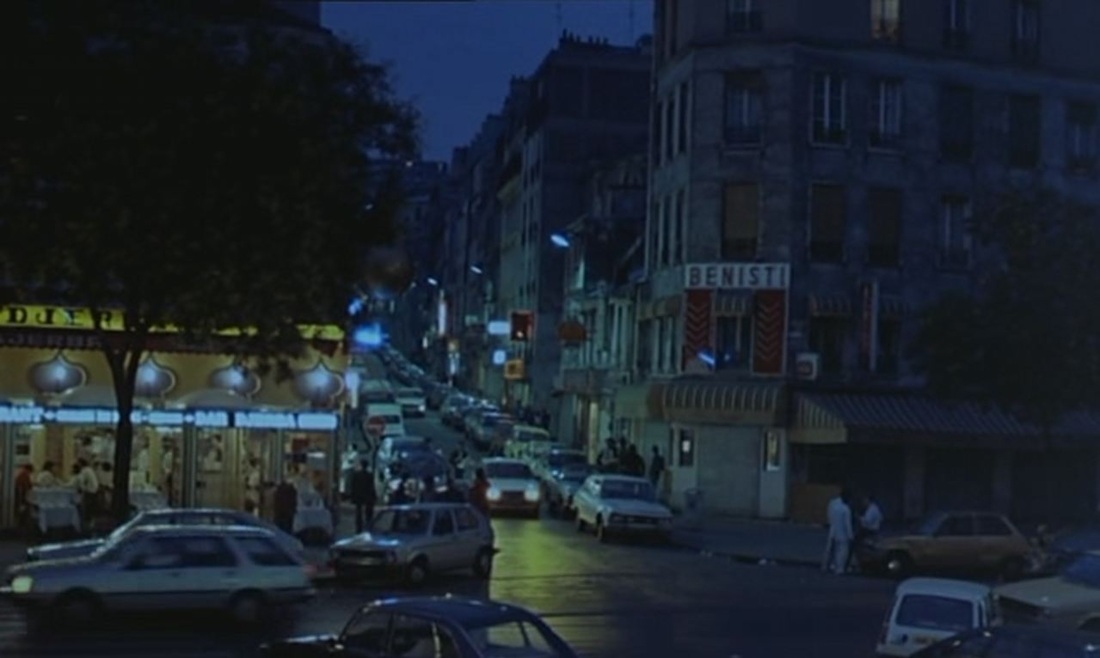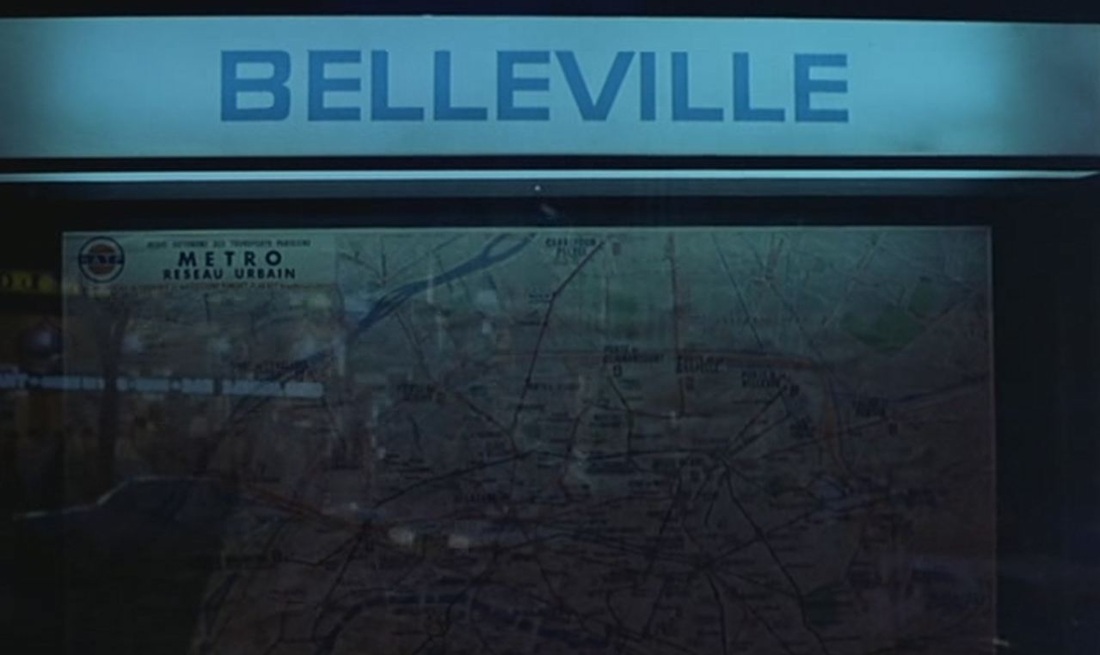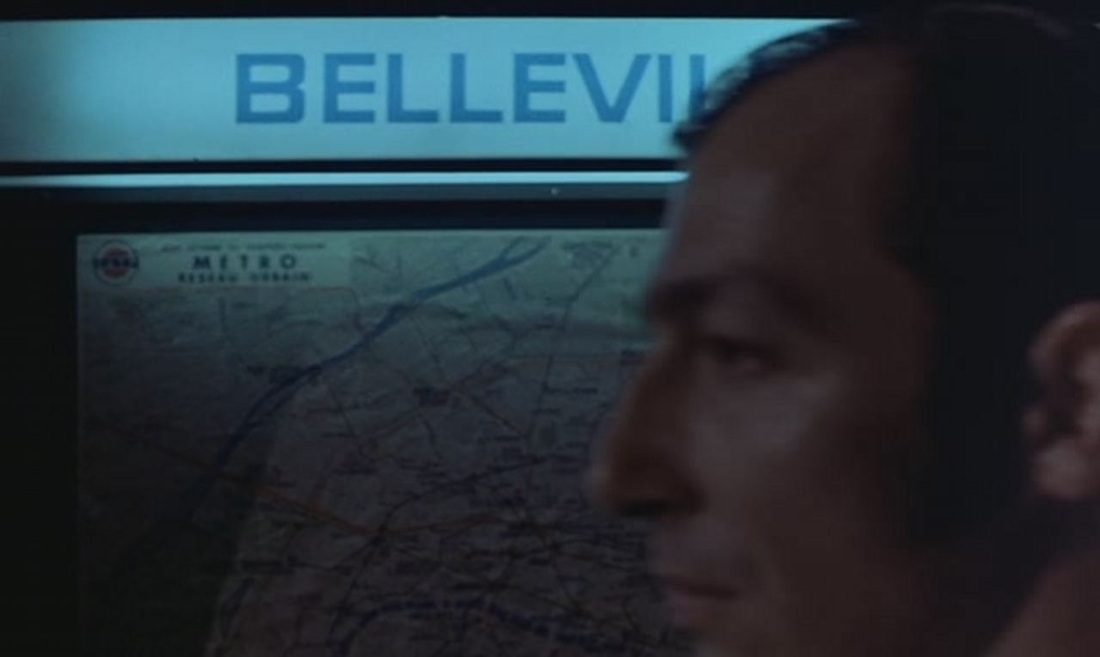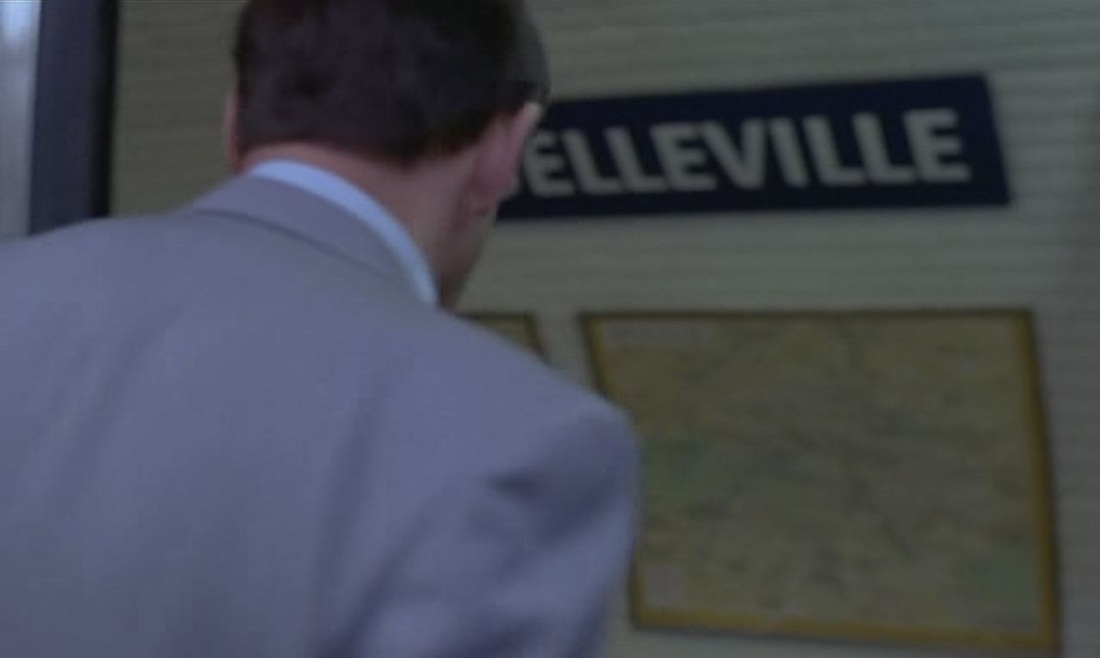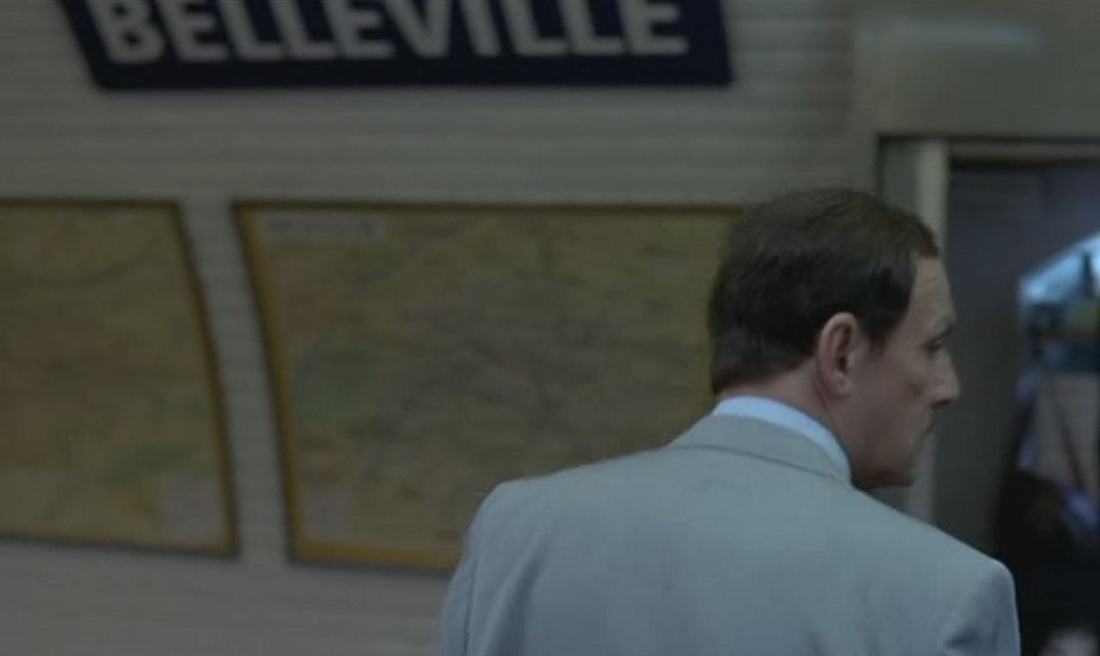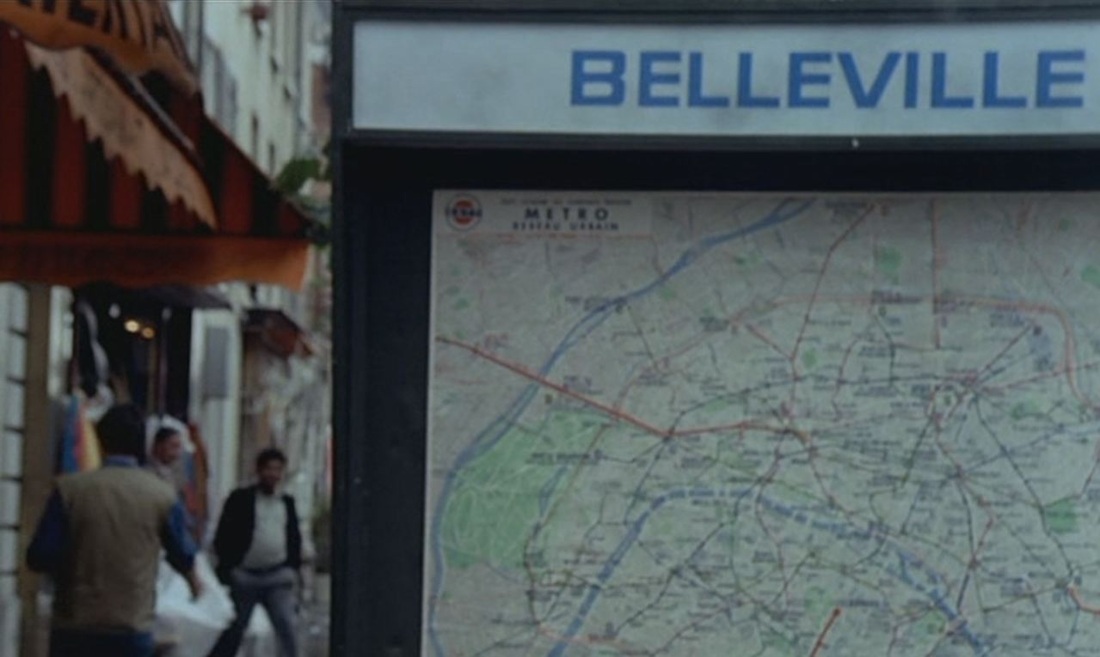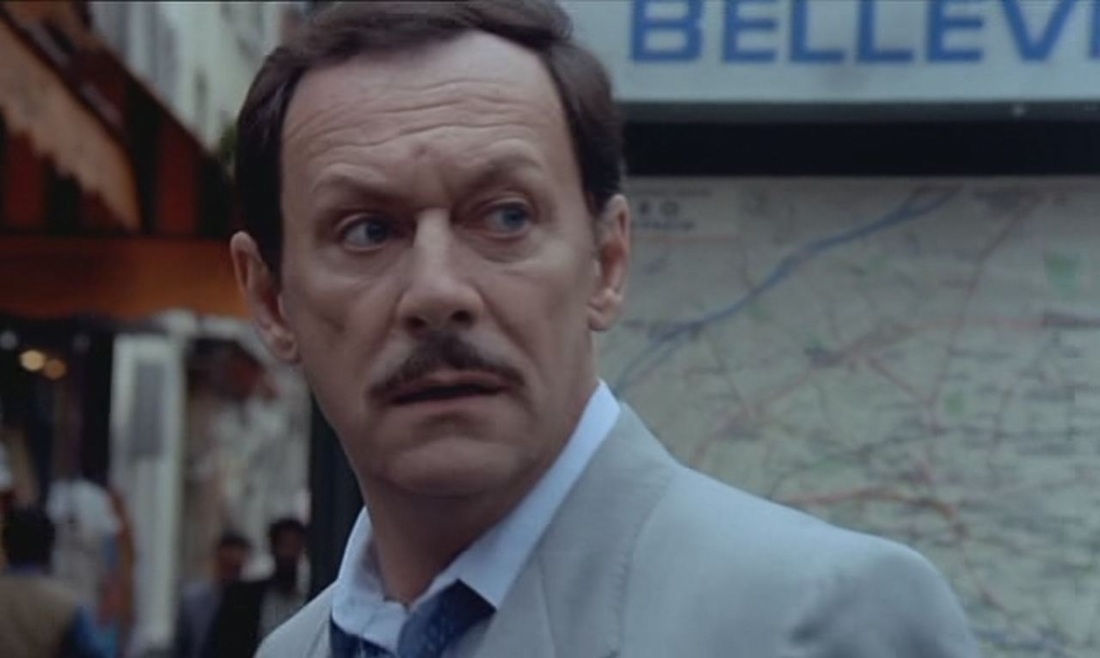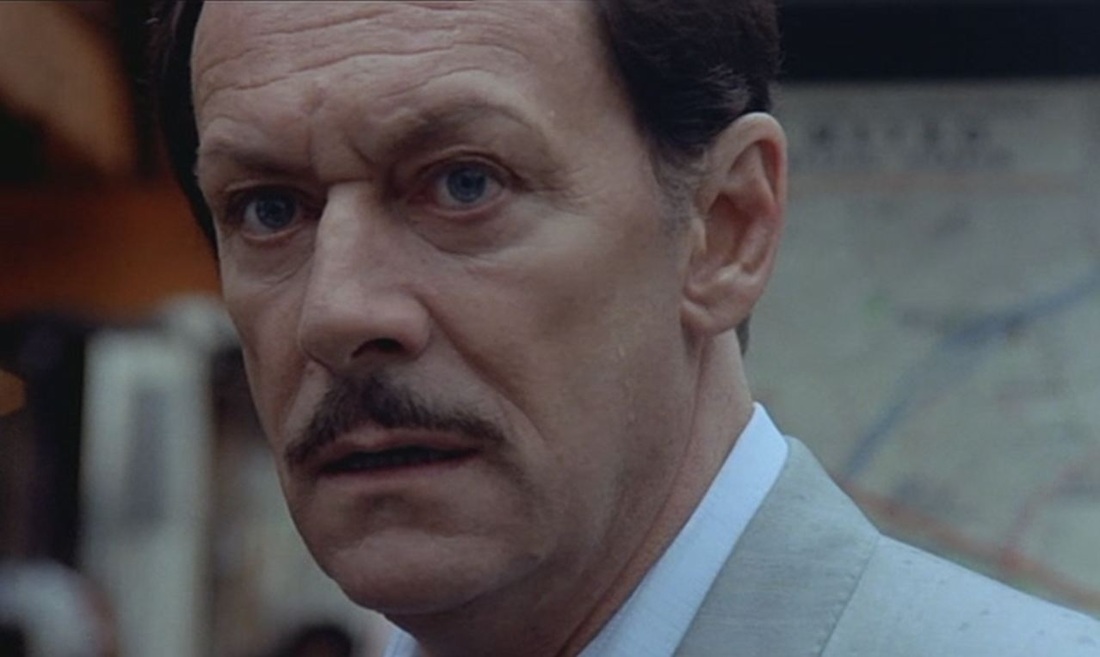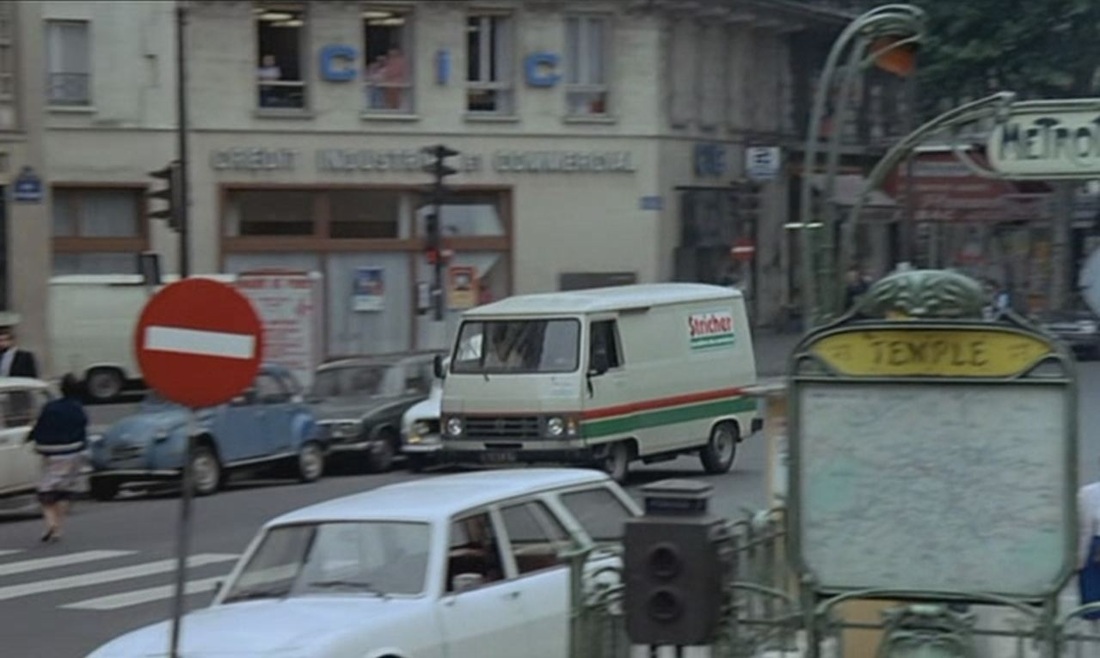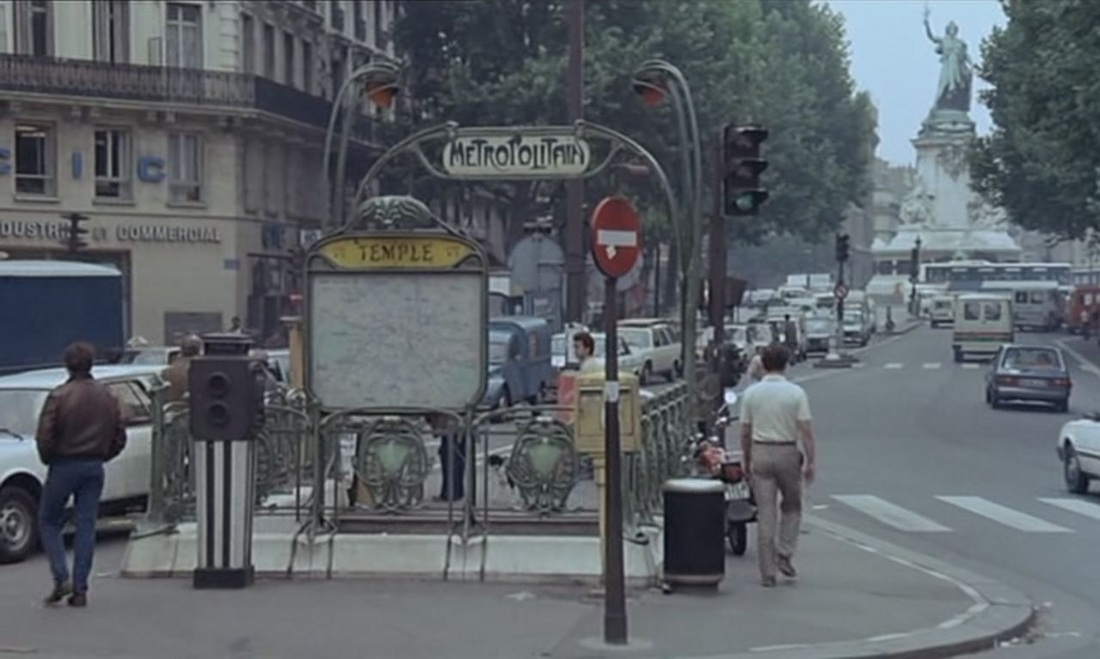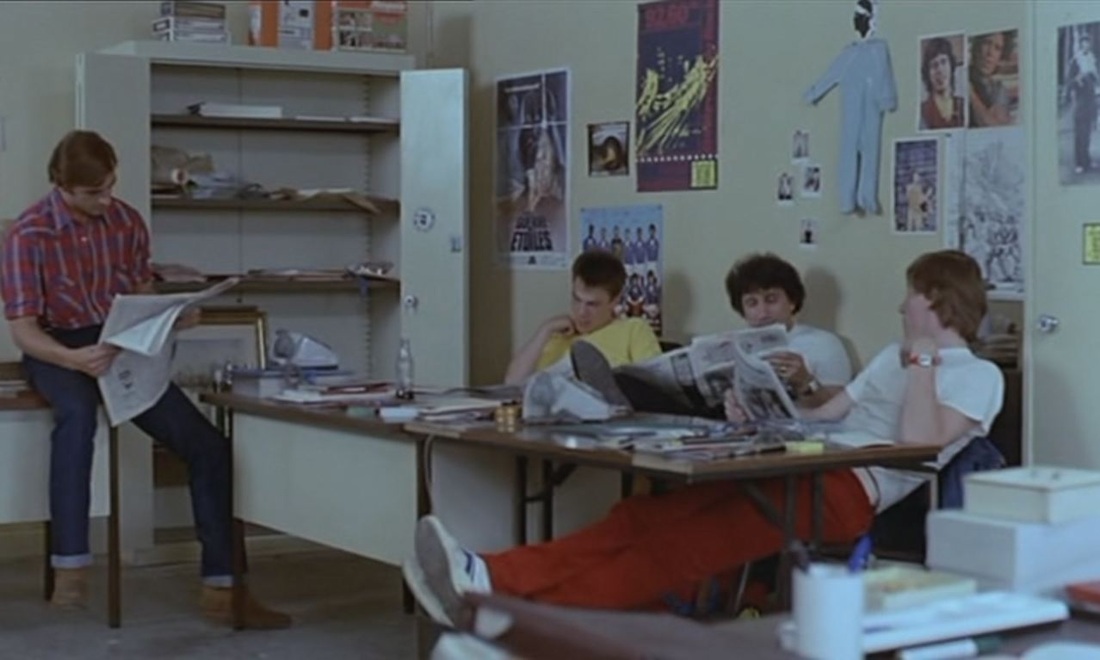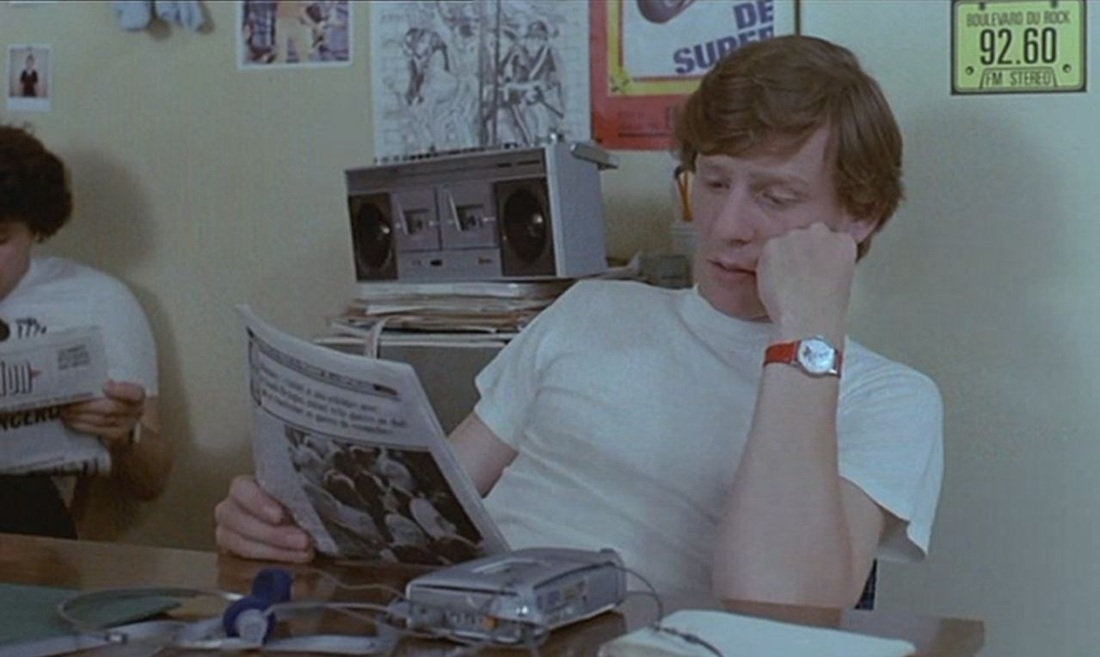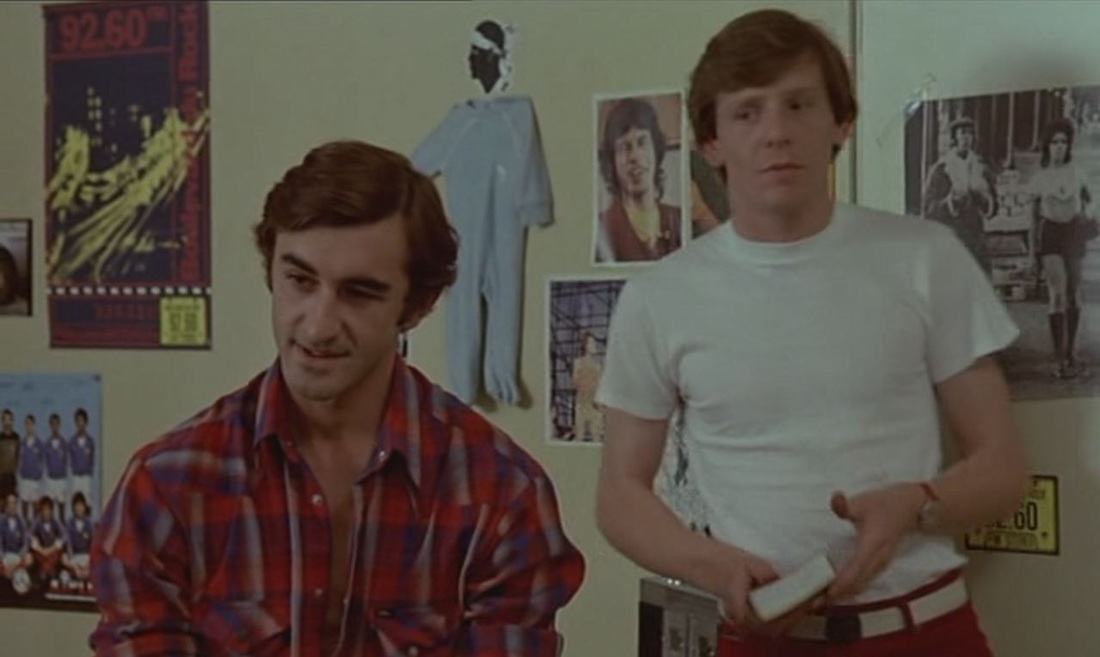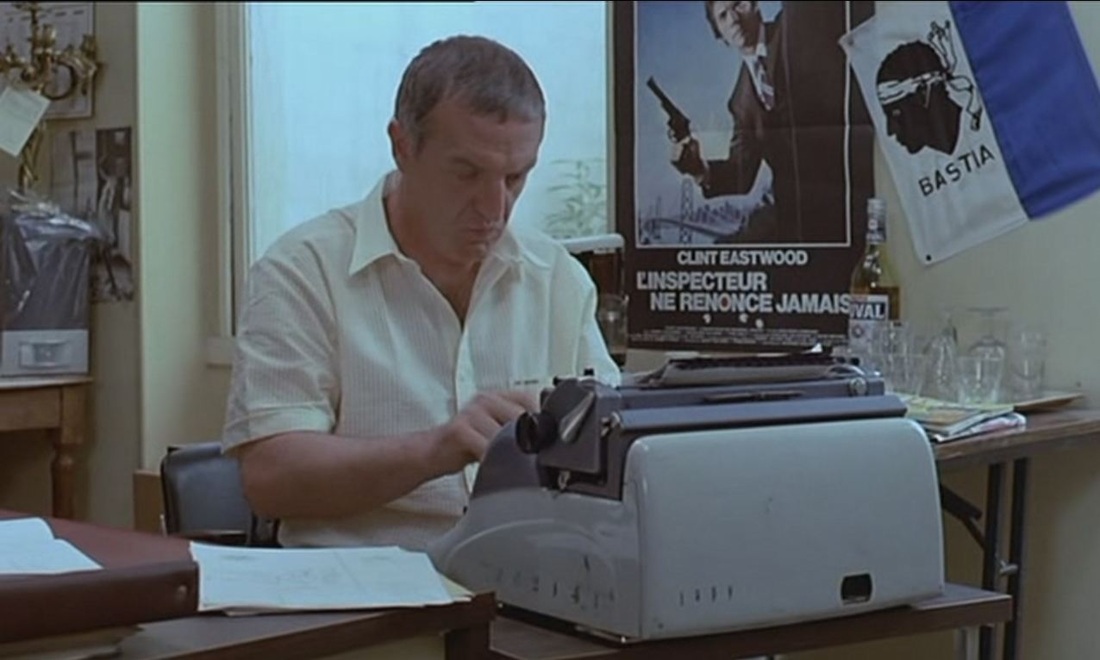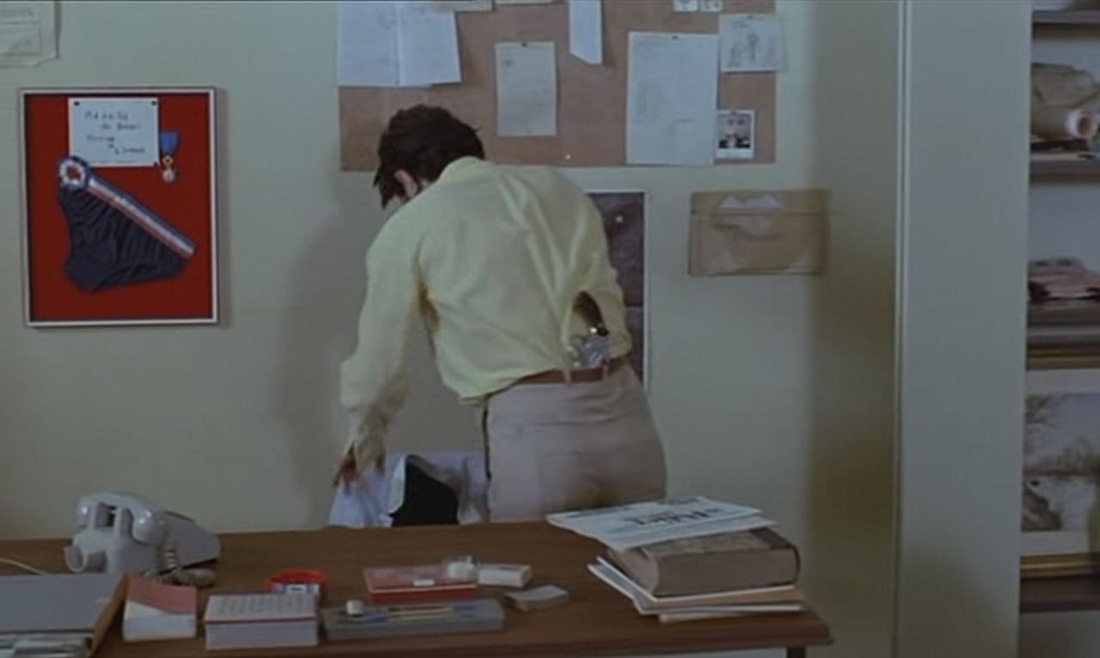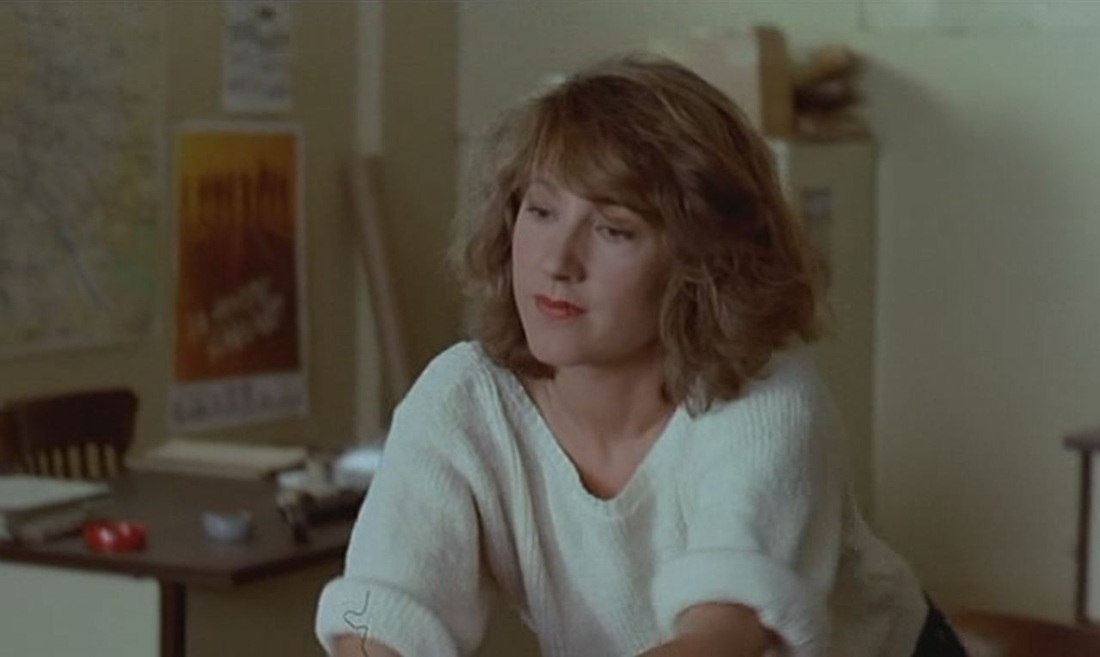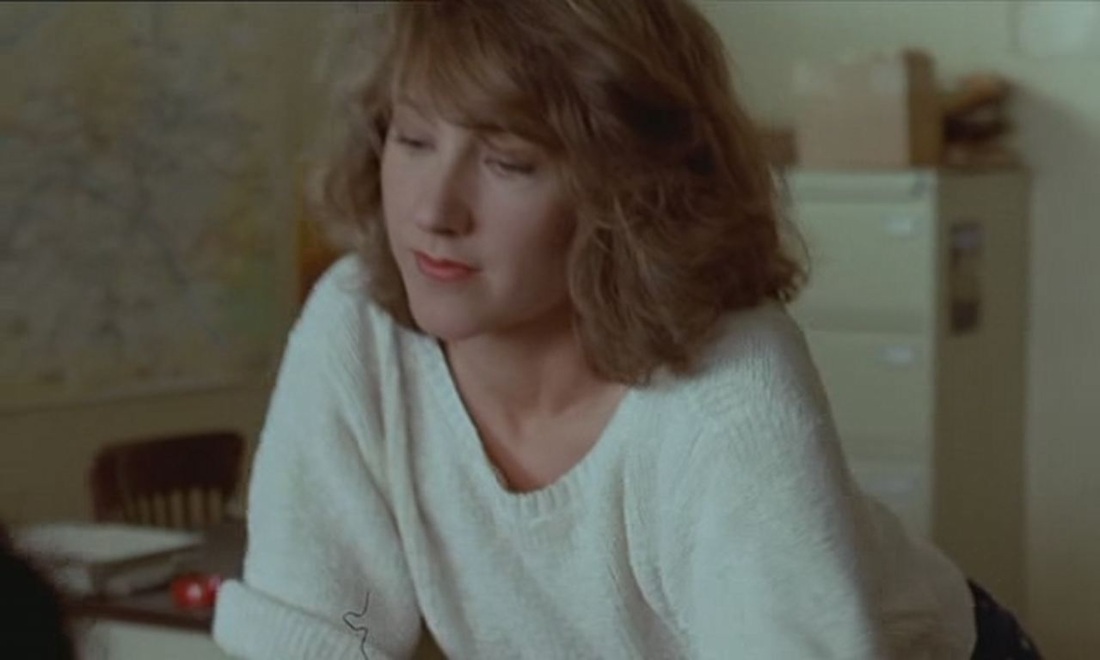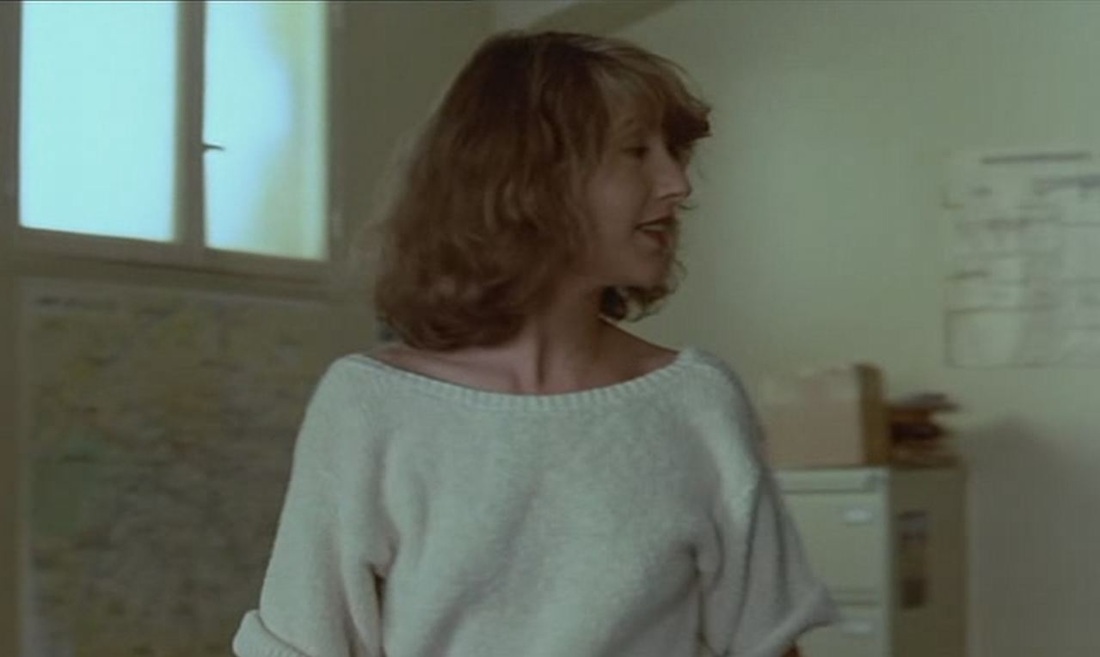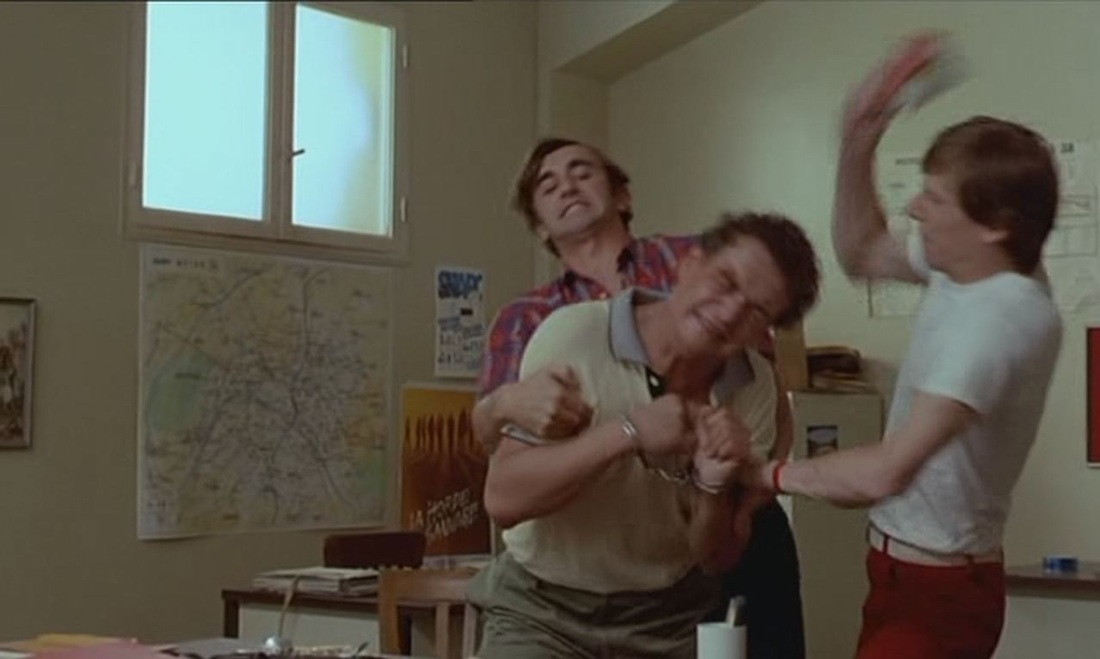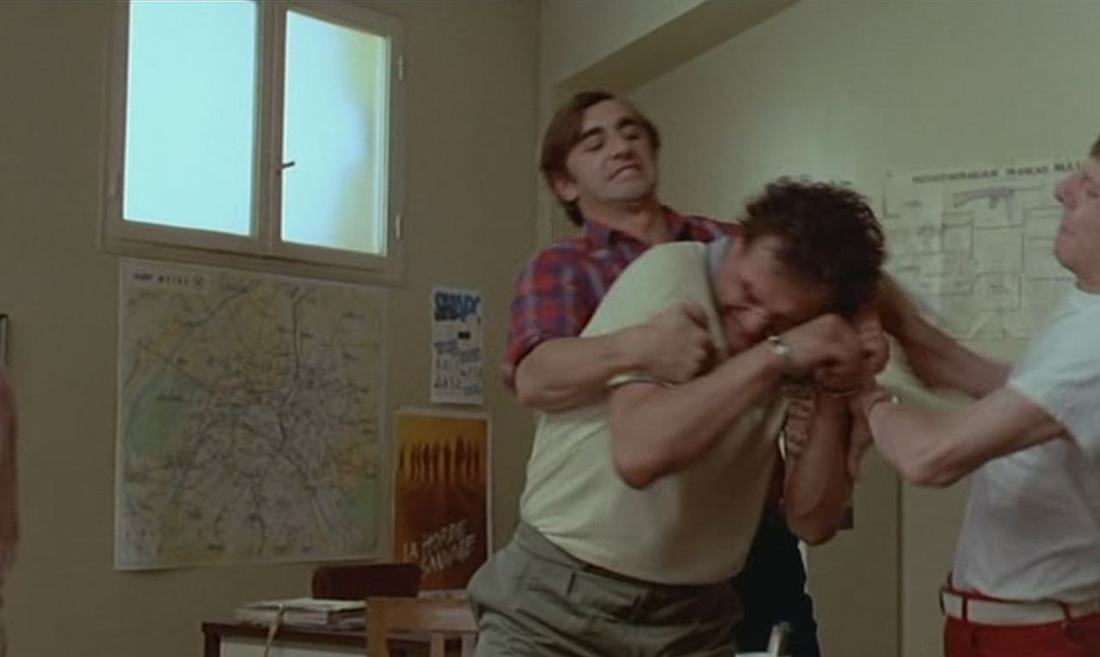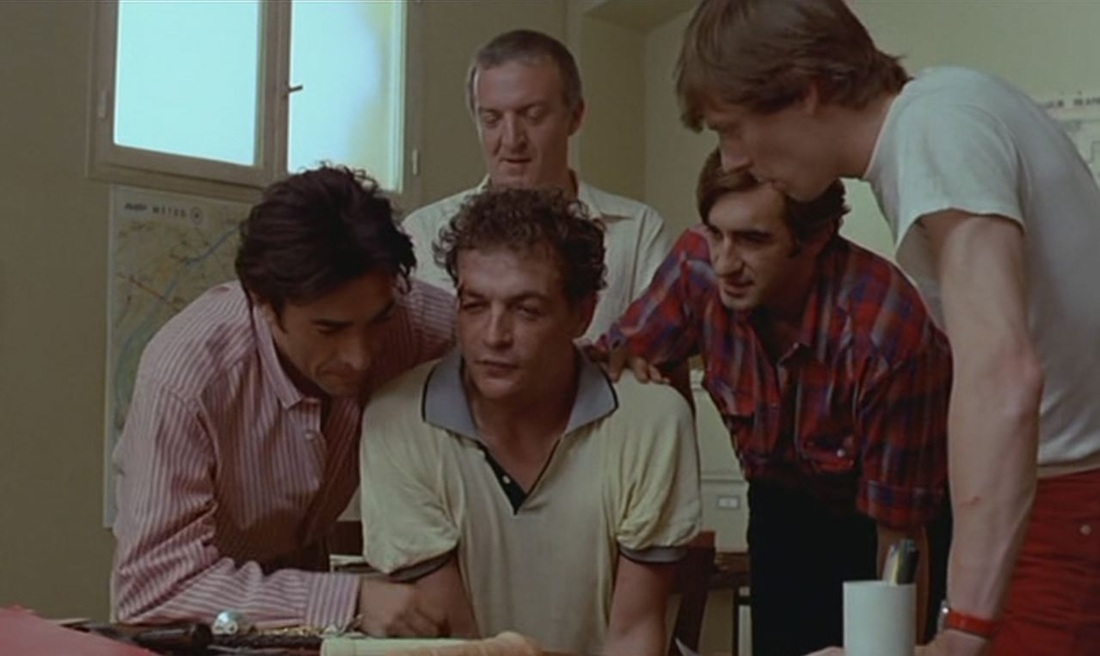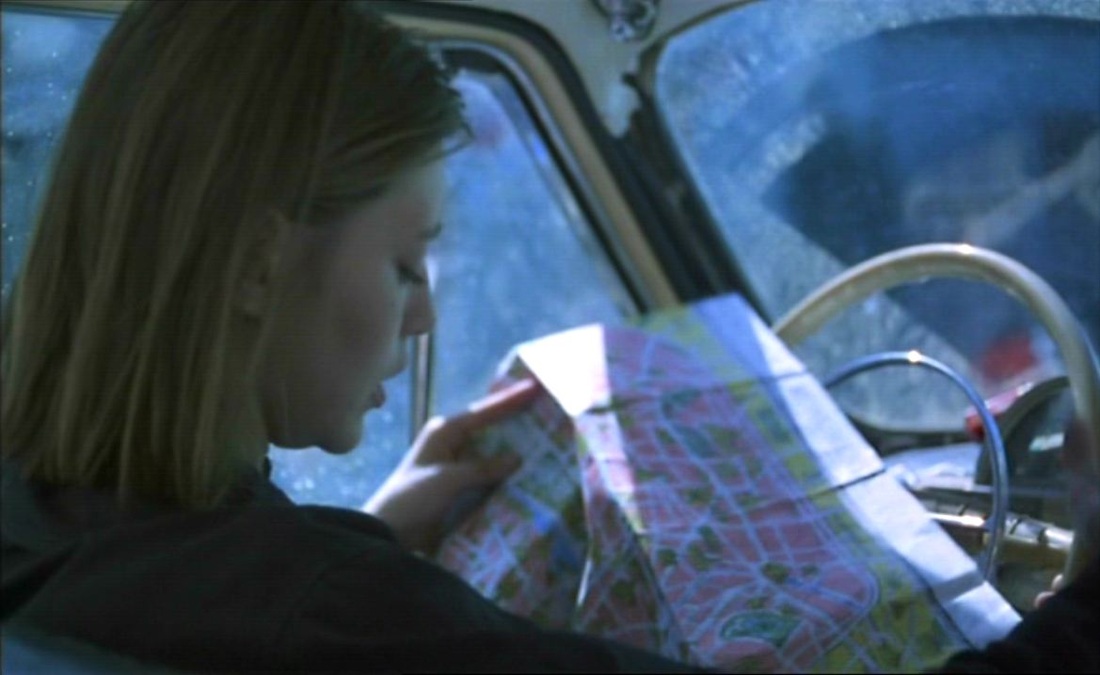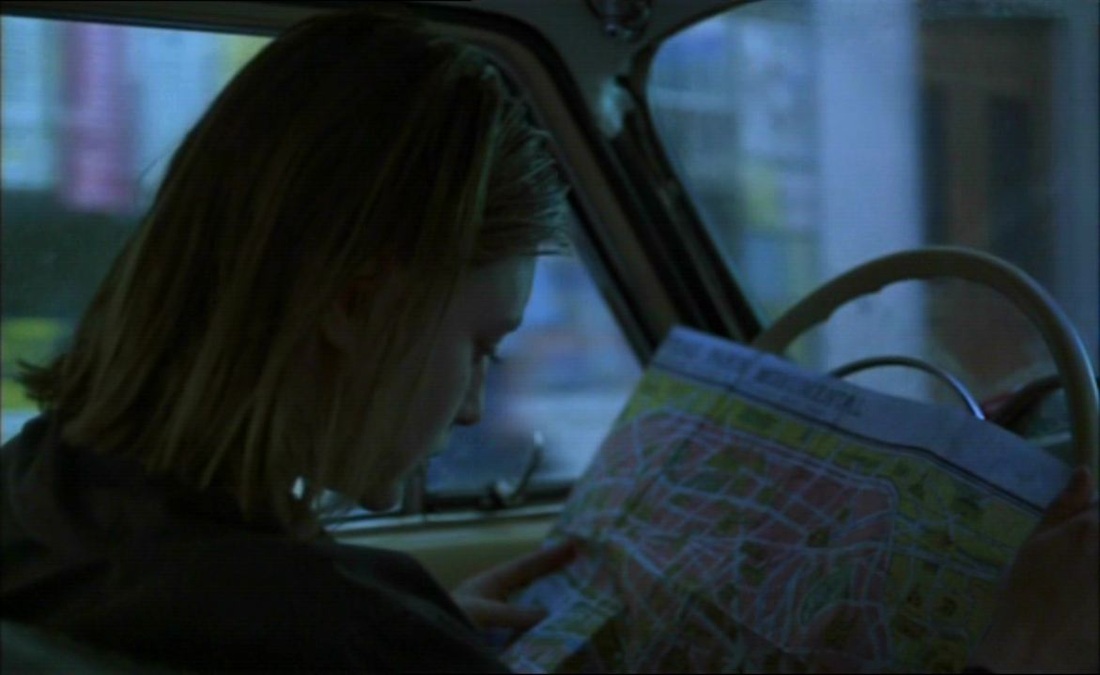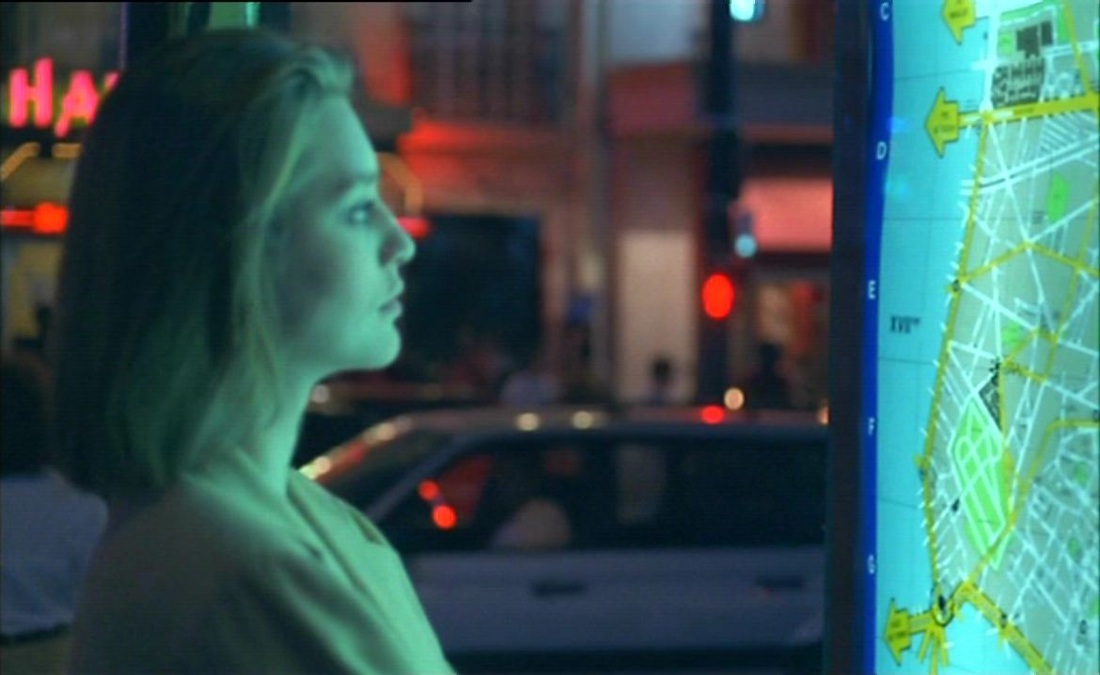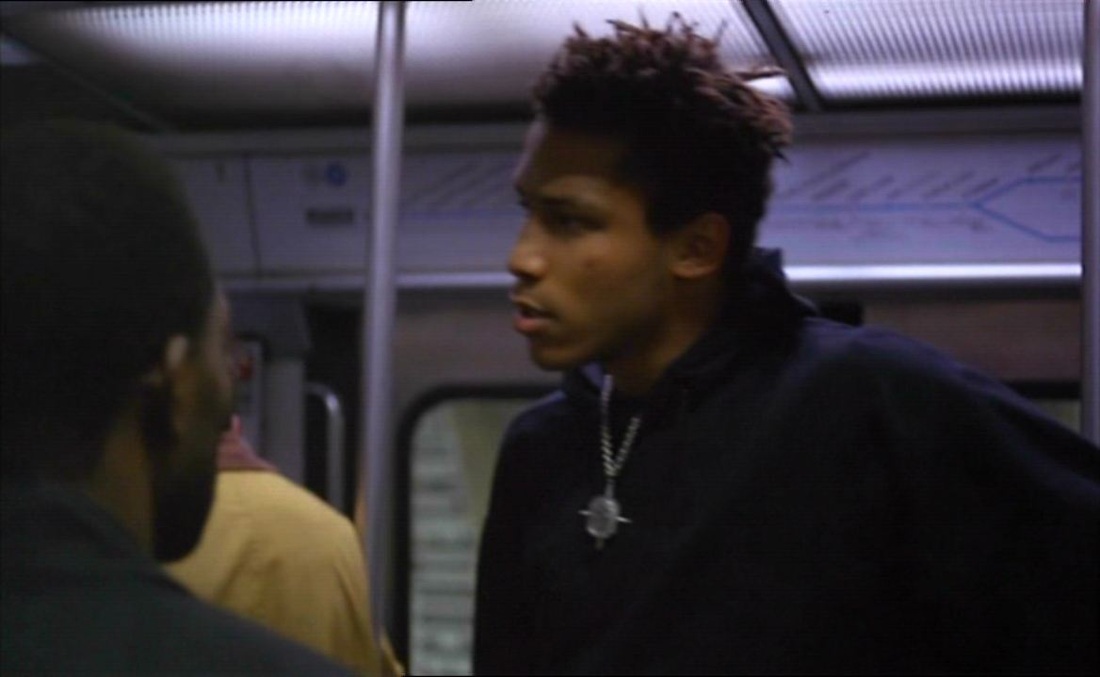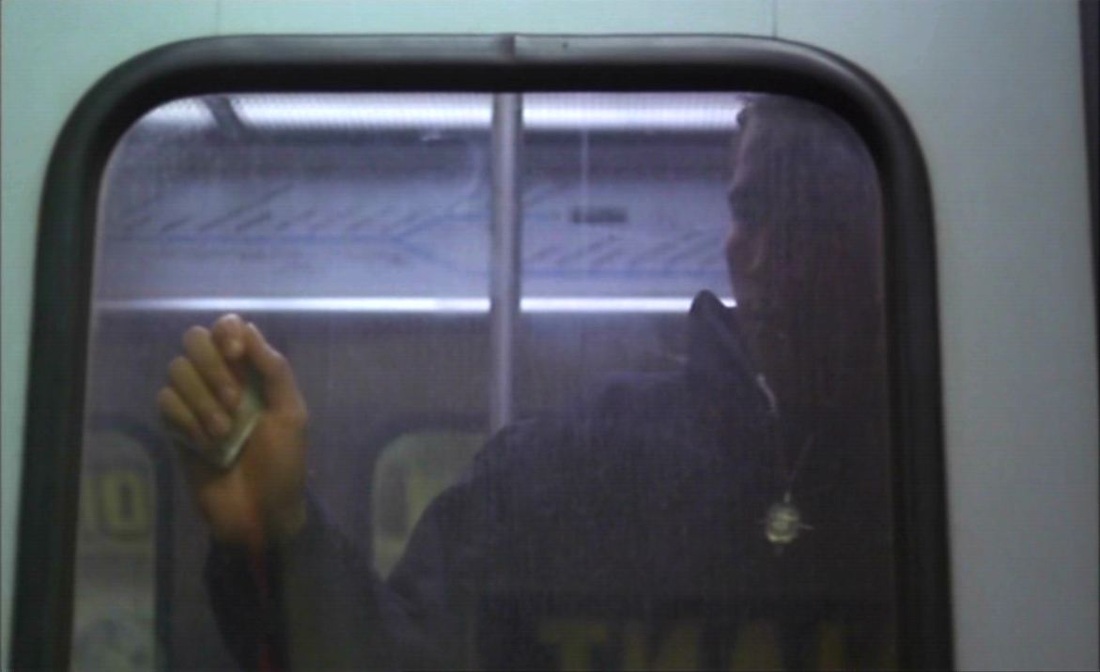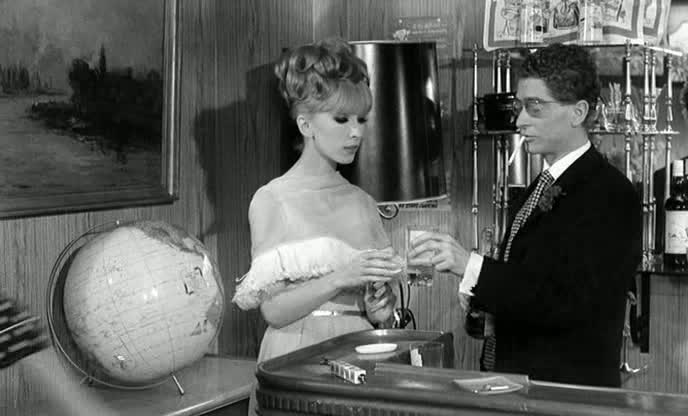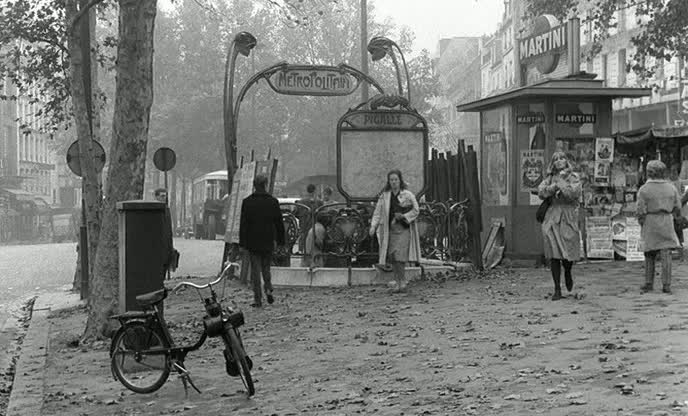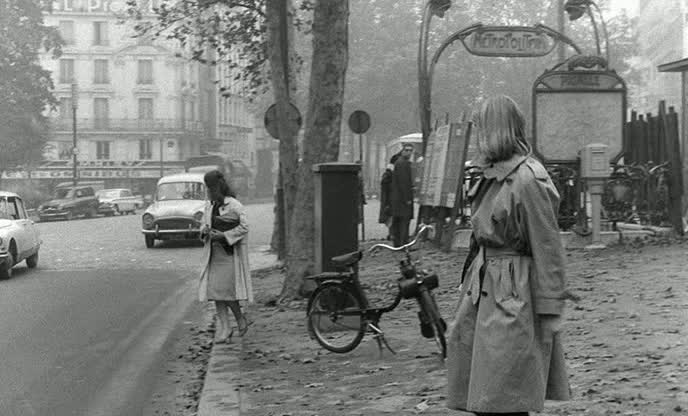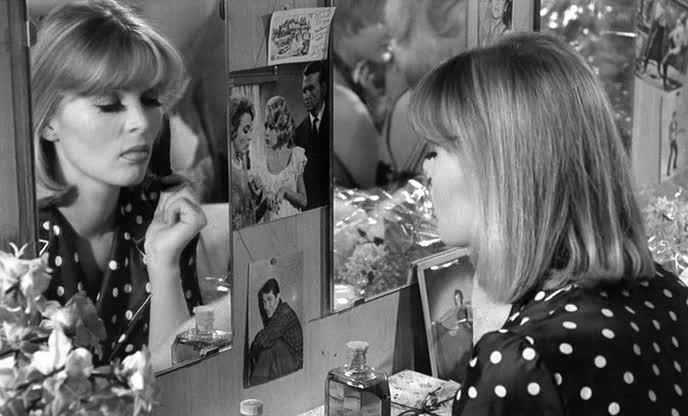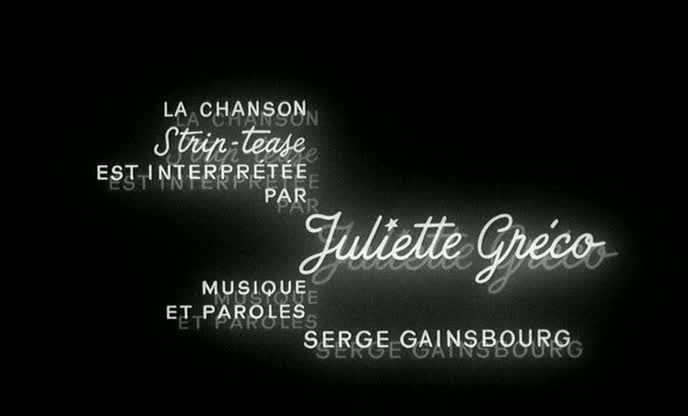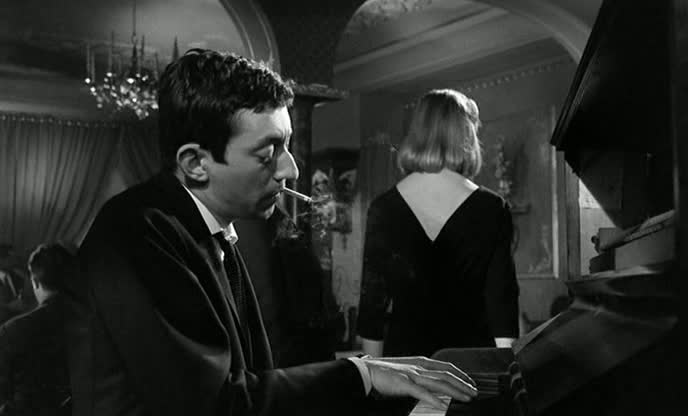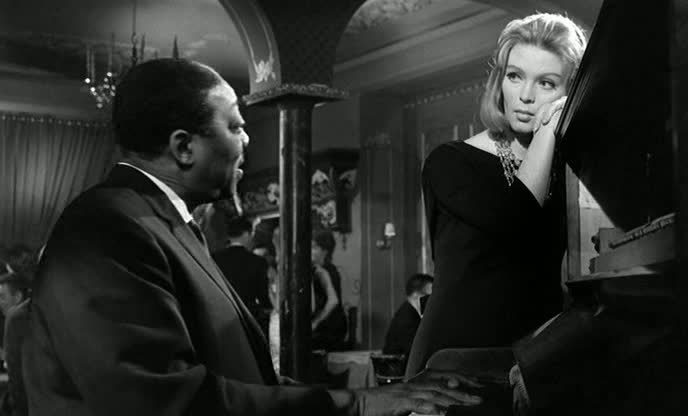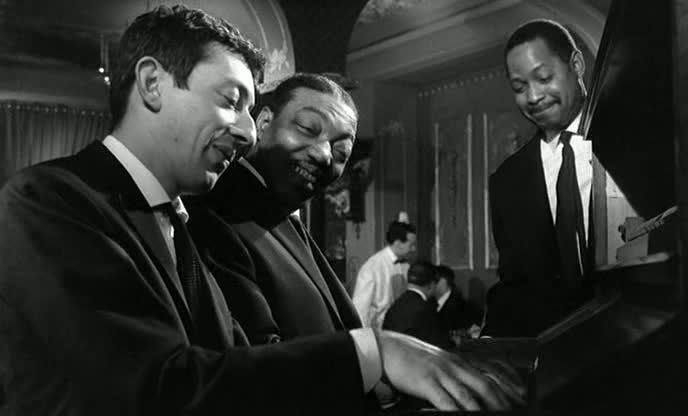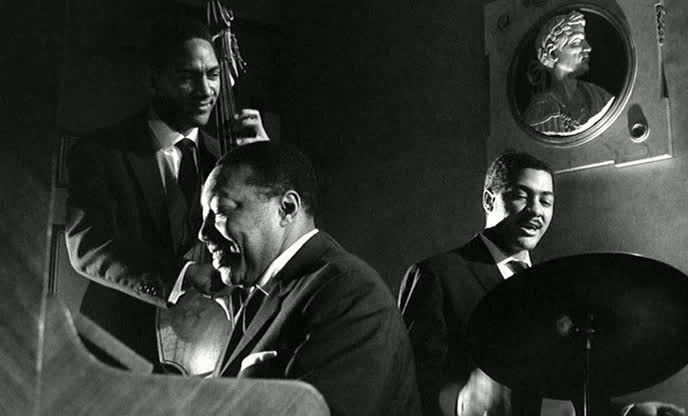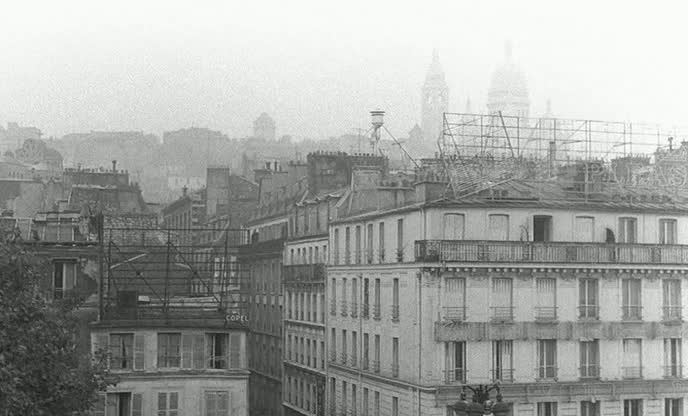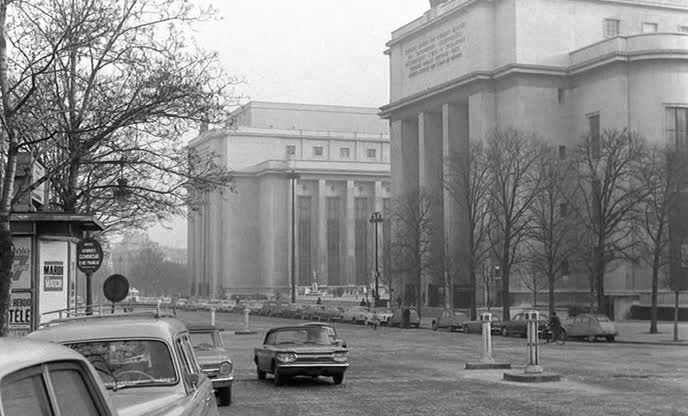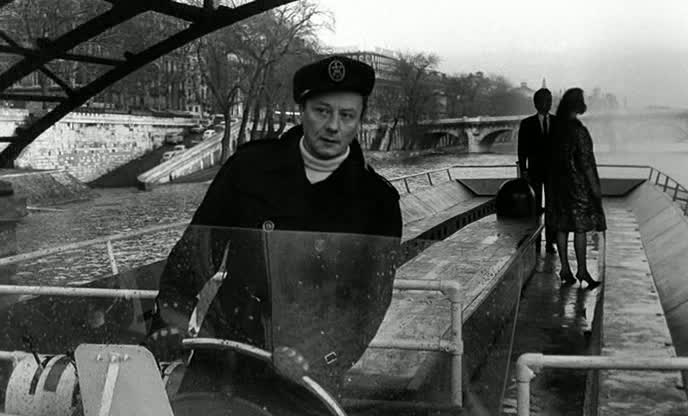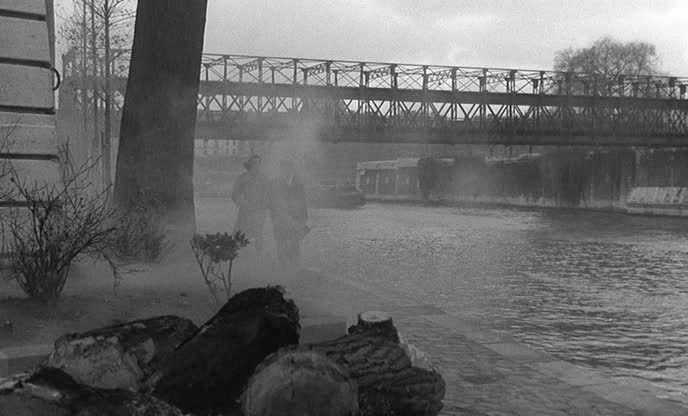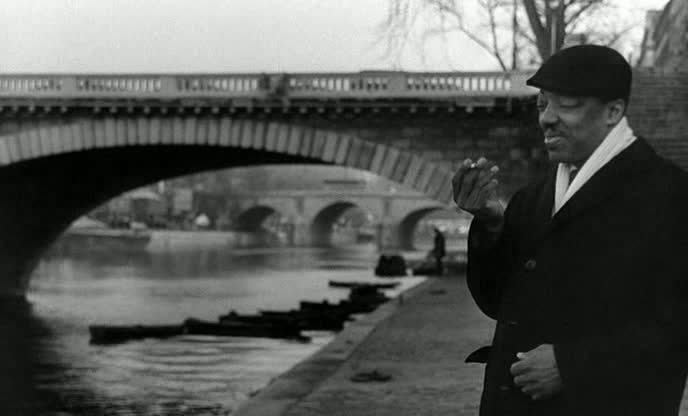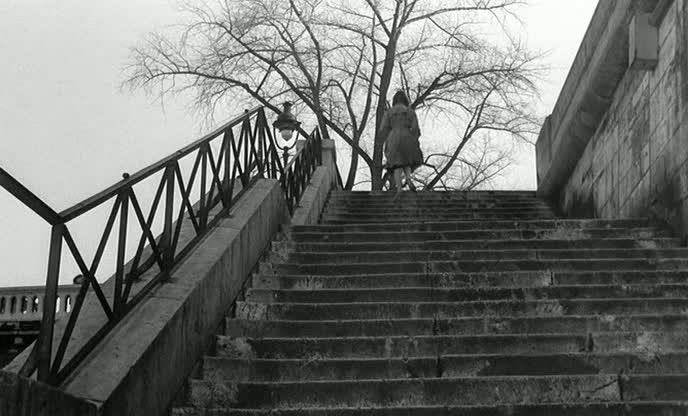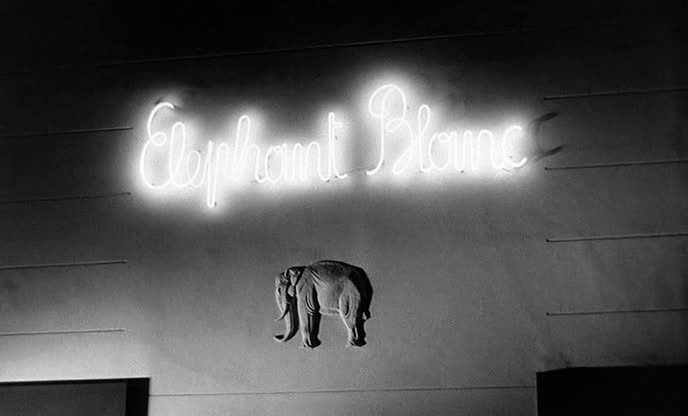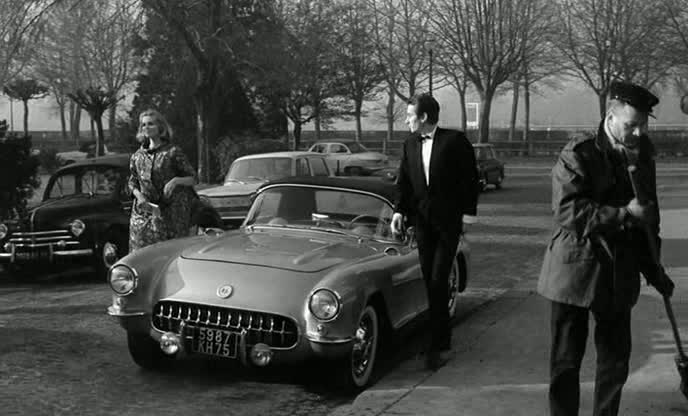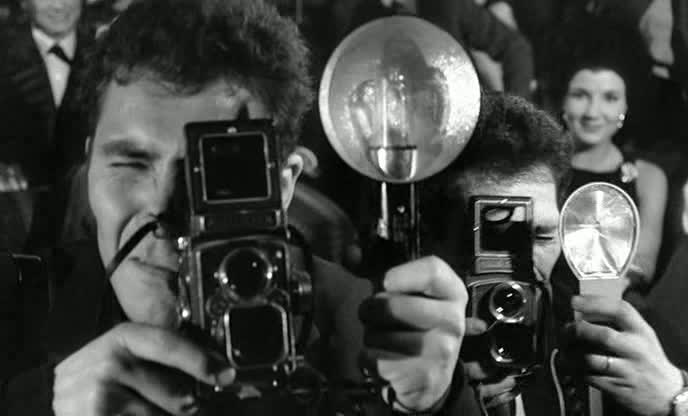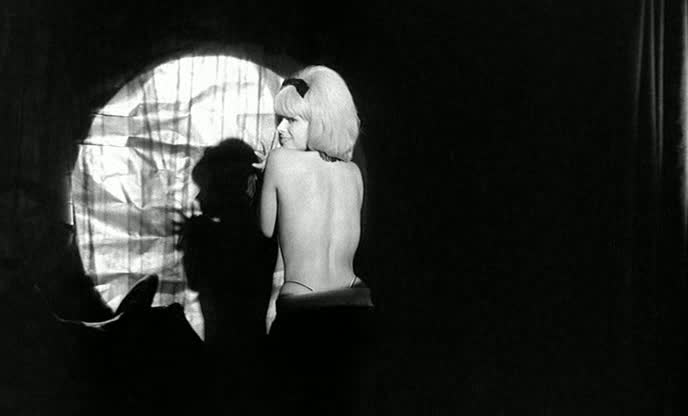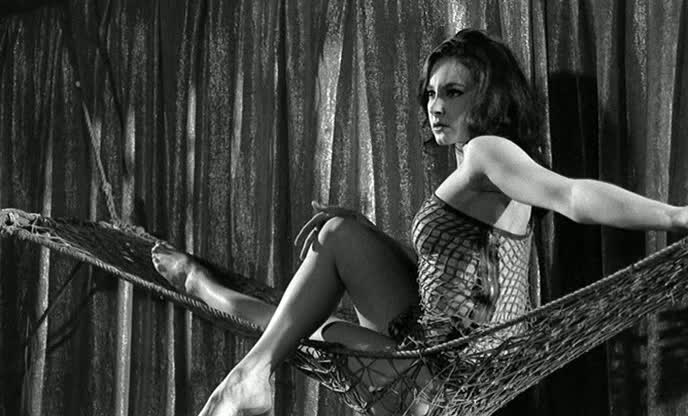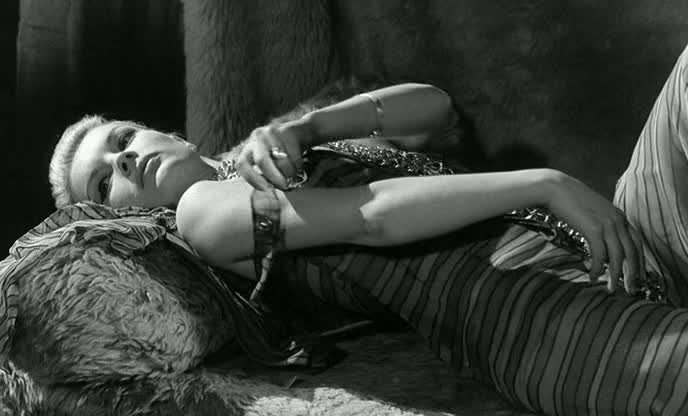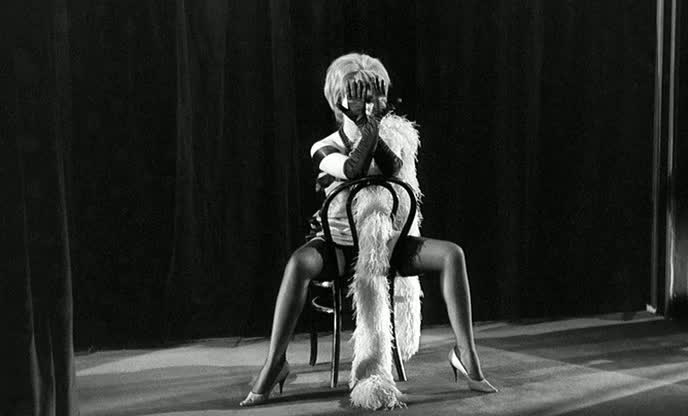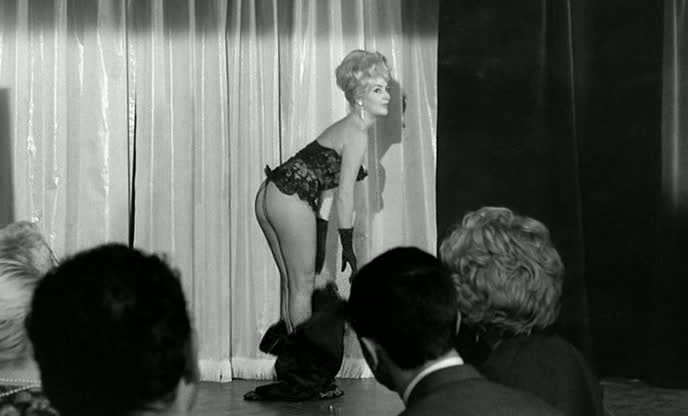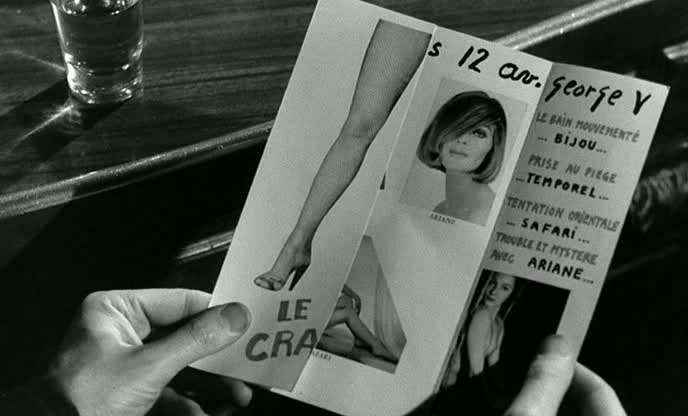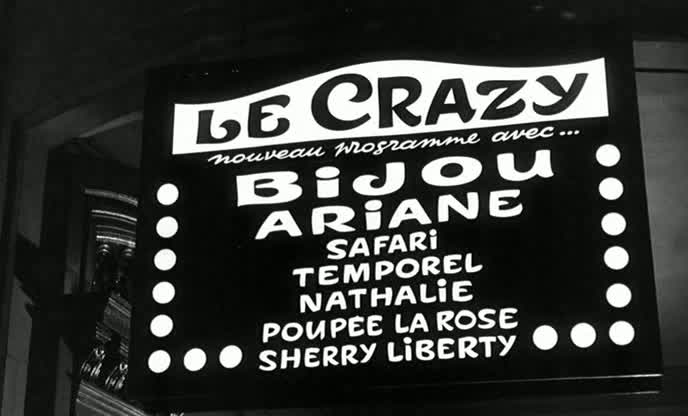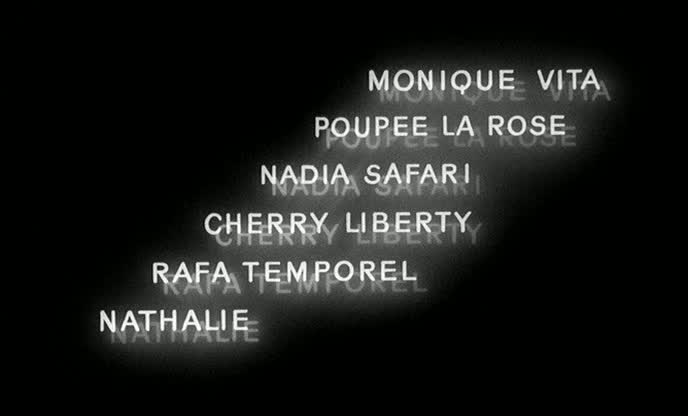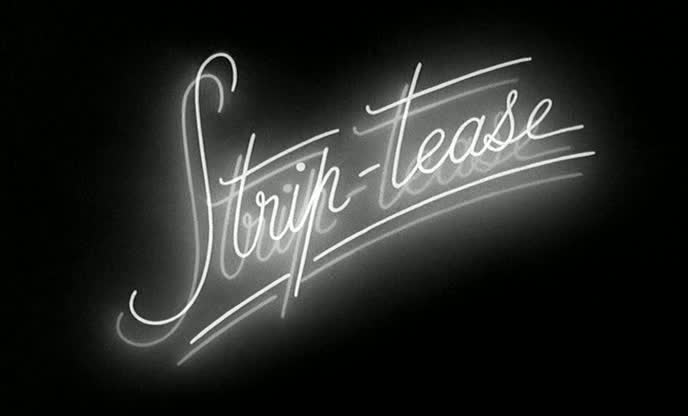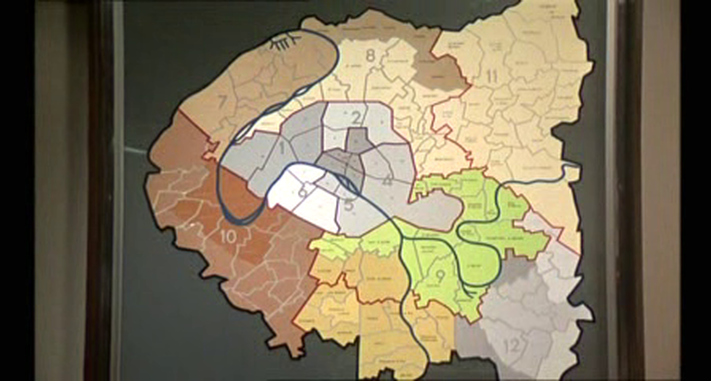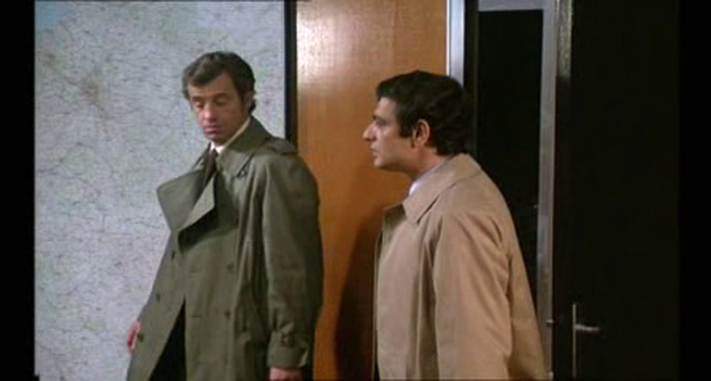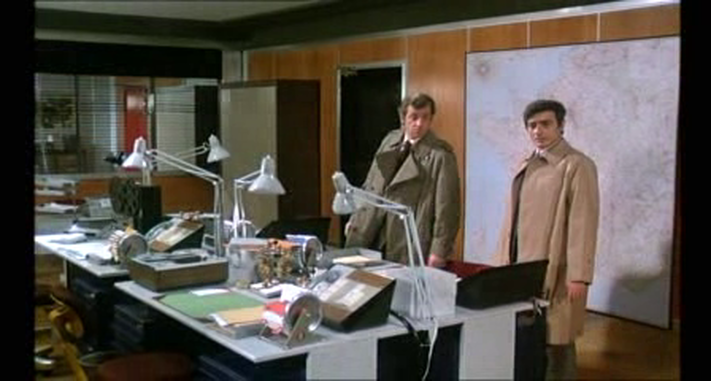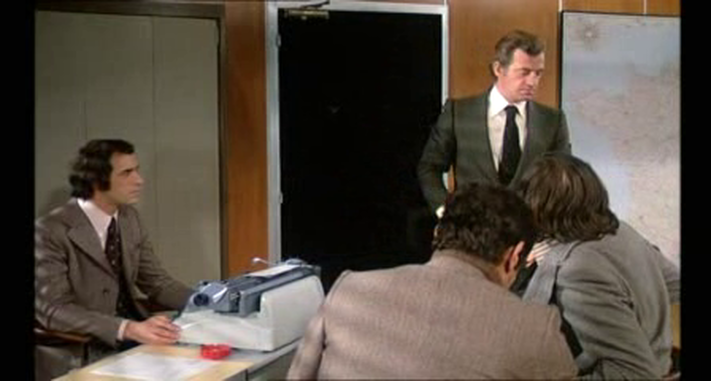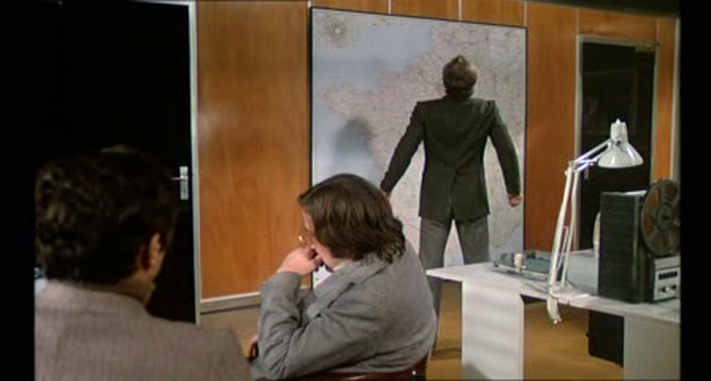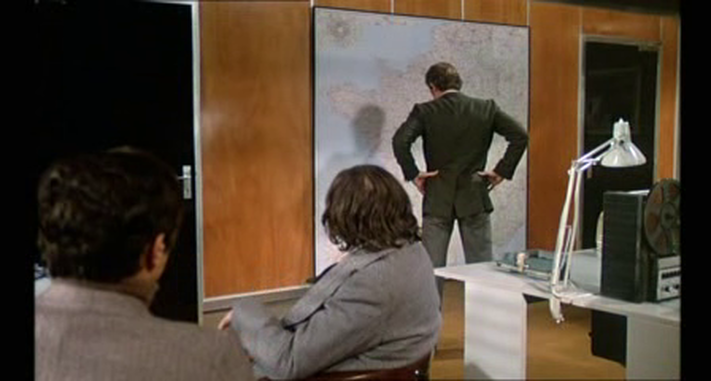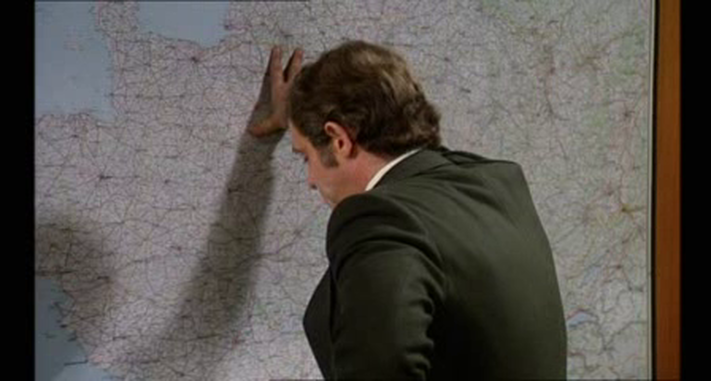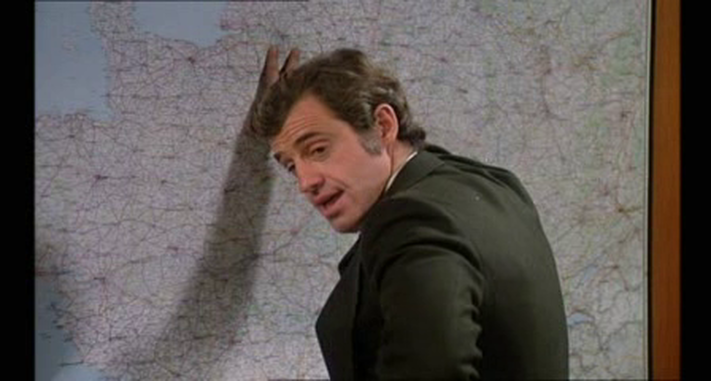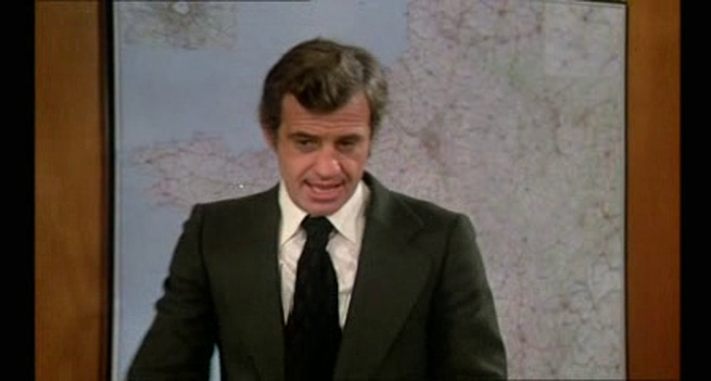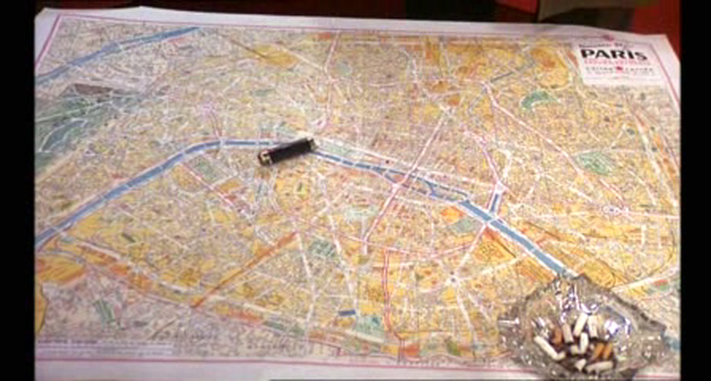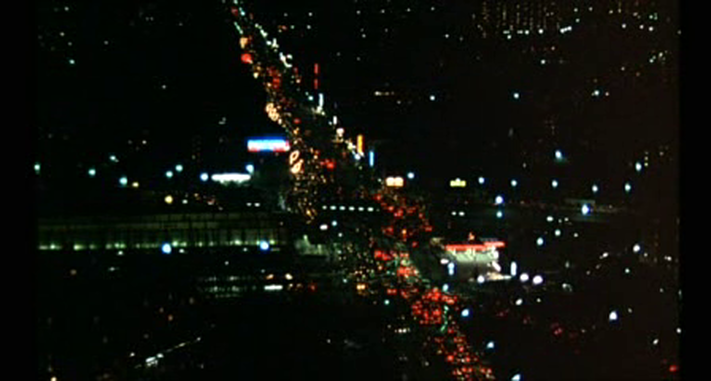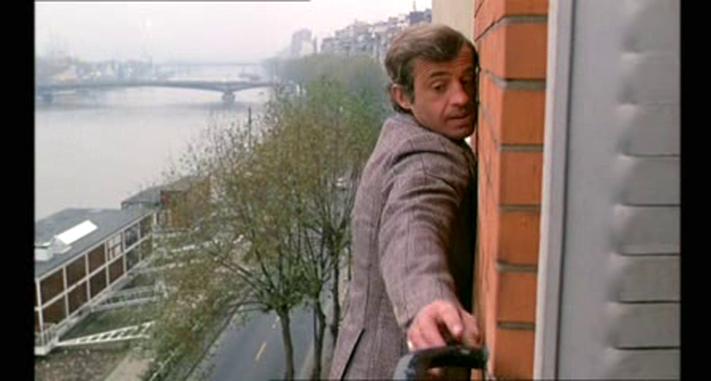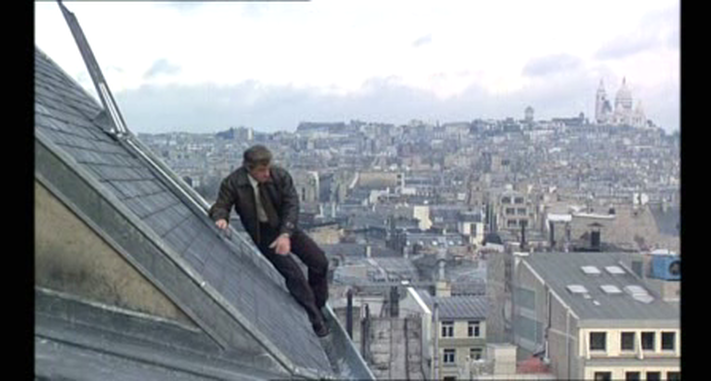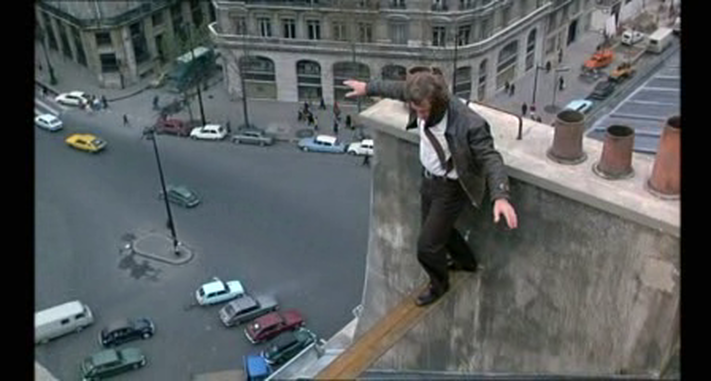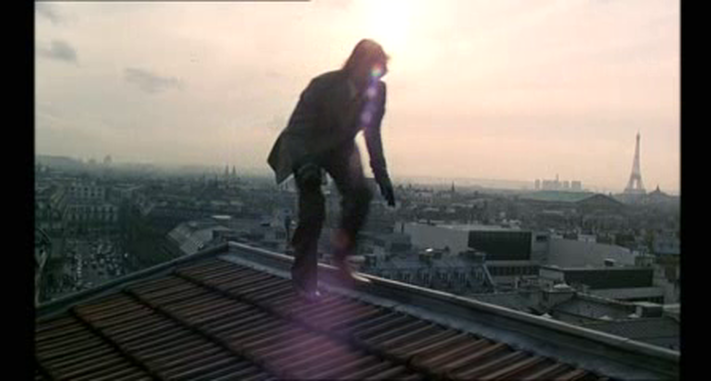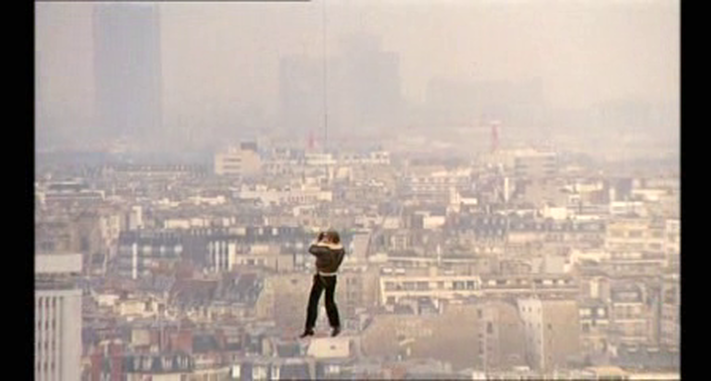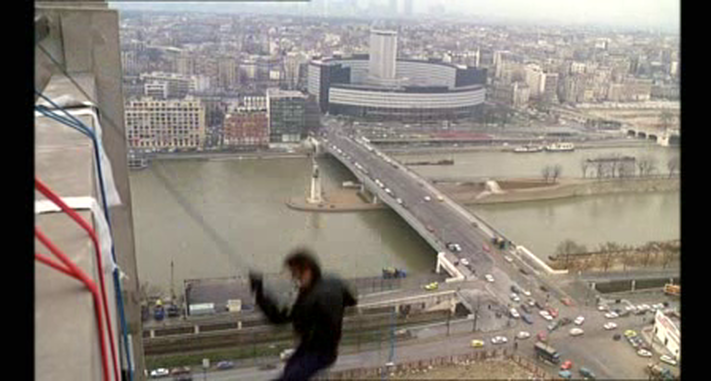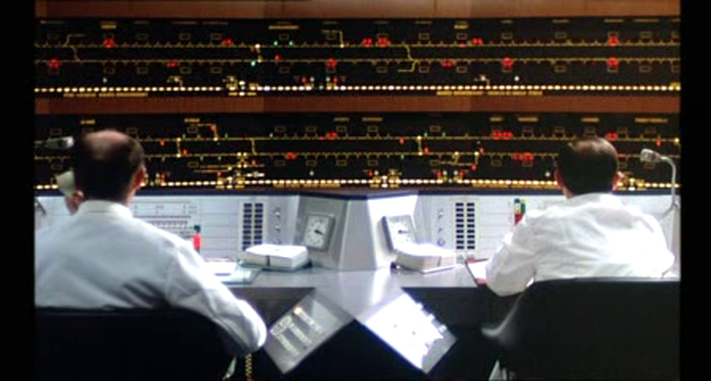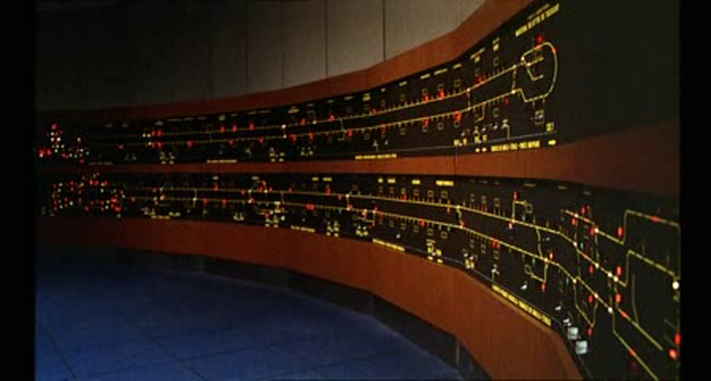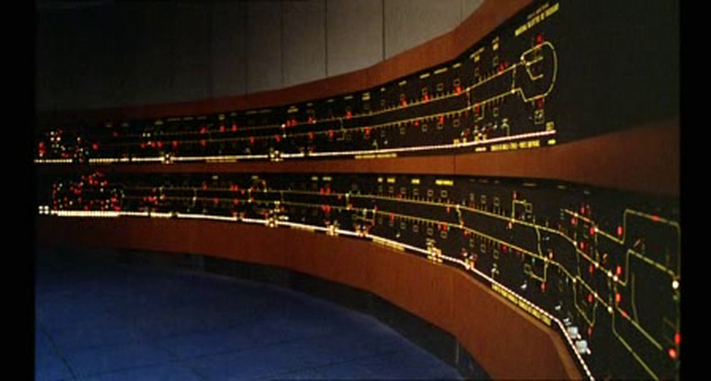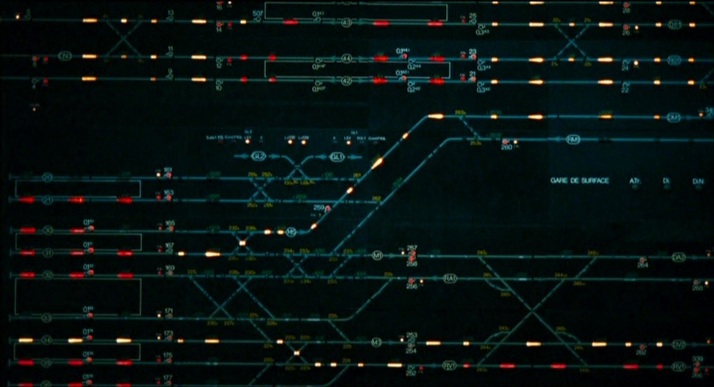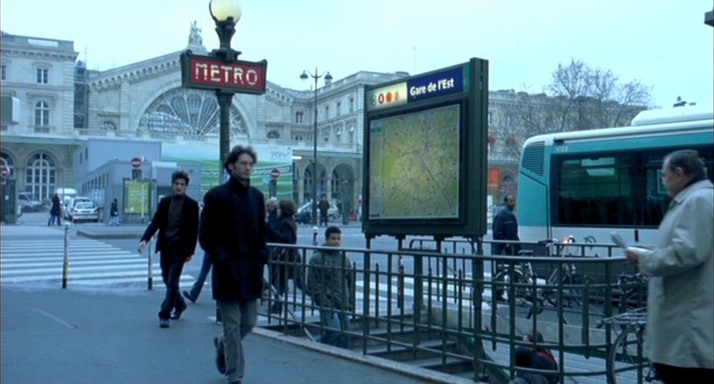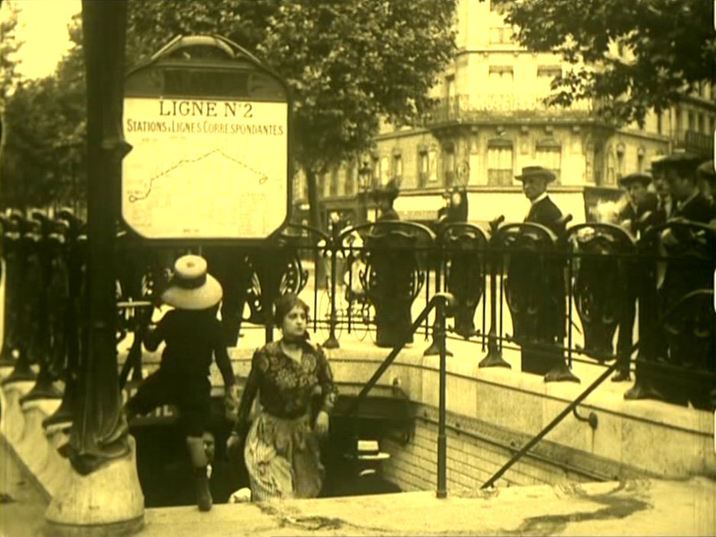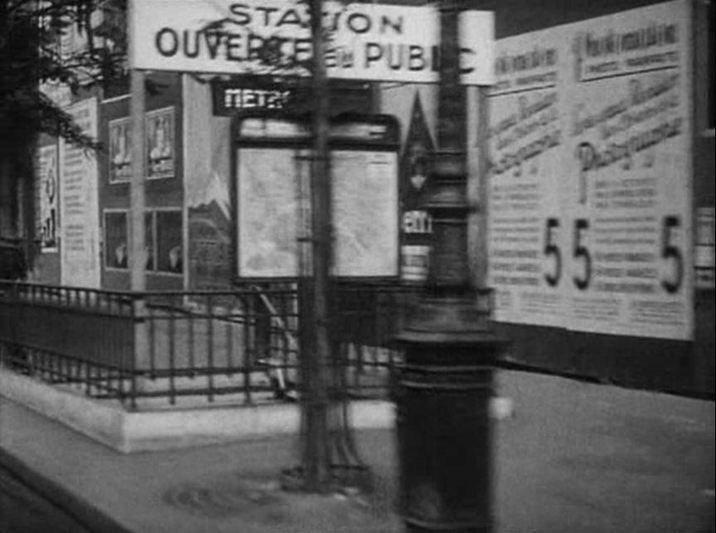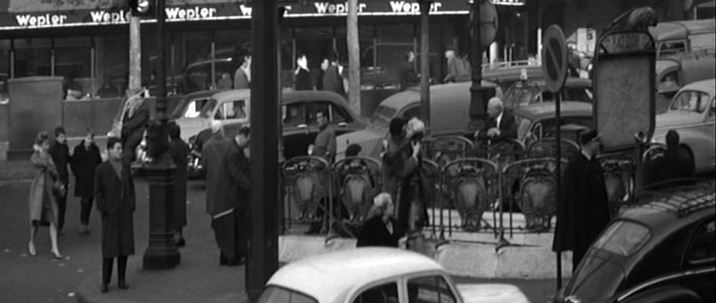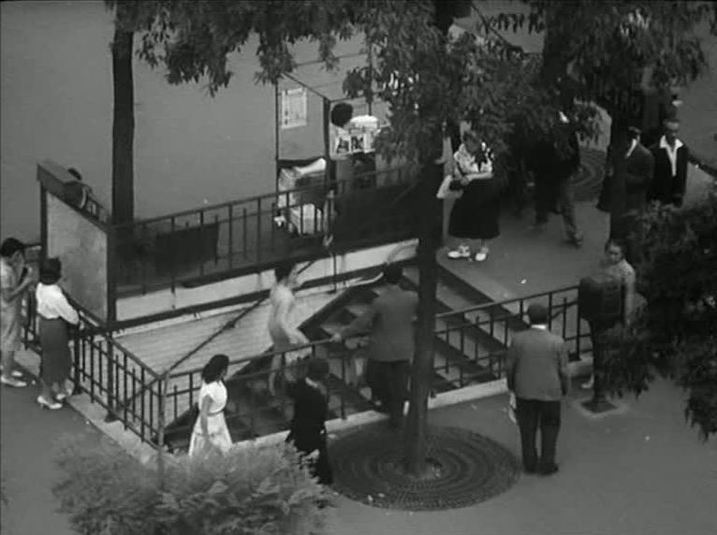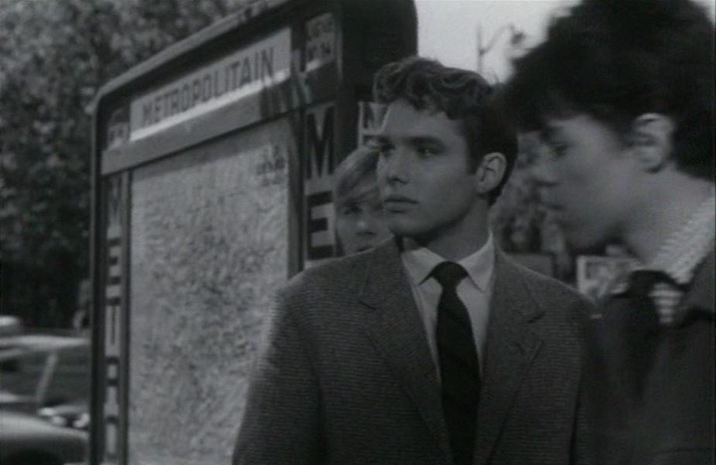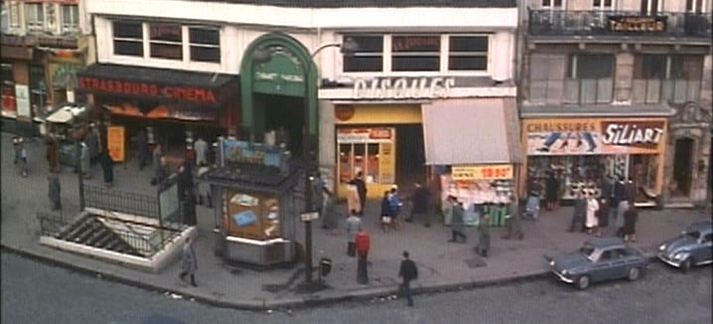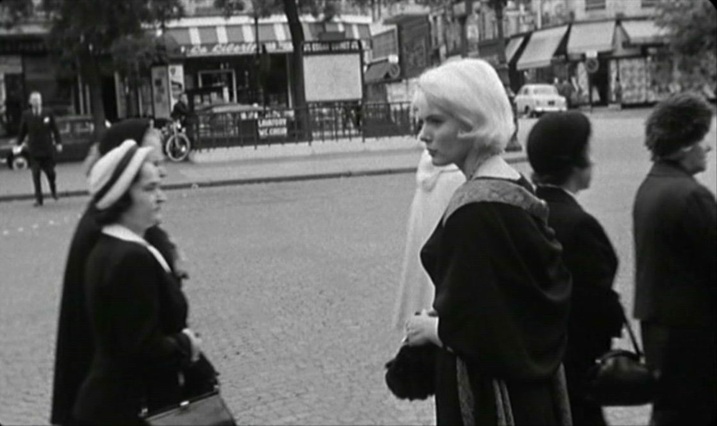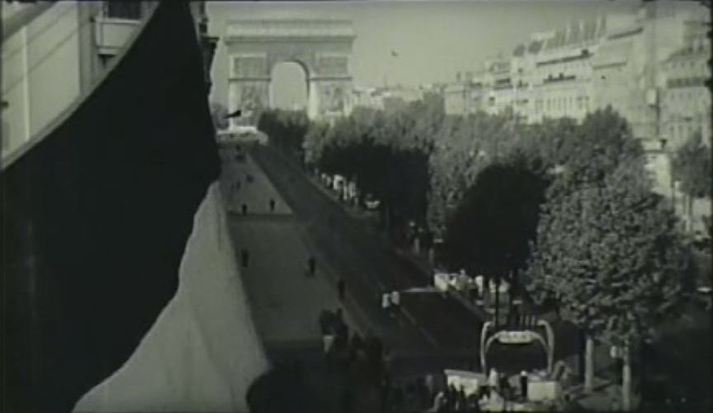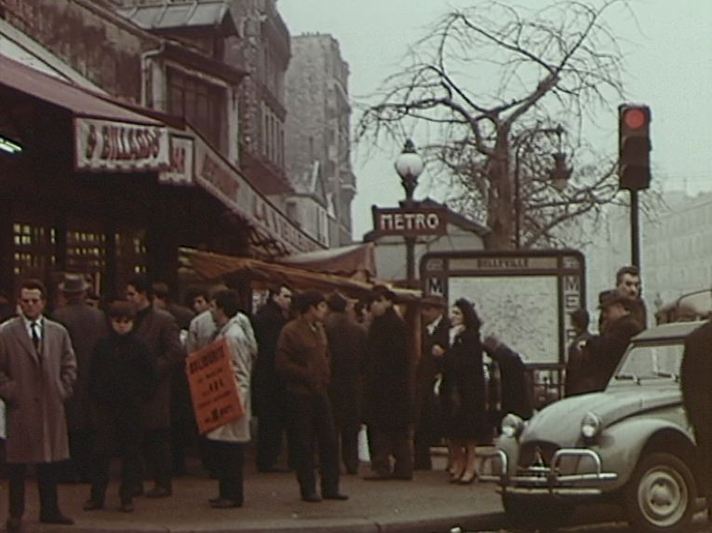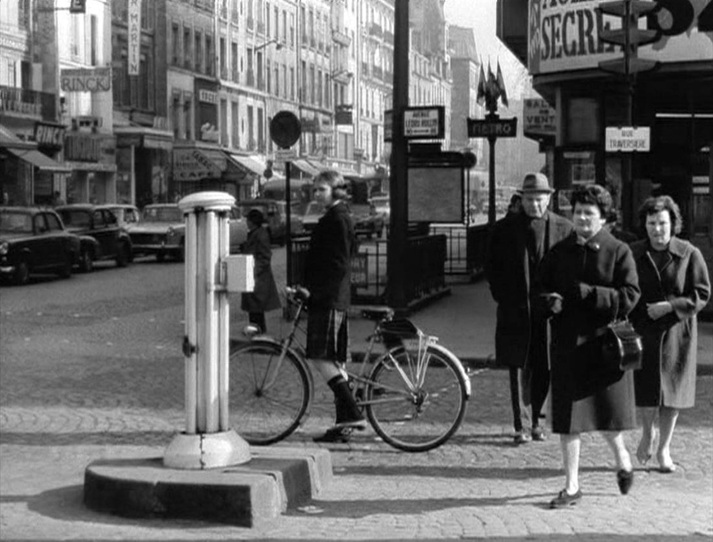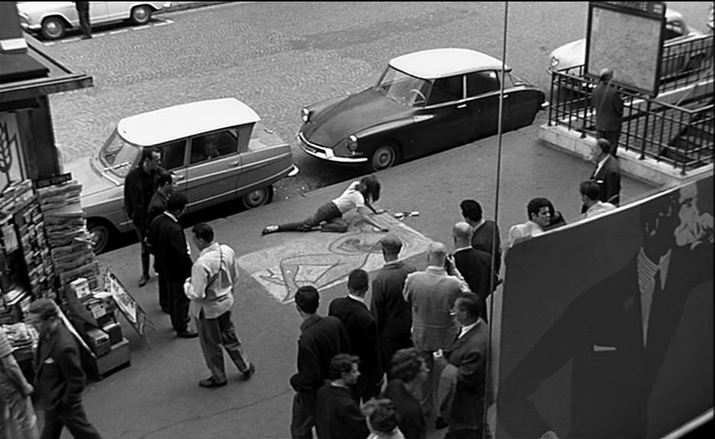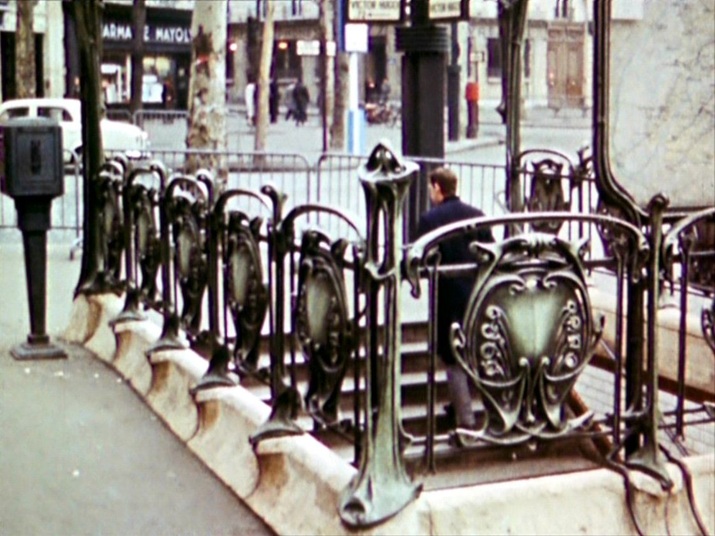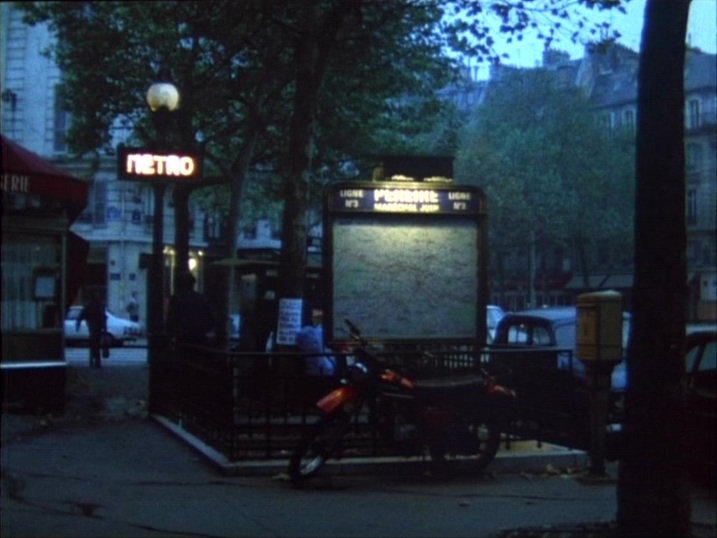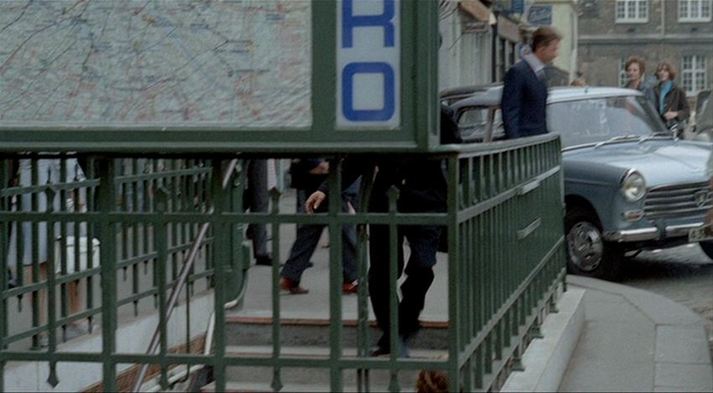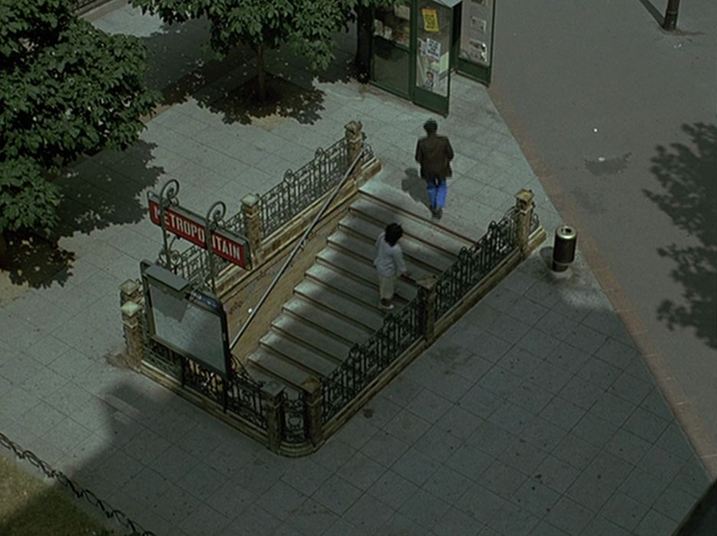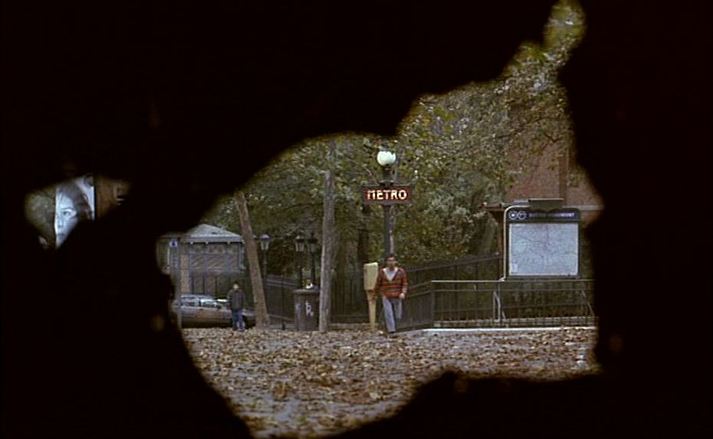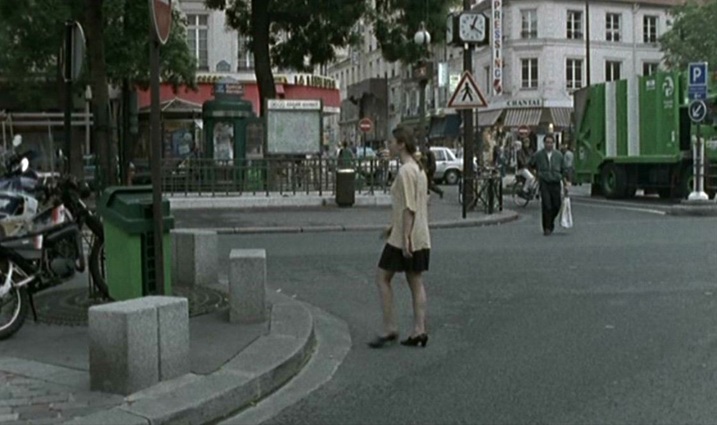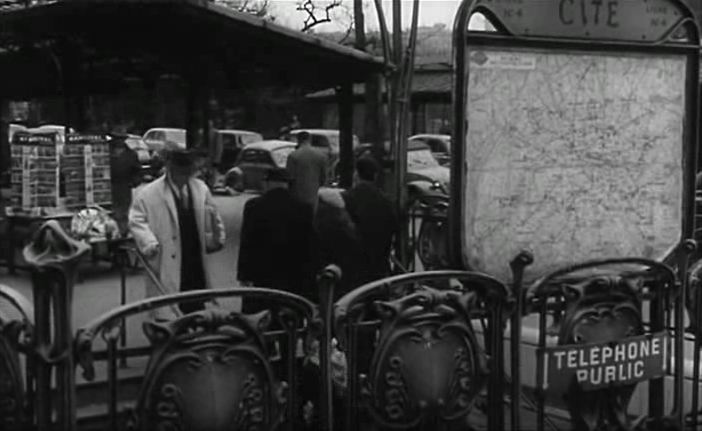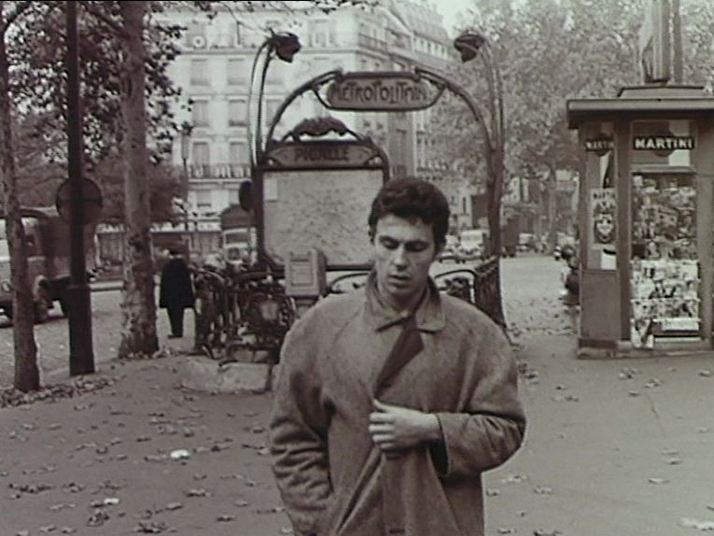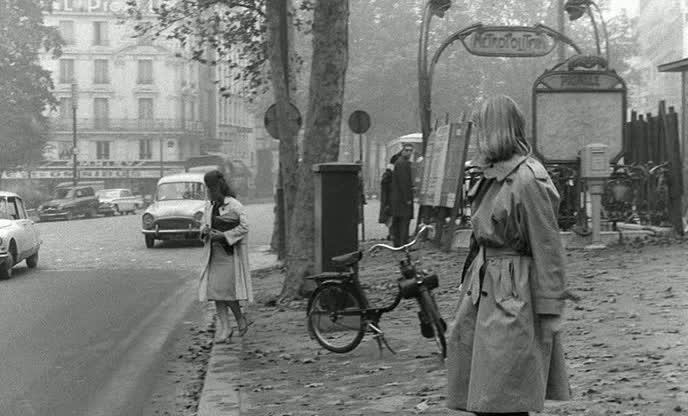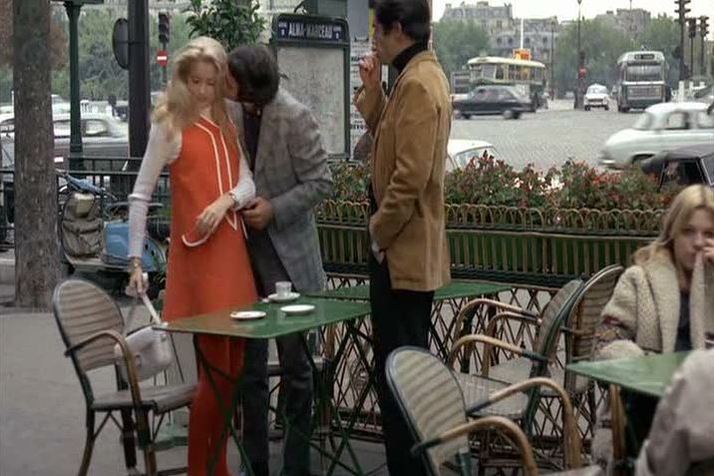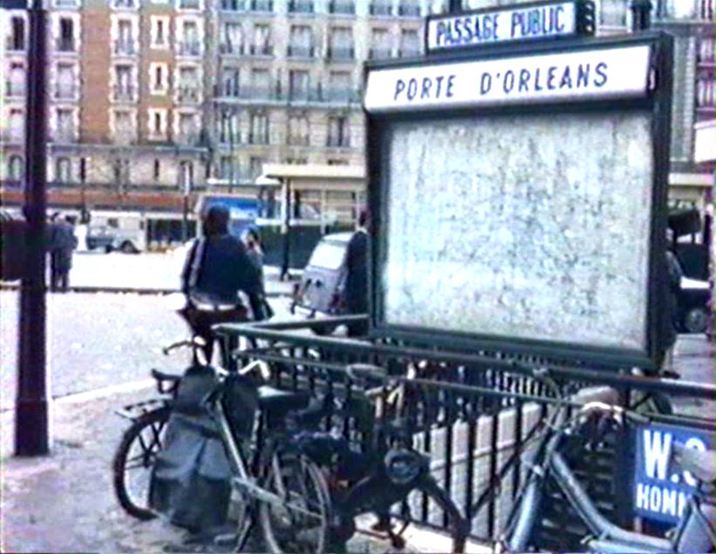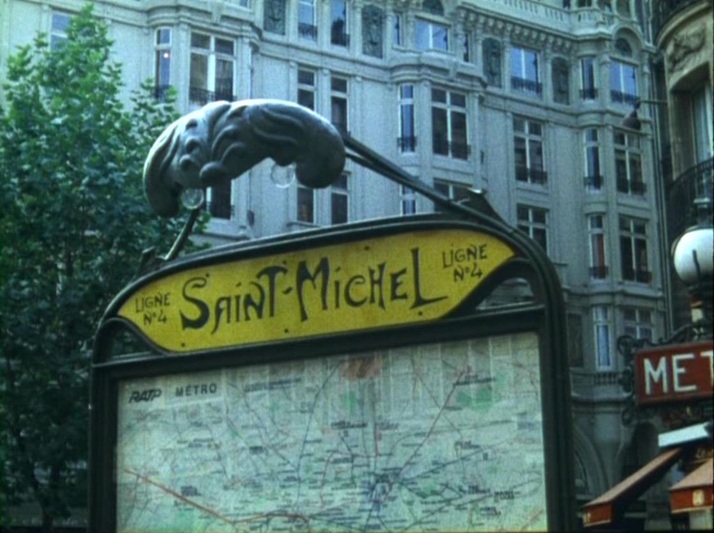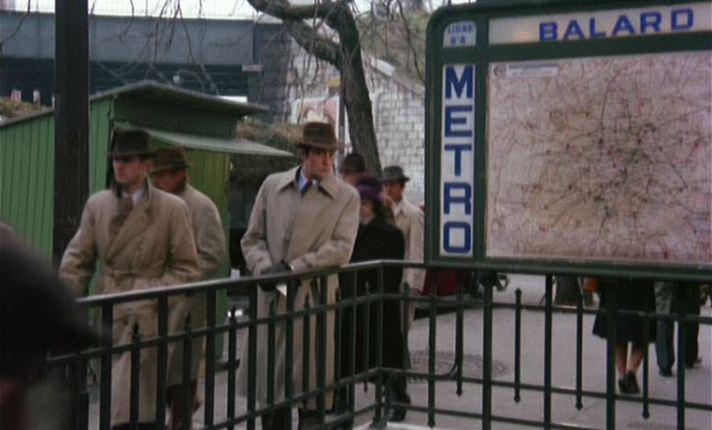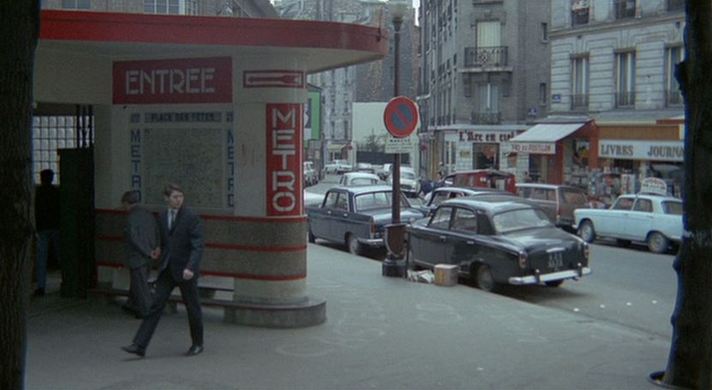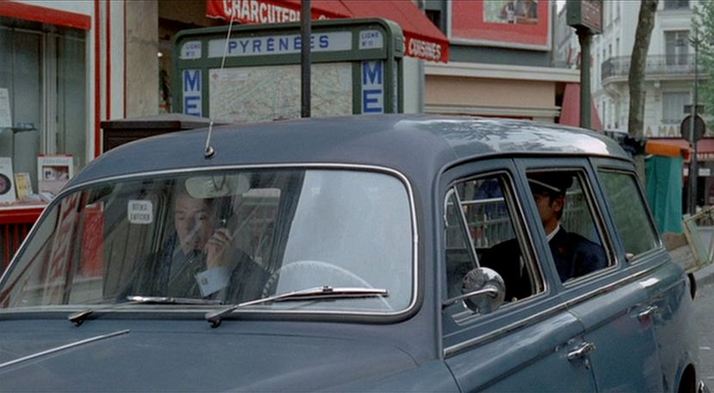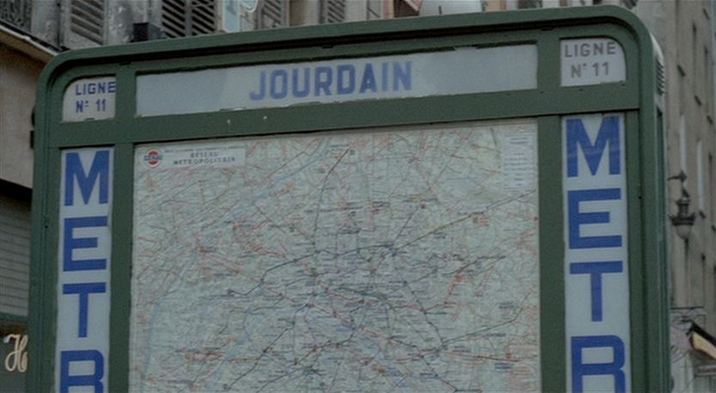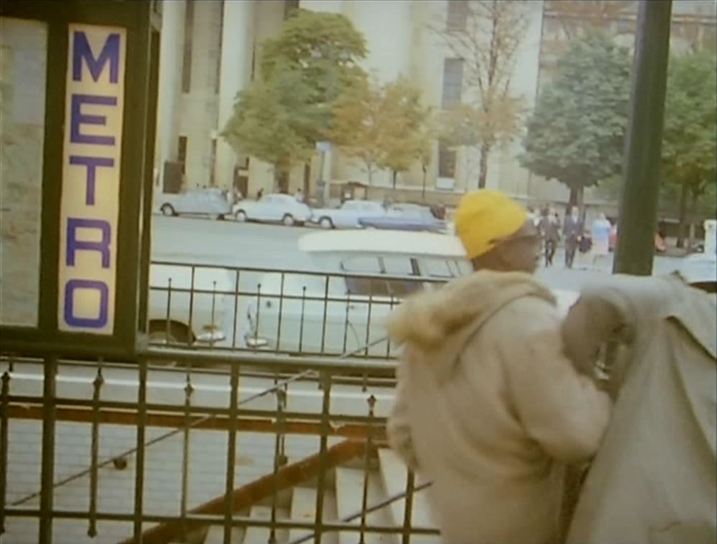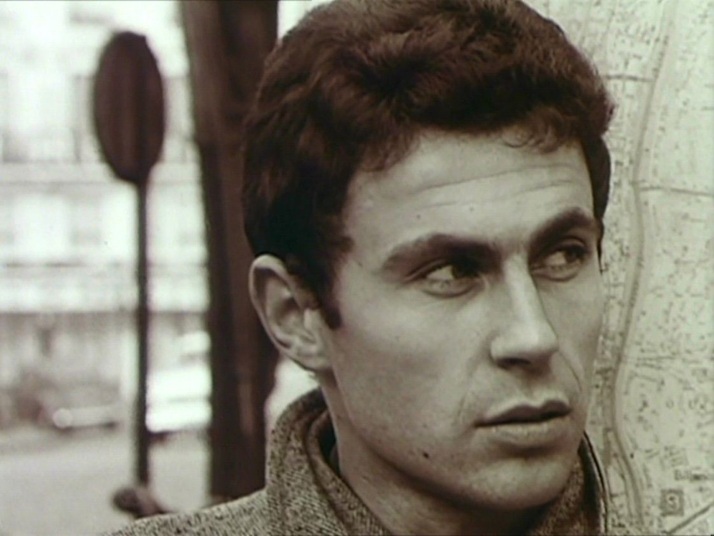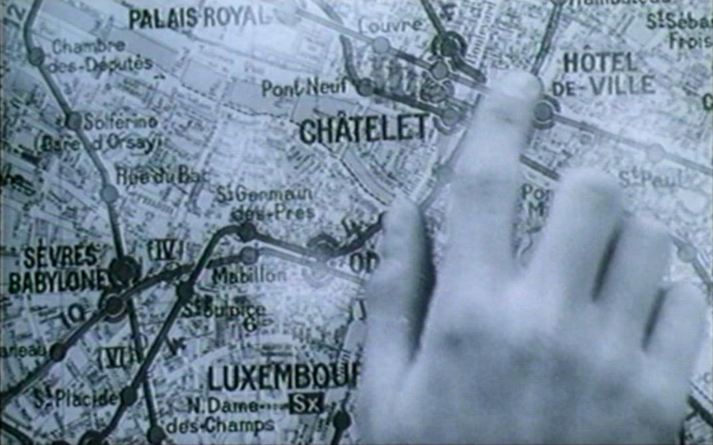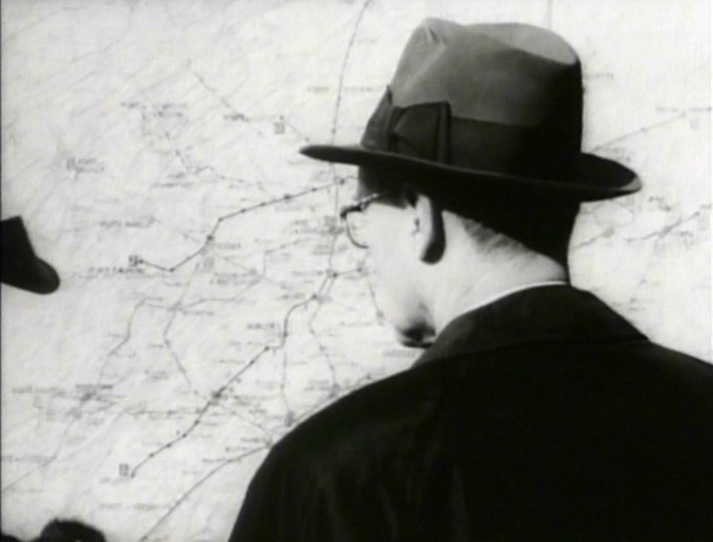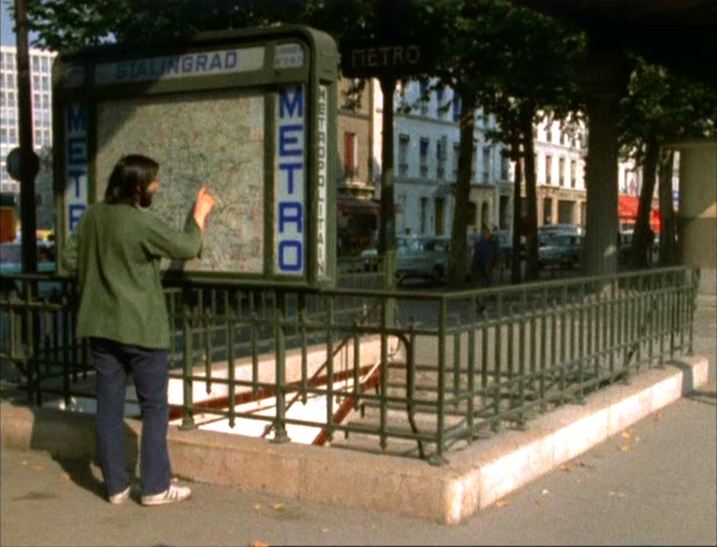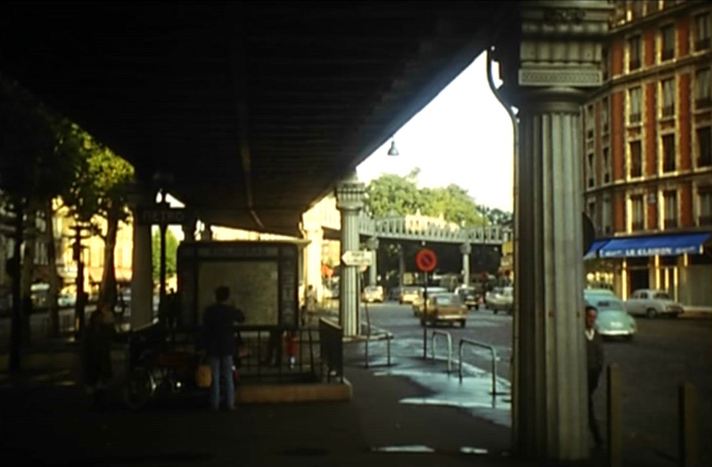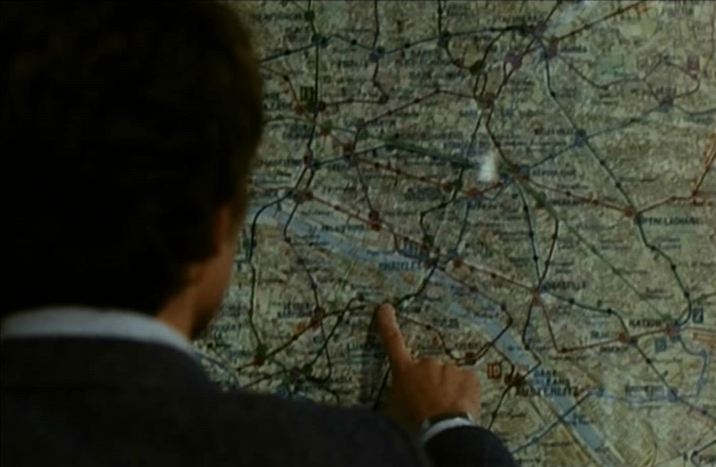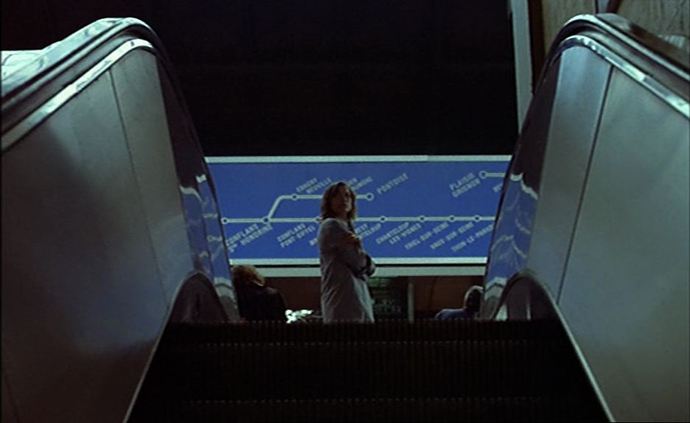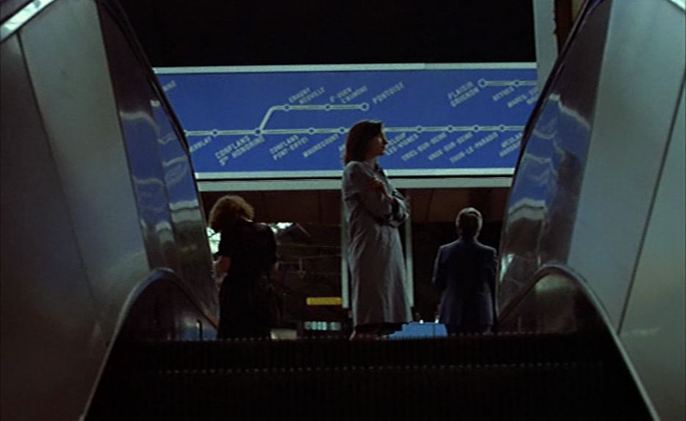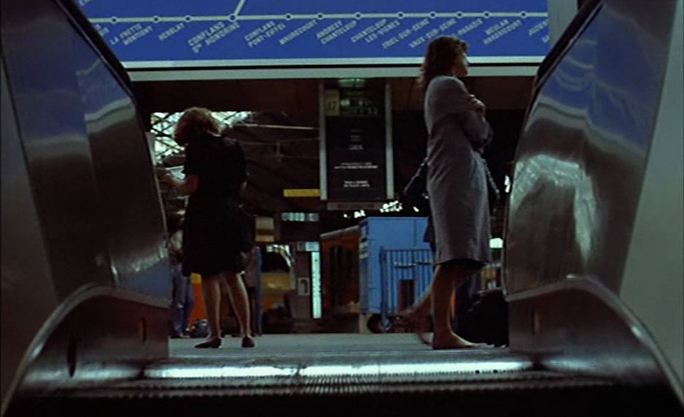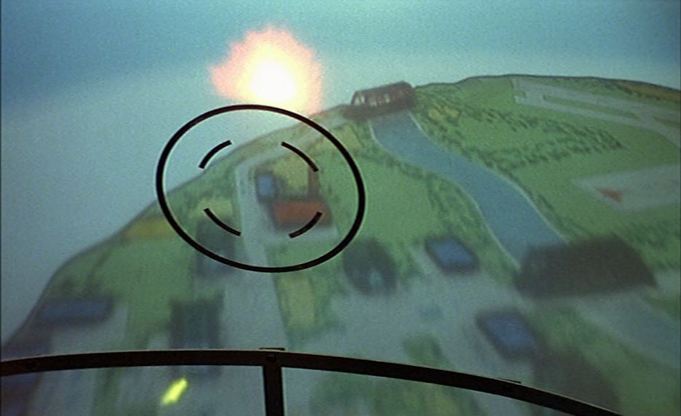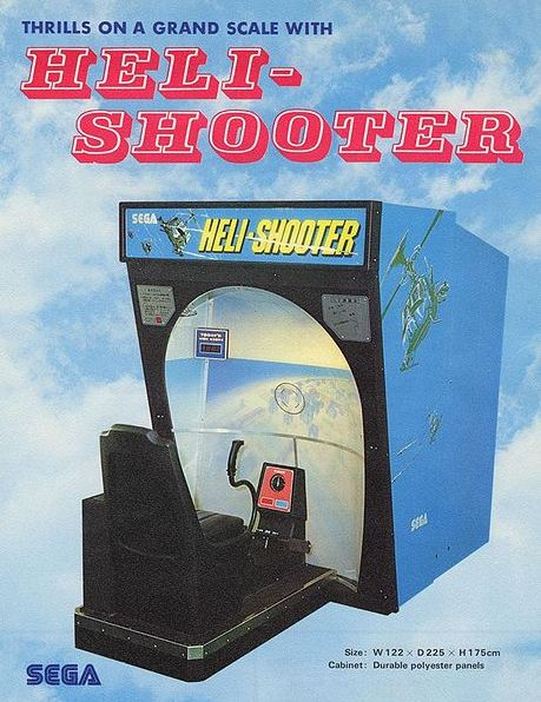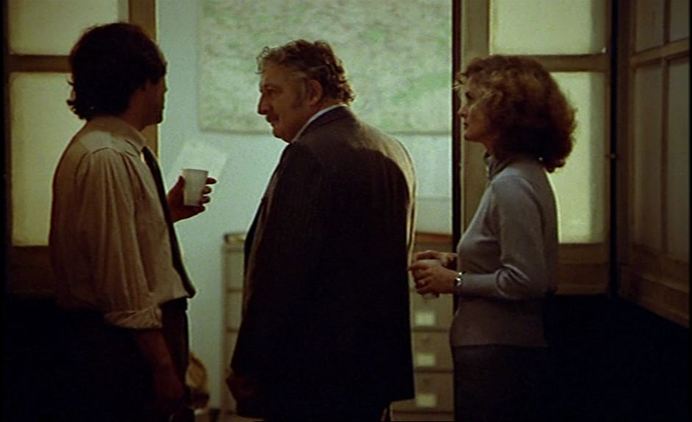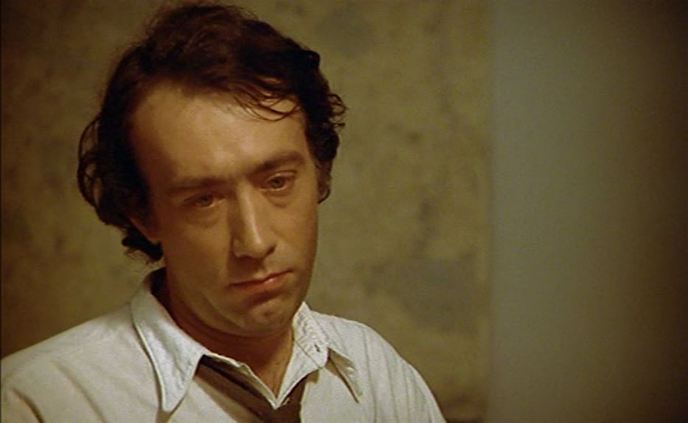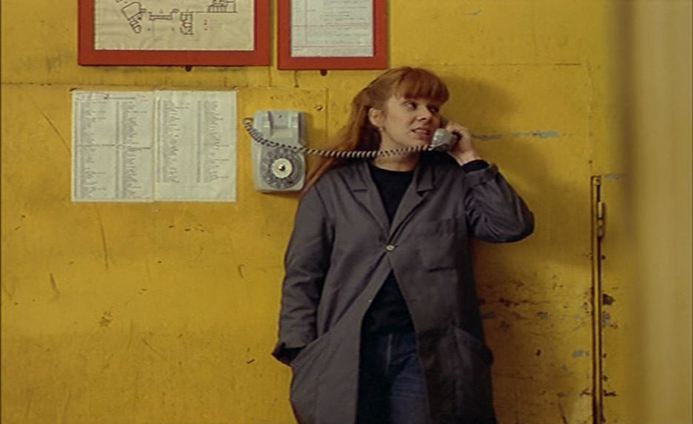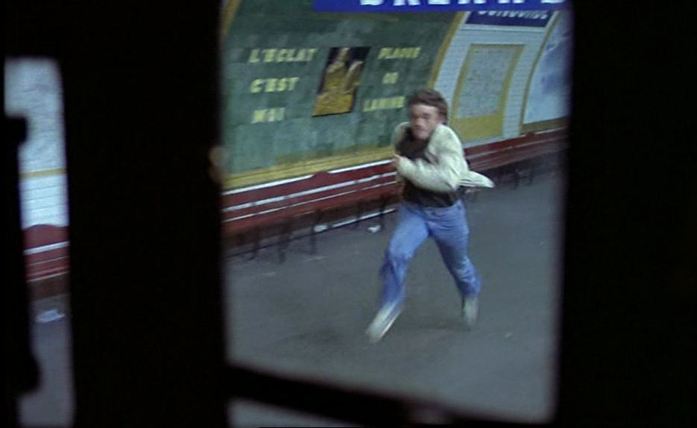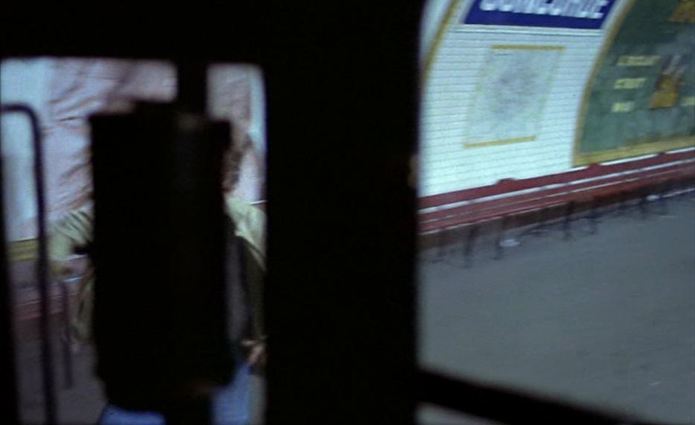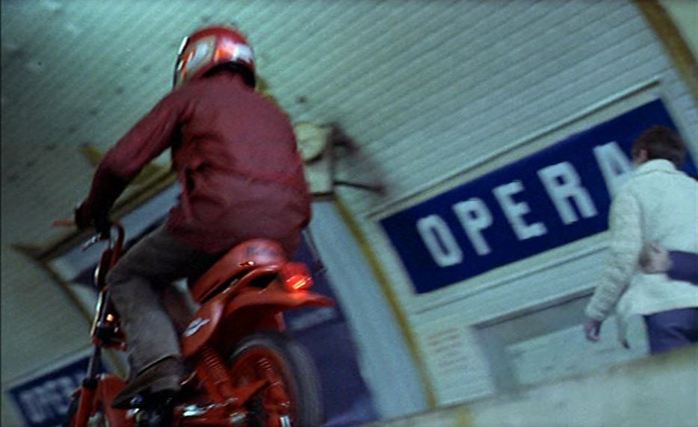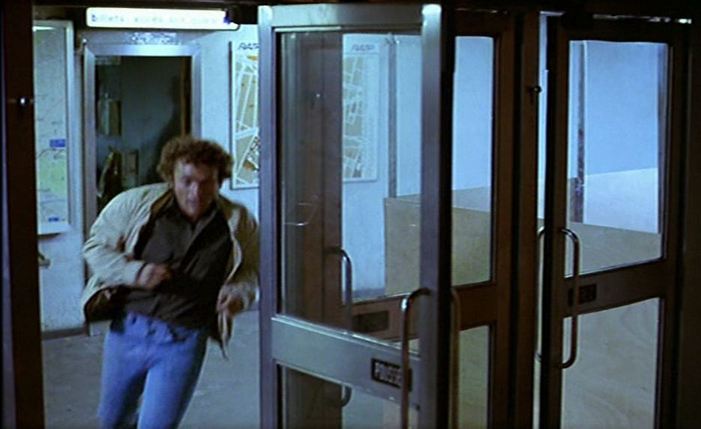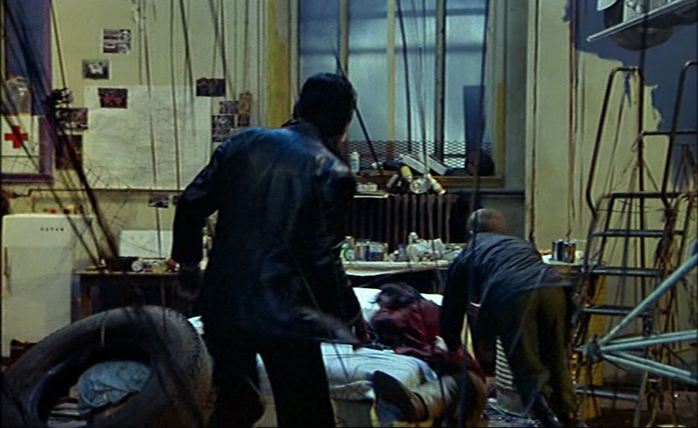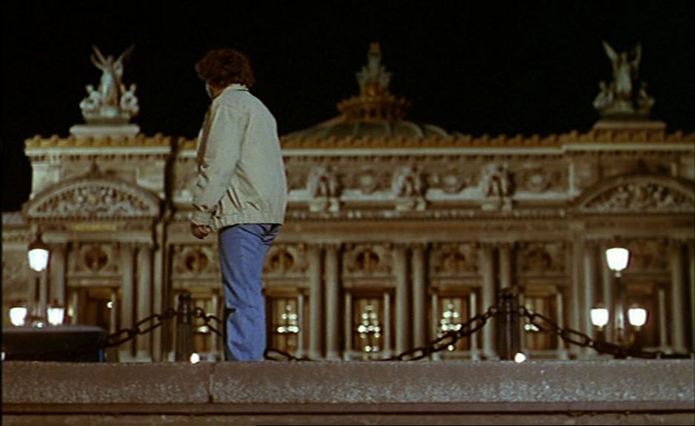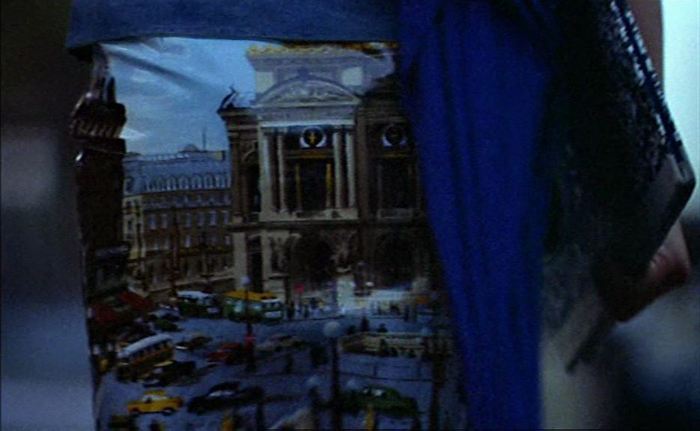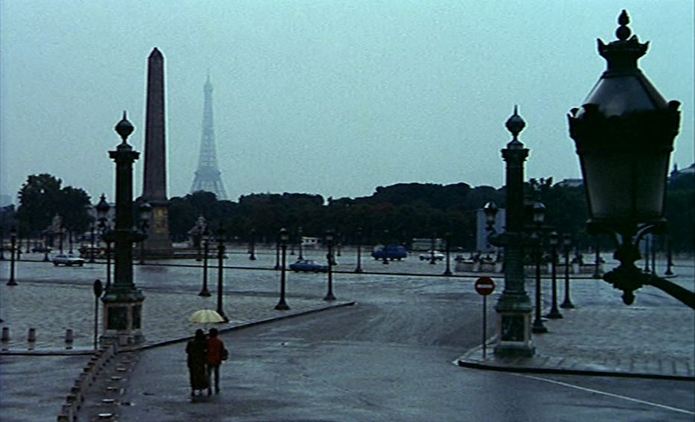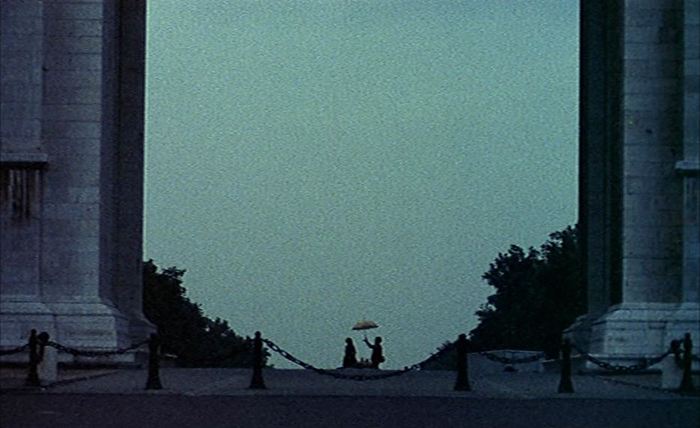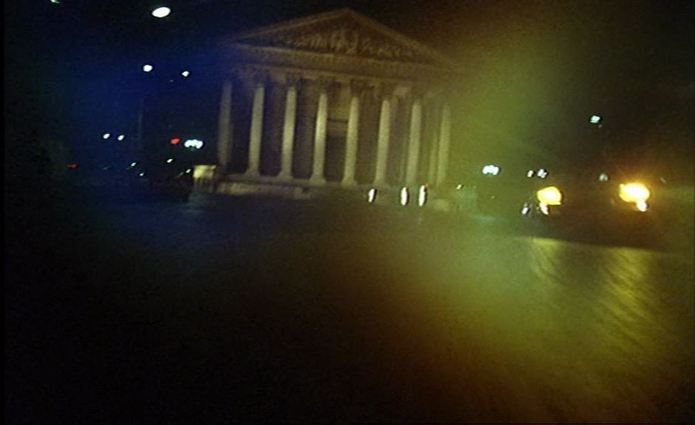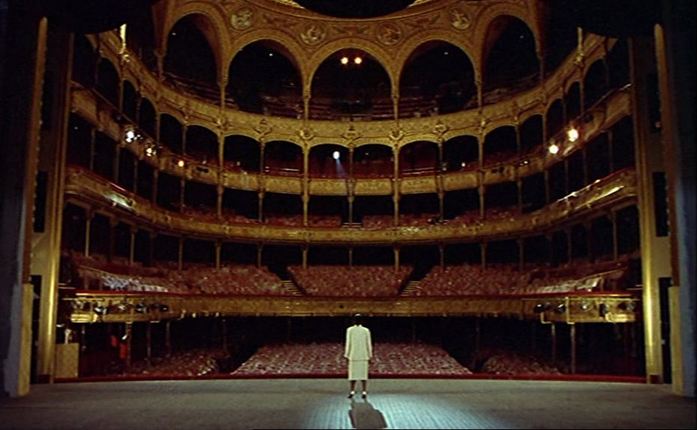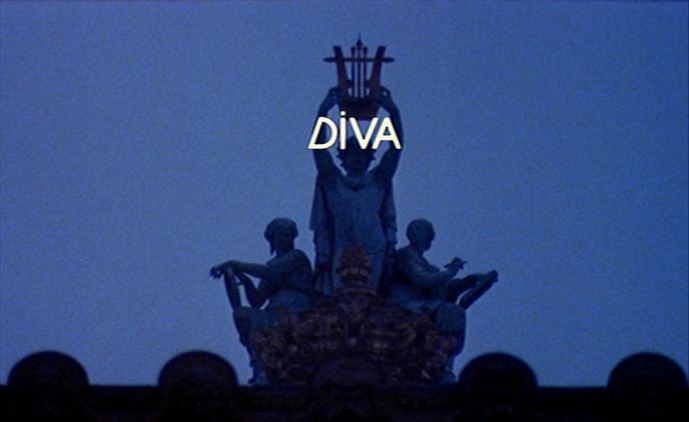|
The principal map is of course the map of Paris onto which is drawn a version of the jeu de l'oie. This map has its reverse image in the map of the greater Paris region printed on the reverse, onto which the jeu de l'oie is also, necessarily, imposed: The principal map has as complement a non-map emulating the layout of the jeu del'oie: Of the other maps in the film, only one seems to signify - the same large map of the Paris métro, positioned incongruously in two different places: Four other maps are glimpsed in passing: For details on the places in this film, see here.
A film of Laurent Pelly's production of Offenbach’s operetta, for the Lyon Opéra.
‘The overture plays over an illuminated map of the Métro, the backdrop in Acts II and III is a Paris street map, and the Brazilian millionaire's bal masqué takes place in a brasserie chicly stuffed with street furniture and a bus.’ - BBC Music Magazine, February 2009. To find someone seen at a porte de Paris, the members of the group divide up Paris and each make enquiries with a photograph at a different crossing point into the city. At the edges of the city there are also maps:
There are two métro maps in the film, one in a studio set, the other in the real streets of Paris.
The other maps in the film are all in the set representing police headquarters, quai des Orfèvres: This pre-credit sequence shifts to street signage to identify more precisely the district of Paris around which the film is centred. The dissolve from street view to map signals that a sense of topography may be useful in reading the film, or at least suggests two that there are levels of reading. The human figure who passes in front of the map, and who will be followed by the film until he is shot dead, introduces another level of reading (for the story). This opening is matched towards the end of the film when the gangland boss who had ordered the killing of the man above is himself on the run, first in the métro and that at the surface, emerging in the same place as his victim, earlier: Between these sights of modern métro station signage we glimpse a vestige from an older world, in a more salubrious district: (For other maps at métro entrances, see here.) The other map in the film is where we would expect to find it, at the police station, but it takes some time to appear. We see much of the detail of what the police inspectors have put up on the walls of their office (posters for Star Wars and The Enforcer, photos of the Rolling Stones and ads for a rock radio station, objects associated with the Corsican football team Bastia, a pair of underpants framed with a medal...), none of which is connected to the practicalities of their work, as a map might be: Eventually we see a map of Paris in a corner of the room, as background to the interrogation of suspects:
Of the film's many attractions, all I can find of pertinence to this blog are these additions to collections posted earlier (see here, here and here). Fuller coverage of things the Cine-Tourist is interested in would have signalled: Nico as star (pre-Warhol, pre-Velvets, pre-Delon, pre-Garrel); Serge Gainsbourg as composer and pianist (with a theme sung by Juliette Greco - listen here); Big Joe Turner as himself; some nice places and things (views of Paris, bridges, stairs, neon signs, cars, cameras...); and a selection of Europe's finest striptease artistes (including Poupée La Rose, Cherry Liberty, Nadia Safari and Rafa Temporel)... (You can see more of Nico here.)
We get a brief glimpse in an outer office of this splendid map of the Paris region, but the principal room at police headquarters is dominated, unusually, by a map of France rather than Paris (though it has a tiny map of the Paris region in the corner): Towards the end of the film we see a map of Paris spread out on a coffee table. This overhead view connects to the aerial views of Paris in the film's opening sequence and later in several vertiginous action scenes: The one other map in the film is in a control room of the métro system, where the train on which the hero is chasing a villain is being tracked: We see a similar control-room map in Claire Denis's 35 rhums (2008):
Maps at entrances to the métro are often just an incidental part of the street scene, like any other characteristic piece of Parisian street furniture: But they can serve more specific purposes. Since they often have displayed above them the name of the station, they enable us to identify exactly where we are in the city: These place names can be an important part of a narrative development, as in Le Samourai, where the protagonist's location underground is exactly traced on a map at police headquarters (see here and here), while the location of policemen waiting for him above ground is just as precisely identified for us: Unlike, for example, the London Underground map, on which the only overground feature is the river, this Paris map combines both levels on the one surface. For Le Samourai this corresponds to an idealised levelling, in contrast with the city's layered complexity (where, for example, the underground figures the criminal underworld). Dichotomies of under- and over-ground are common in Paris cinema, and the métro entrance map, when associated with a stairway, can serve as a simple figure of that multi-layered reality. This is true of the Fantômas image (near the top of this post) and also here, where visitors to Paris in Petit à petit embark on a fantasy-ascent through Paris, from underground to funicular and cable car (ending up in another world entirely): Among other functions served by these maps is the occasion to show a protagonist attempting to orient themselves in the city, allowing the cine-tourist in the audience a comfortable space of identification, the reassurance that he is not alone in trying to work out where he is in the film: Several of these images also appear in The Stairs: Paris, a slideshow.
(an occasional feature in which I post all of the maps visible in a particular film) Diva is en eminently mappable film, with its spread of locations across Paris and its recurrent journeys through the city (by métro, moped, car and on foot), but it is not a film interested in displaying maps of its territory. And that despite there being visible in this film a total of eleven different maps, if we include two limit cases: the linear diagram of a train line and the schematic terrain of an arcade game. The first of these, at the Gare Saint Lazare, features in a compositional contrast of horizontal and vertical, as the camera moves up an escalator towards the map stretching across the top of the screen, revealing more of the map as it advances: The other limit case is from the 1977 Sega game 'Heli-Shooter': 'enemy territory is visible below with airports, harbors and structures dotting the landscape' (as described in Sega's publicity material): Between these extremes the maps in the film are more conventional. Two (or perhaps the same map twice) are part of the establishing decor in a police station (for examples from other French police stations see here): Another type of map in the film is the plan of a building, shown here as establishing decor. This type is often displayed in films where a building's specific layout is foregrounded, as in heist films (see here for a different application of this type): Five of the maps in Diva are directly associated with the film's famous use of the métro as location. Three are seen on the platform in passing as a policeman chases the protagonist onto and off a train: These are maps of the métro and of the wider Parisian transport network (including overground trains and buses). Two maps are visible in the same shot in the métro station's ticket hall, one being the distinctive journey-planner map with electric lights indicating routes (see here and here for better views from other films), and the other is the map of the local area above ground: None of these maps is foregrounded, and it would be difficult to thematise from this recurring motif other than to highlight the film's visualisation of Paris as a succession of spectacular views, rather than as a topographical construct (compare with Rivette's Le Pont du nord, from the same year). The last map in Diva, symptomatically, is perhaps not a map at all. I am guessing that the rectangular thing pinned to the wall in this apartment is a map, but visually it is just a blank, an unreadable gap in a space otherwise loaded with readable signs: (See here for the two 'blowup' moments in Diva. See below for Paris as a succession of spectacular views) |
|
